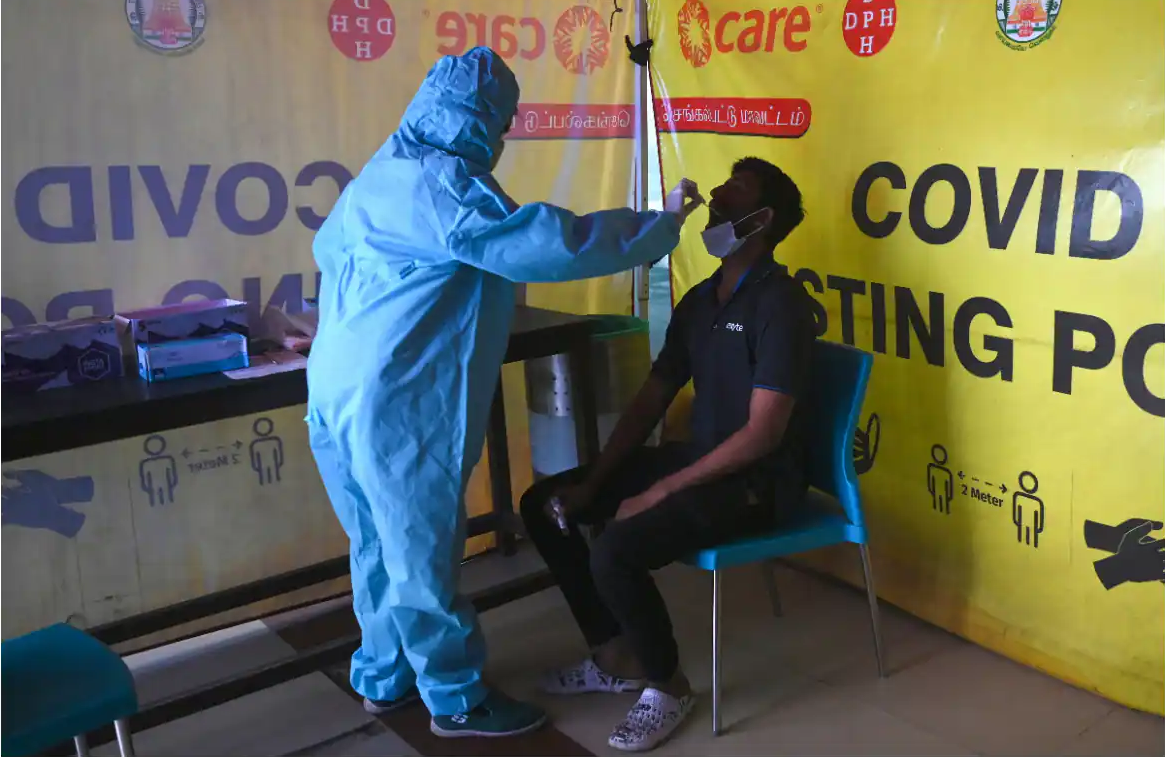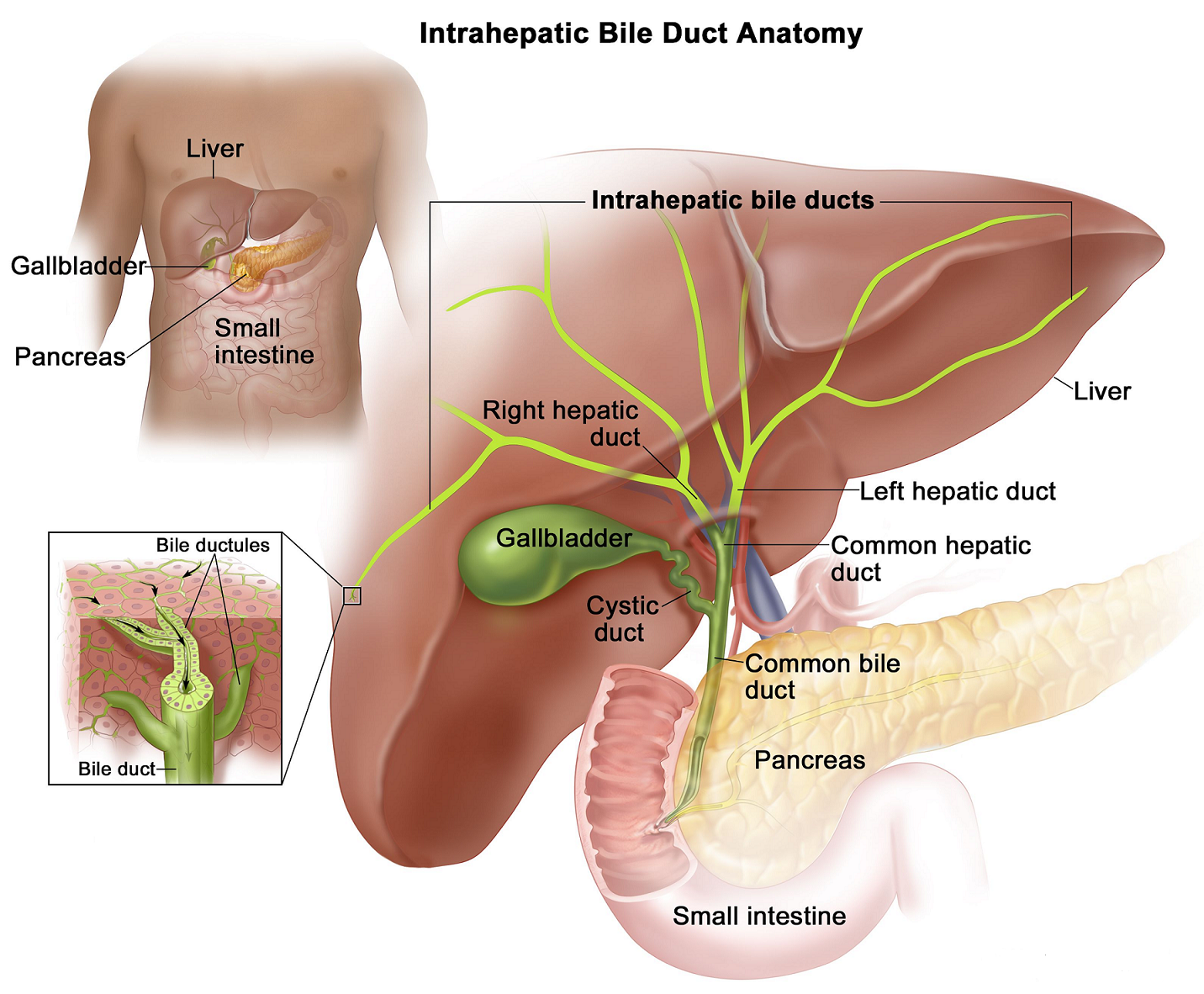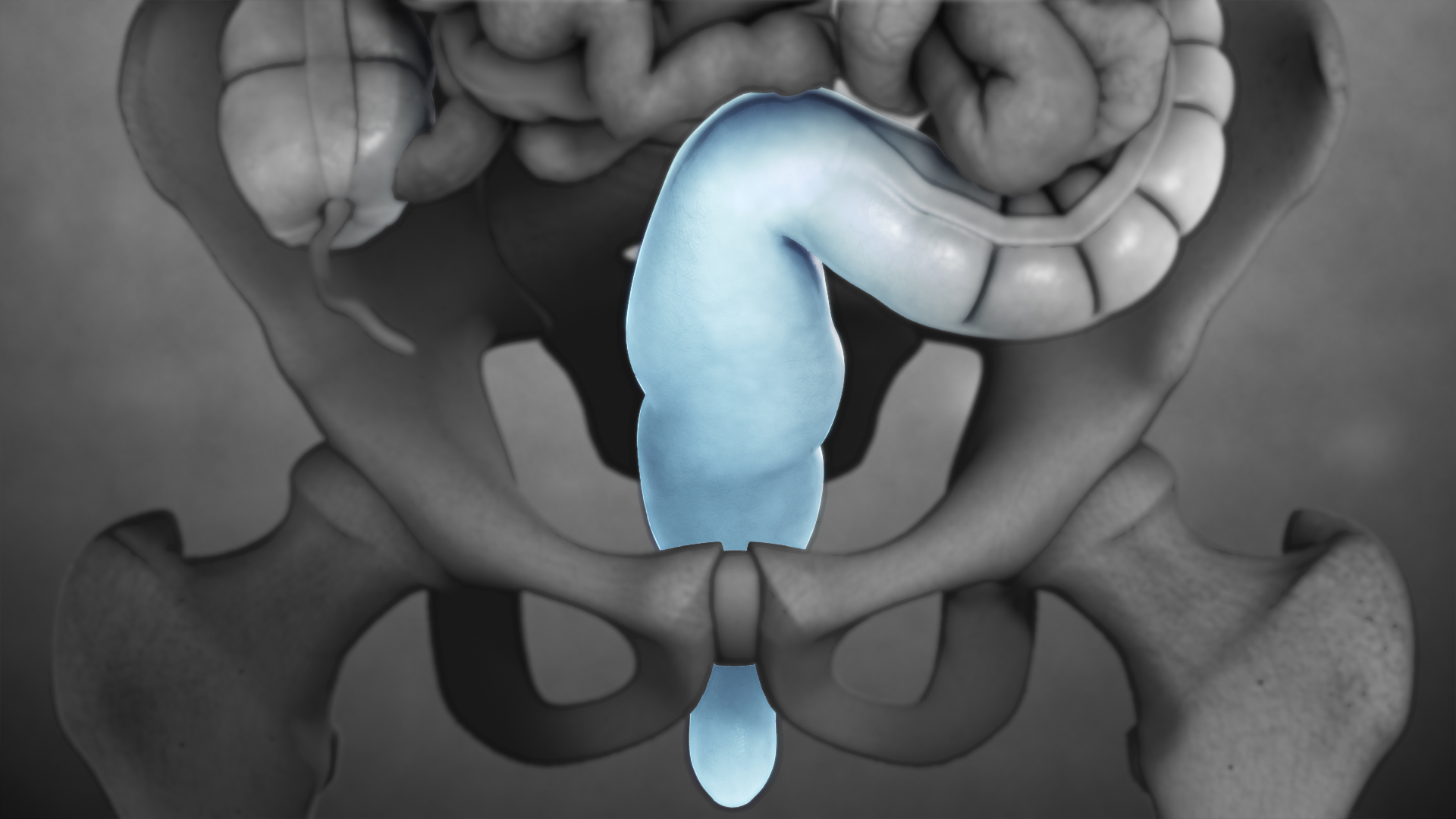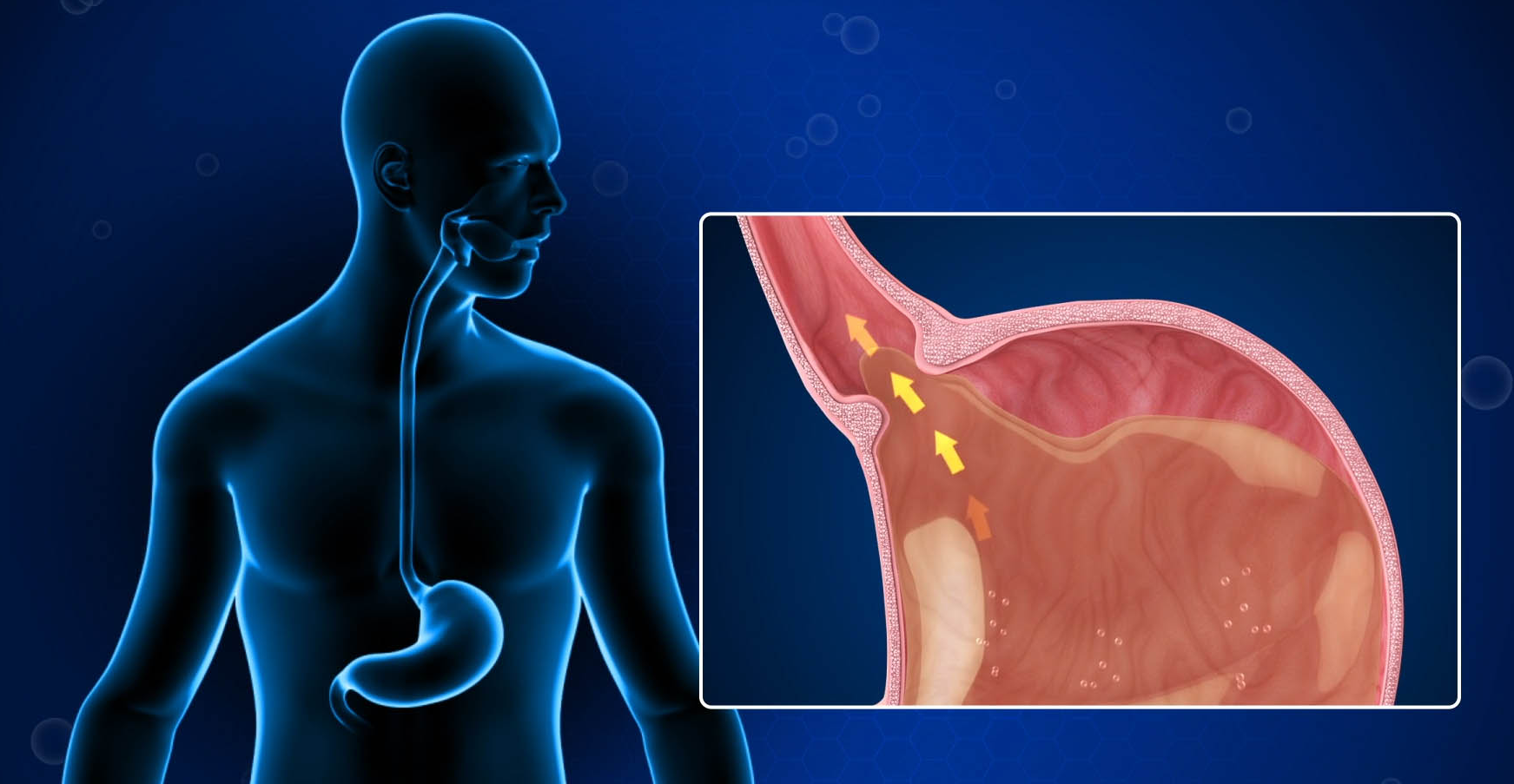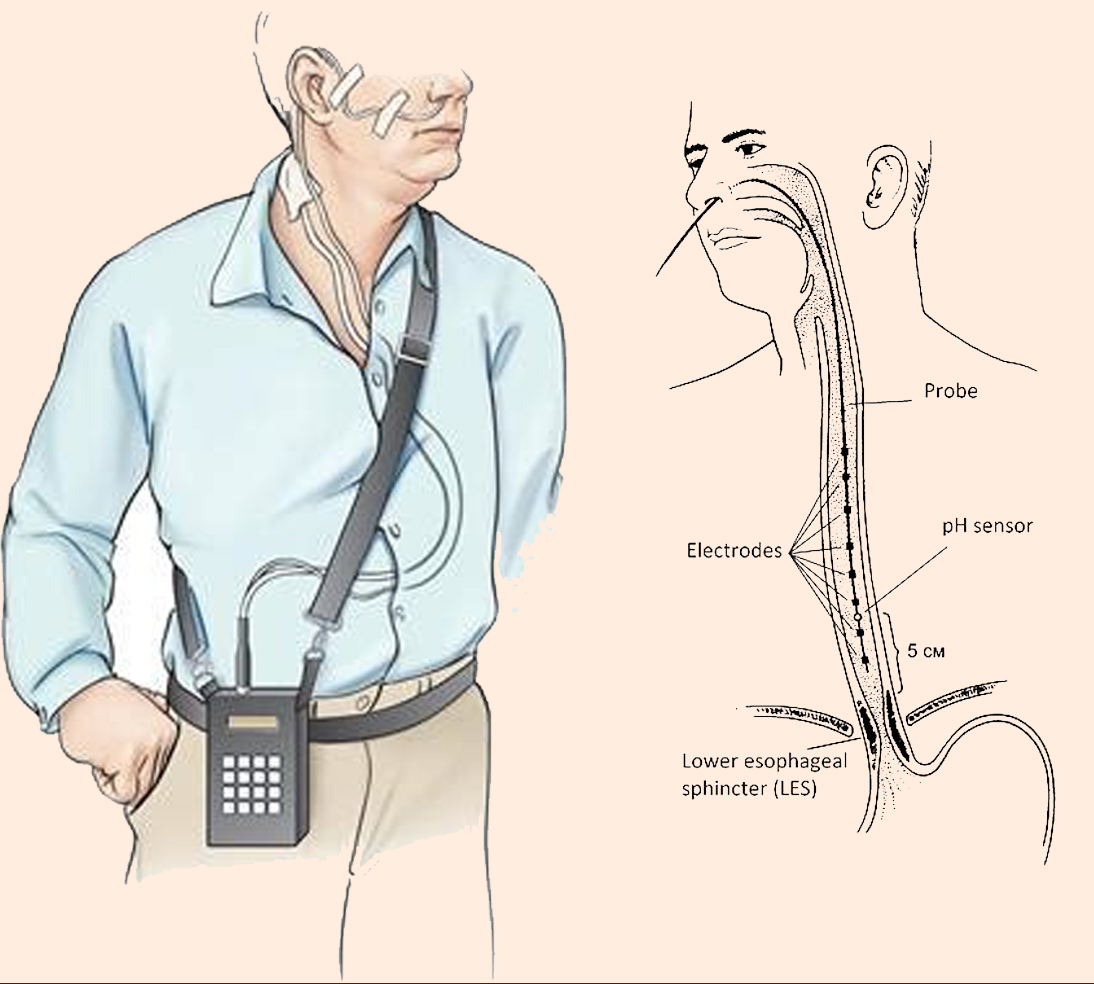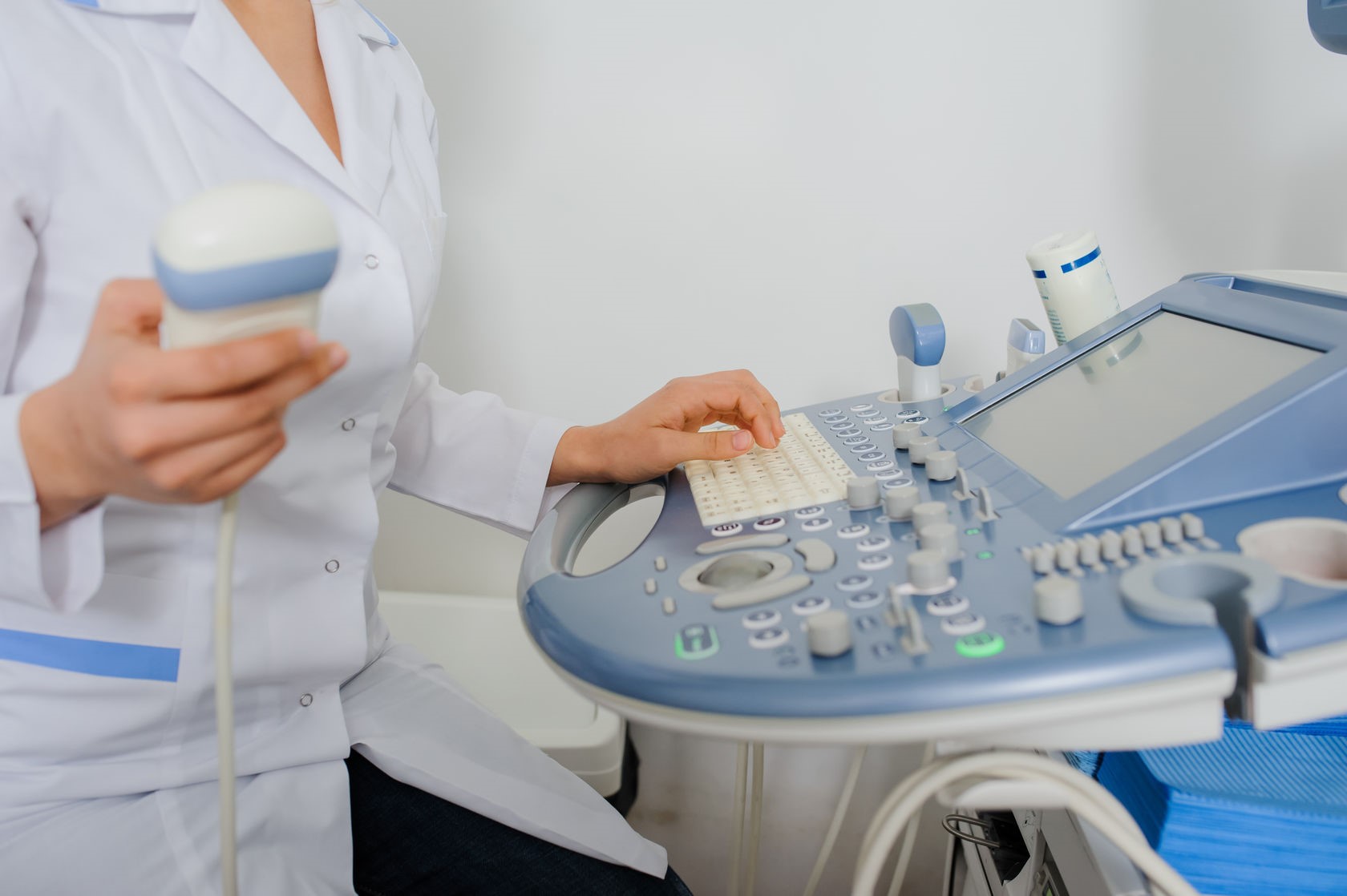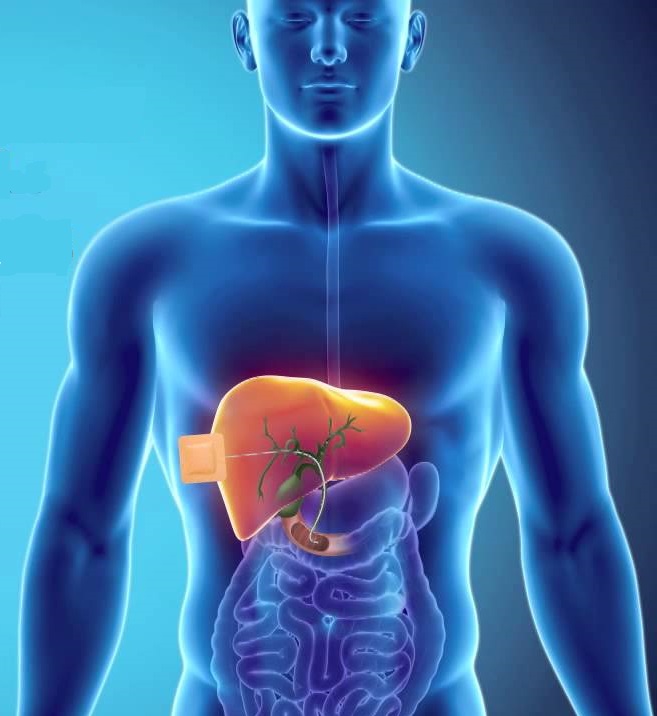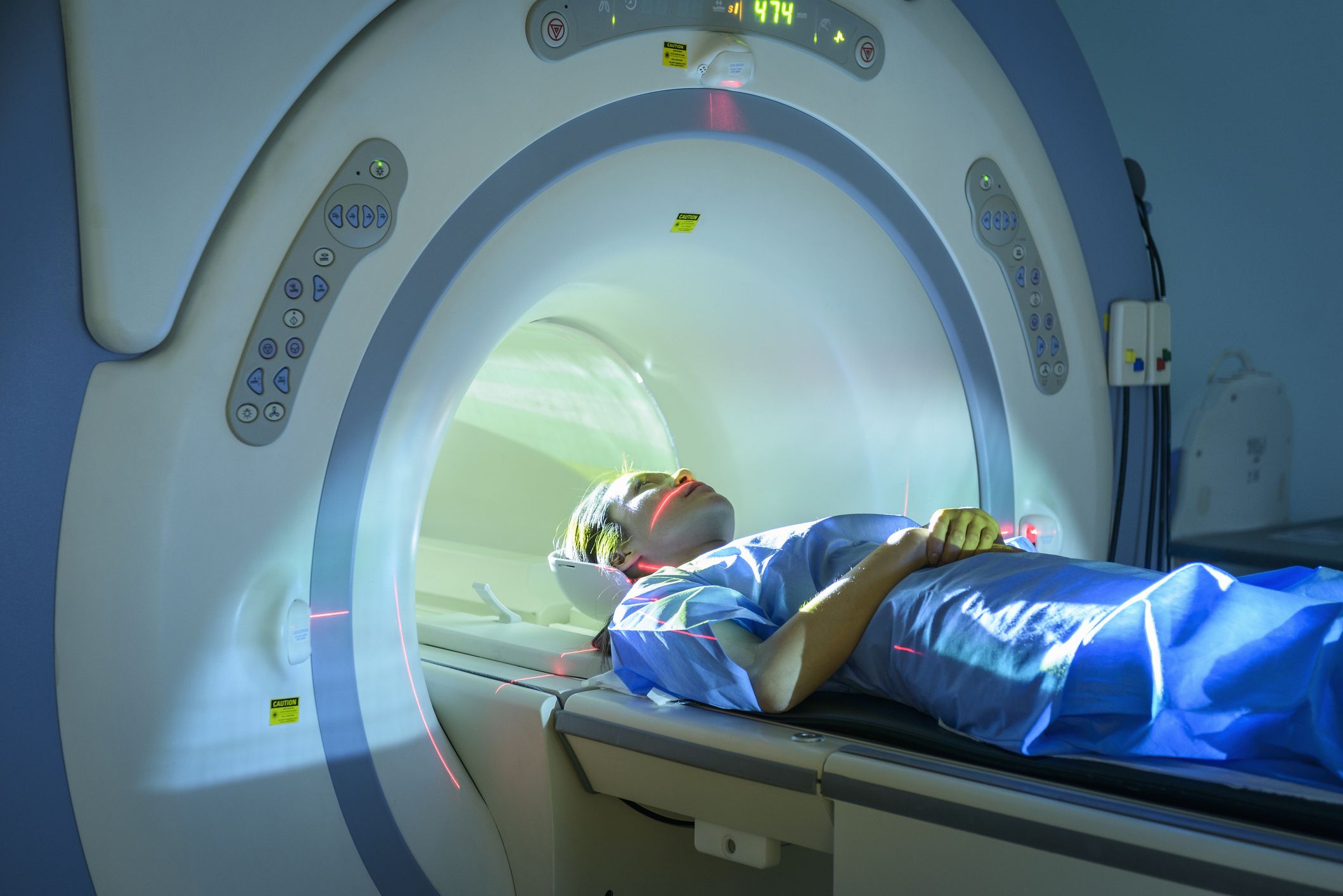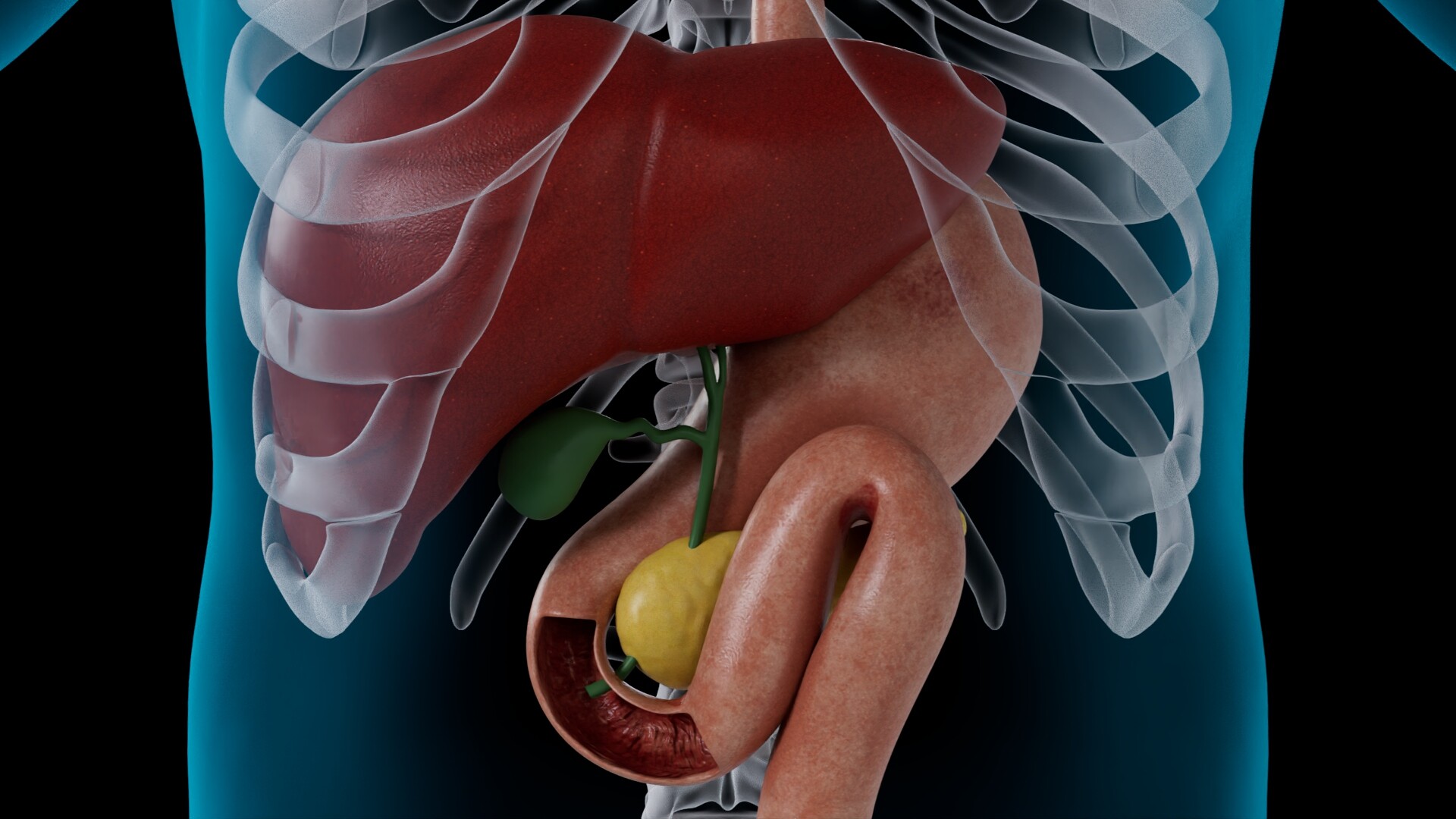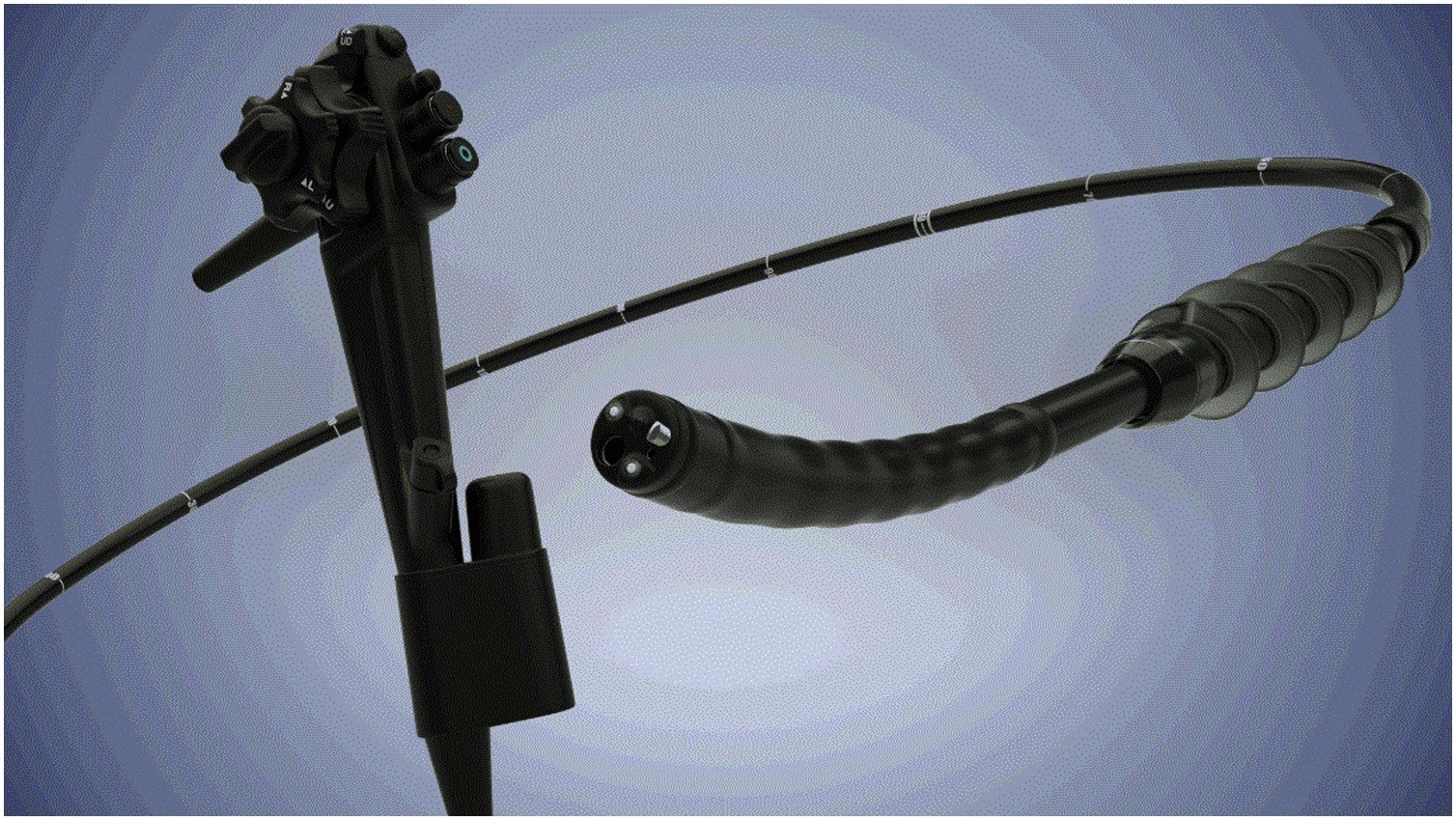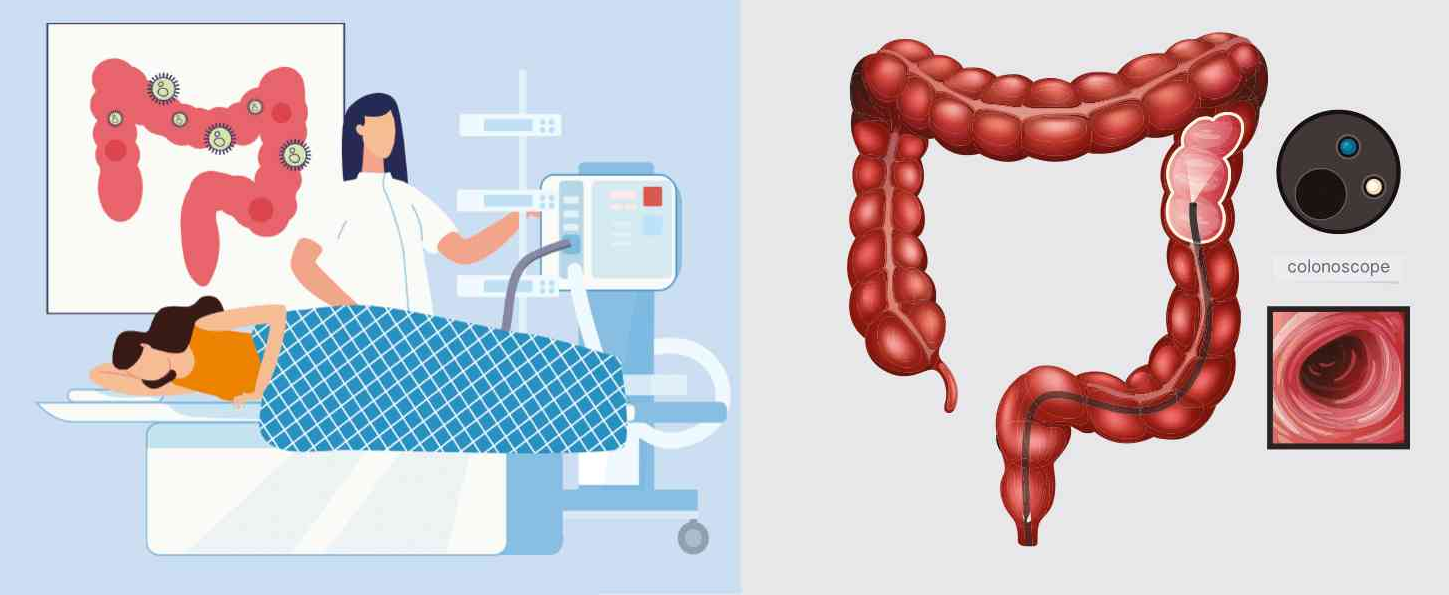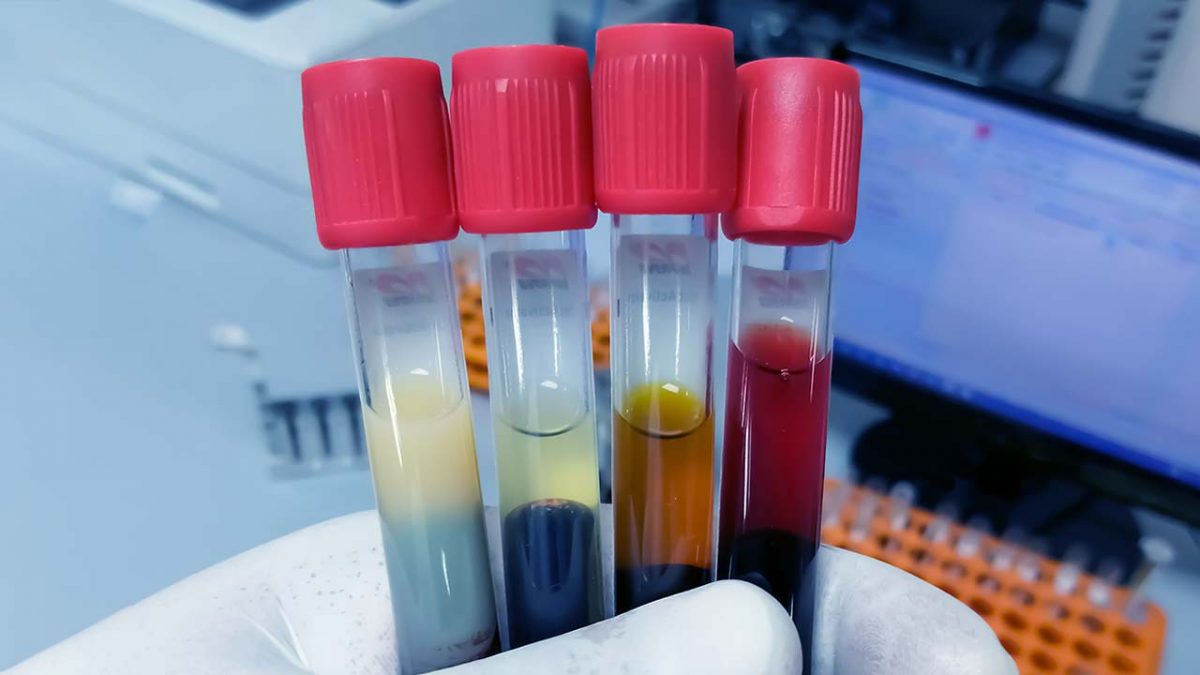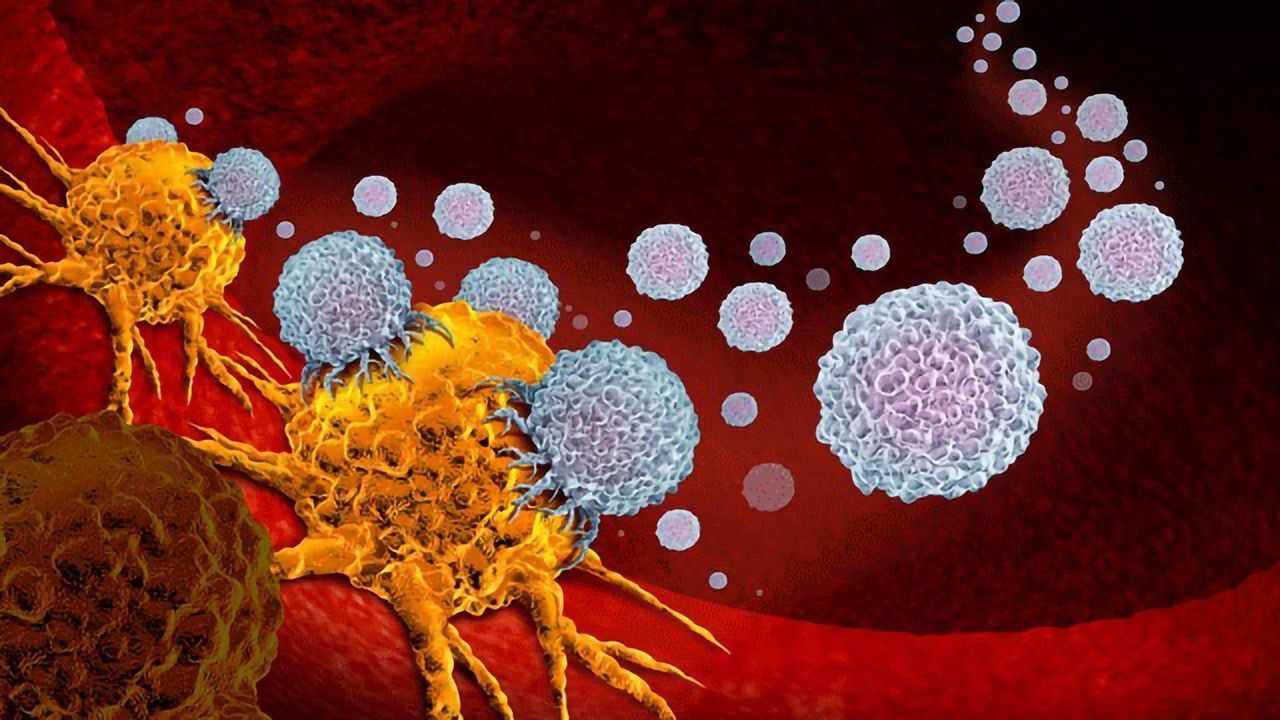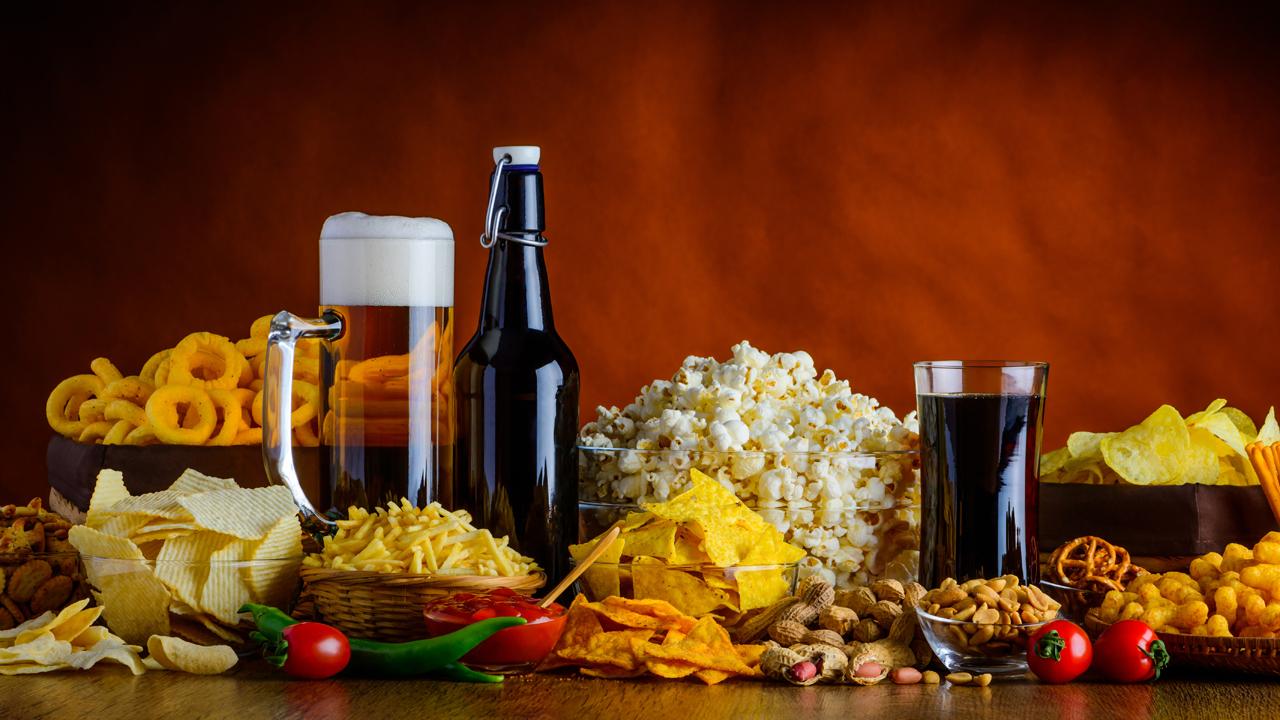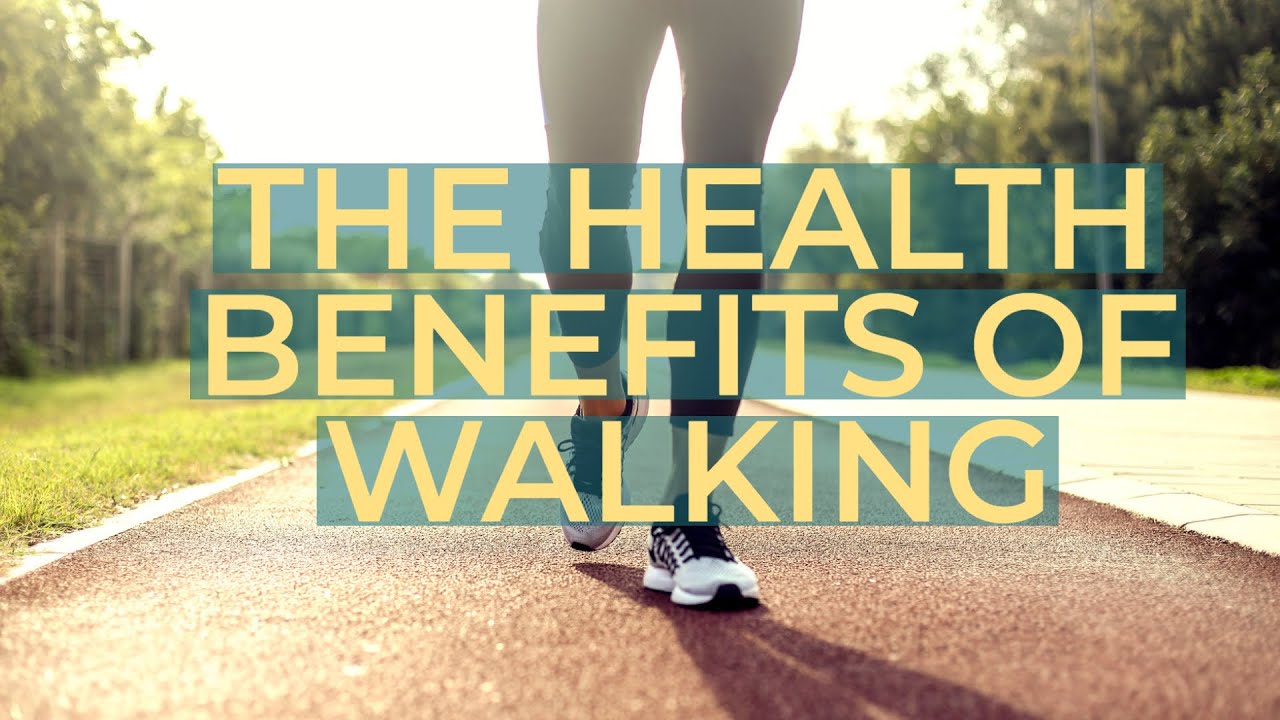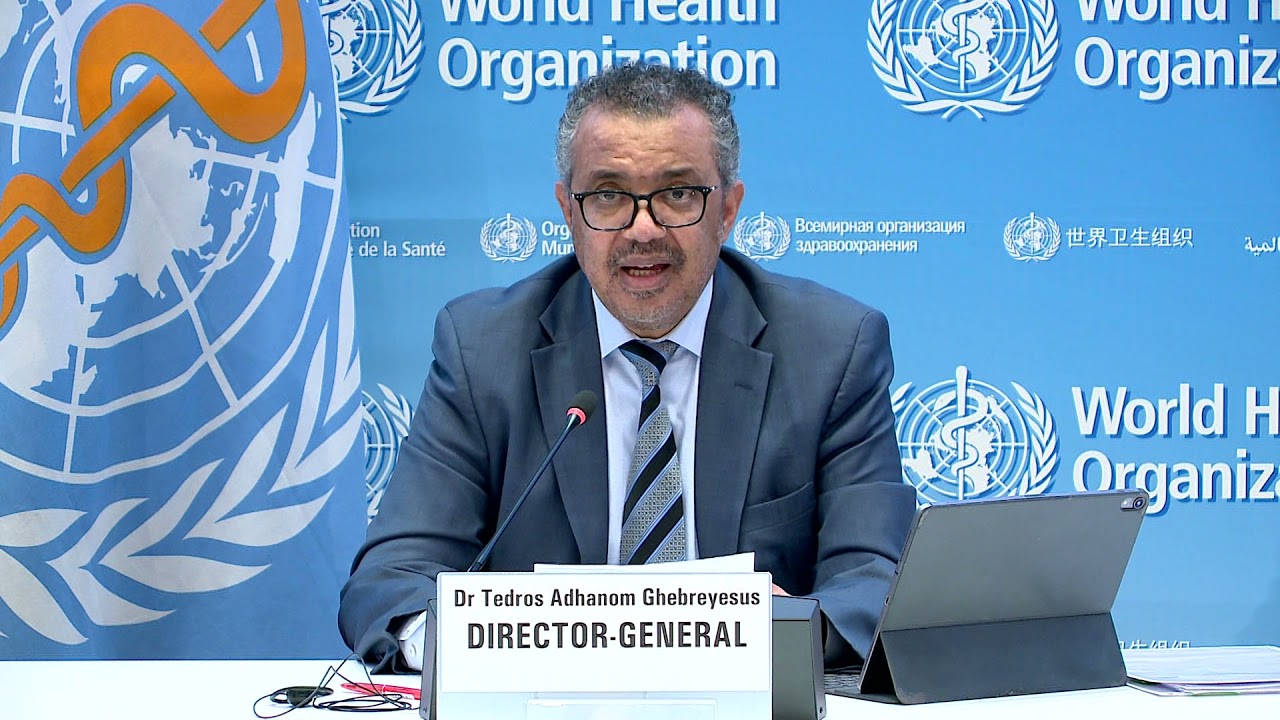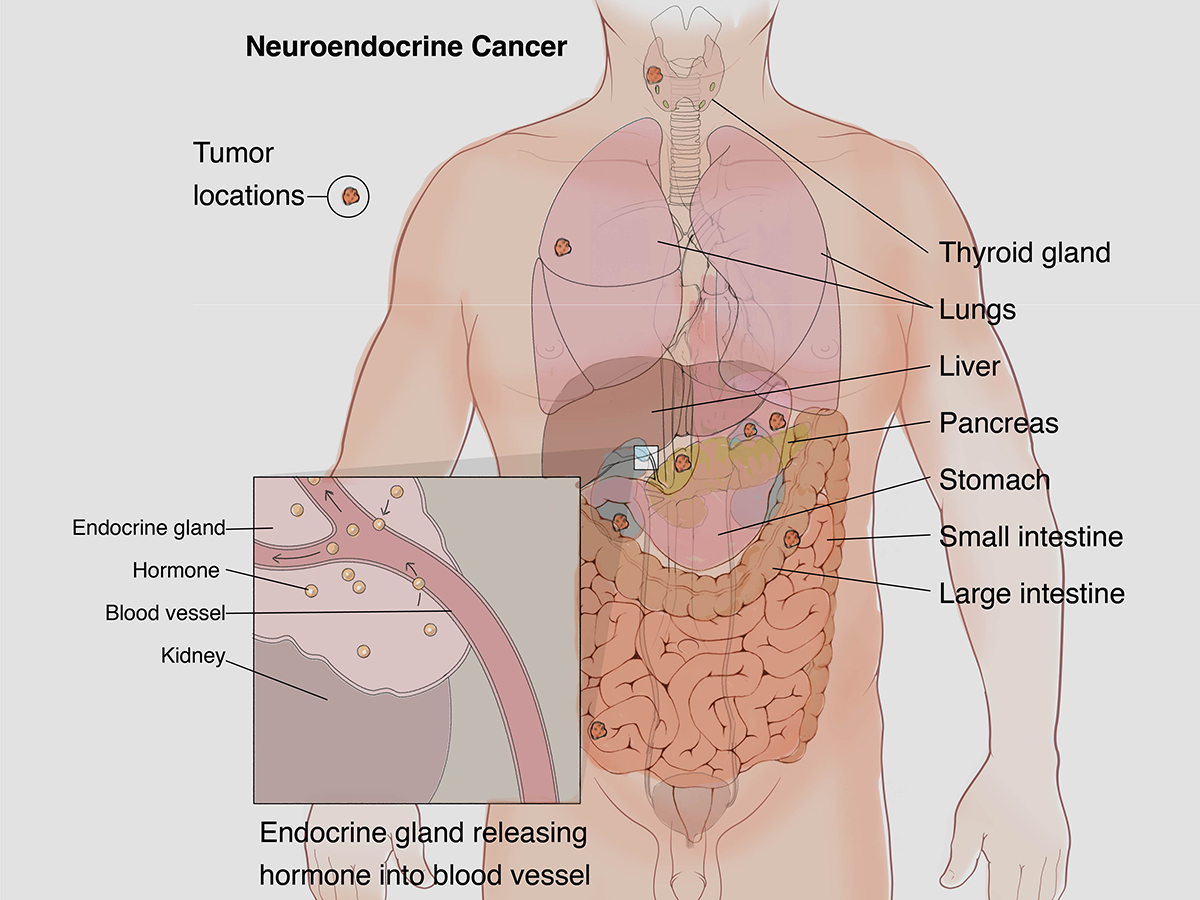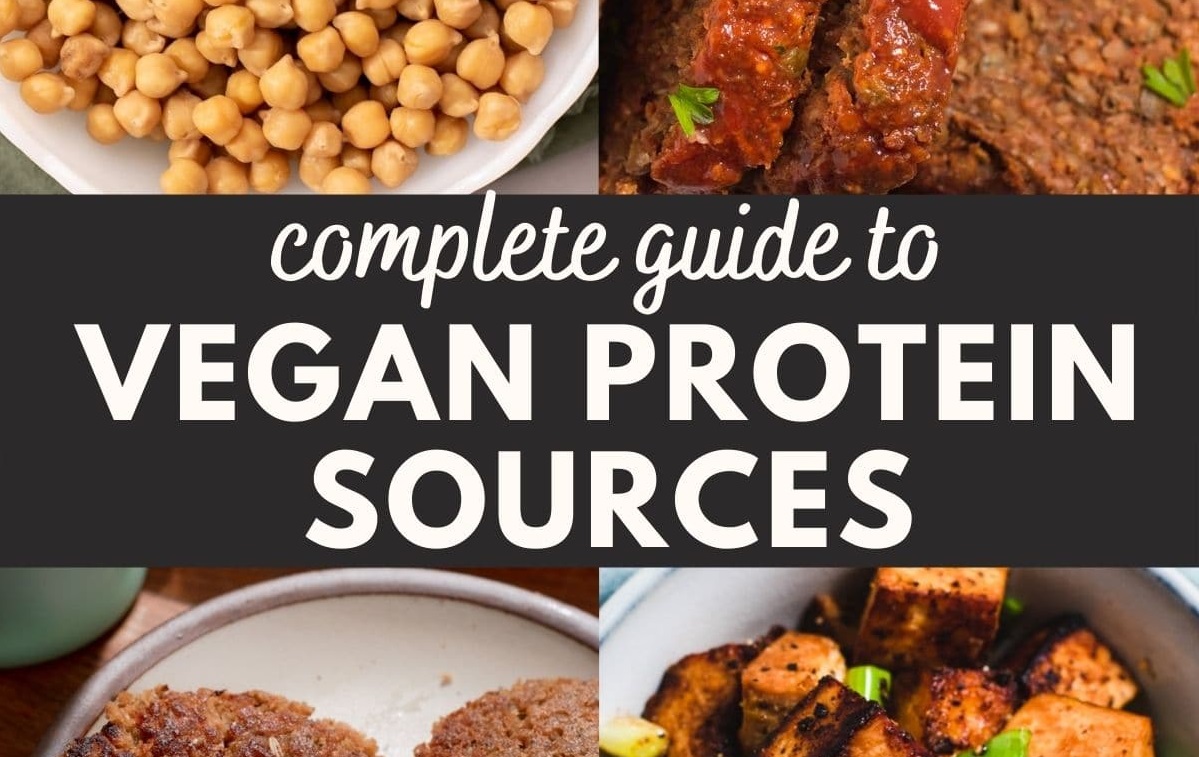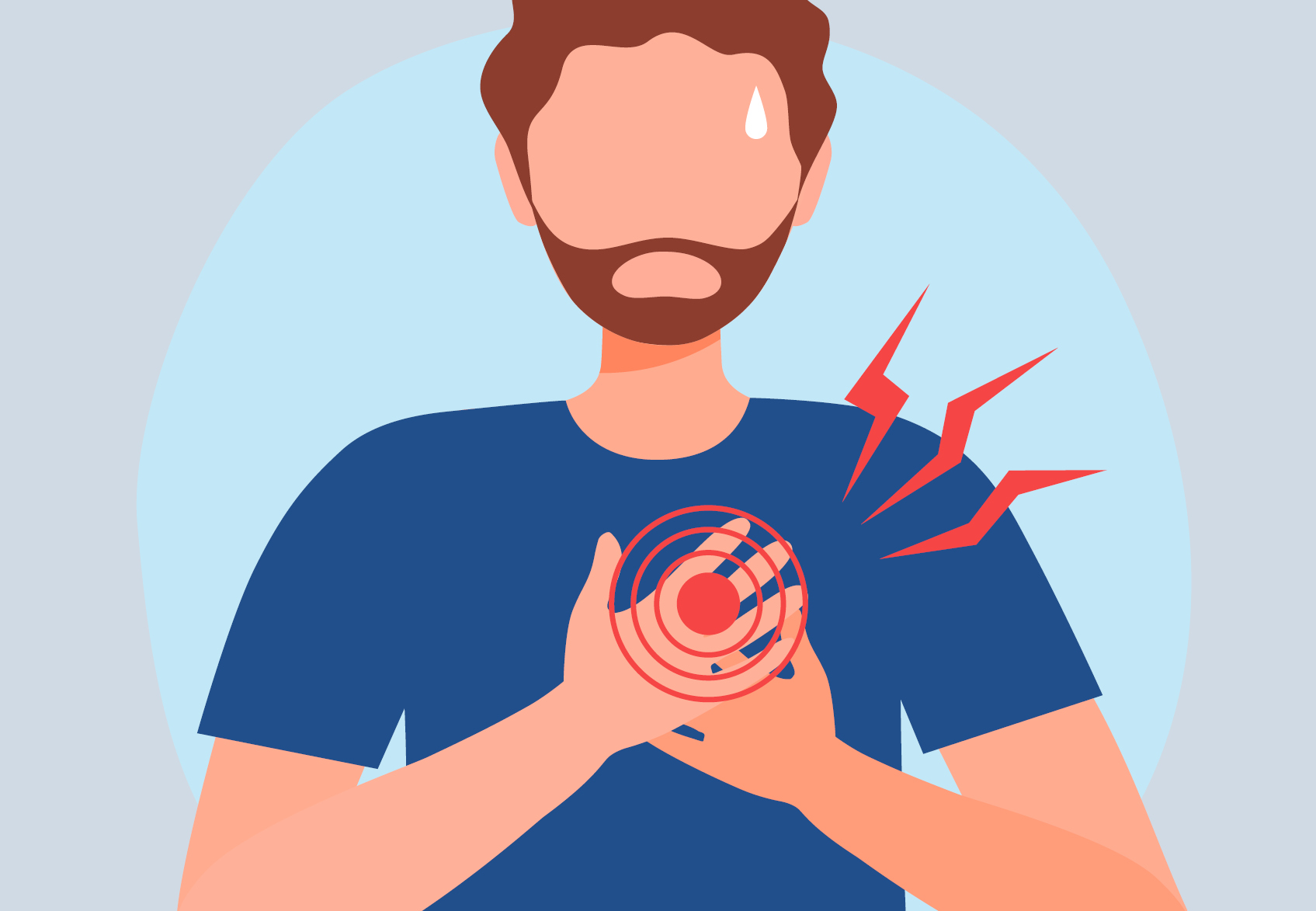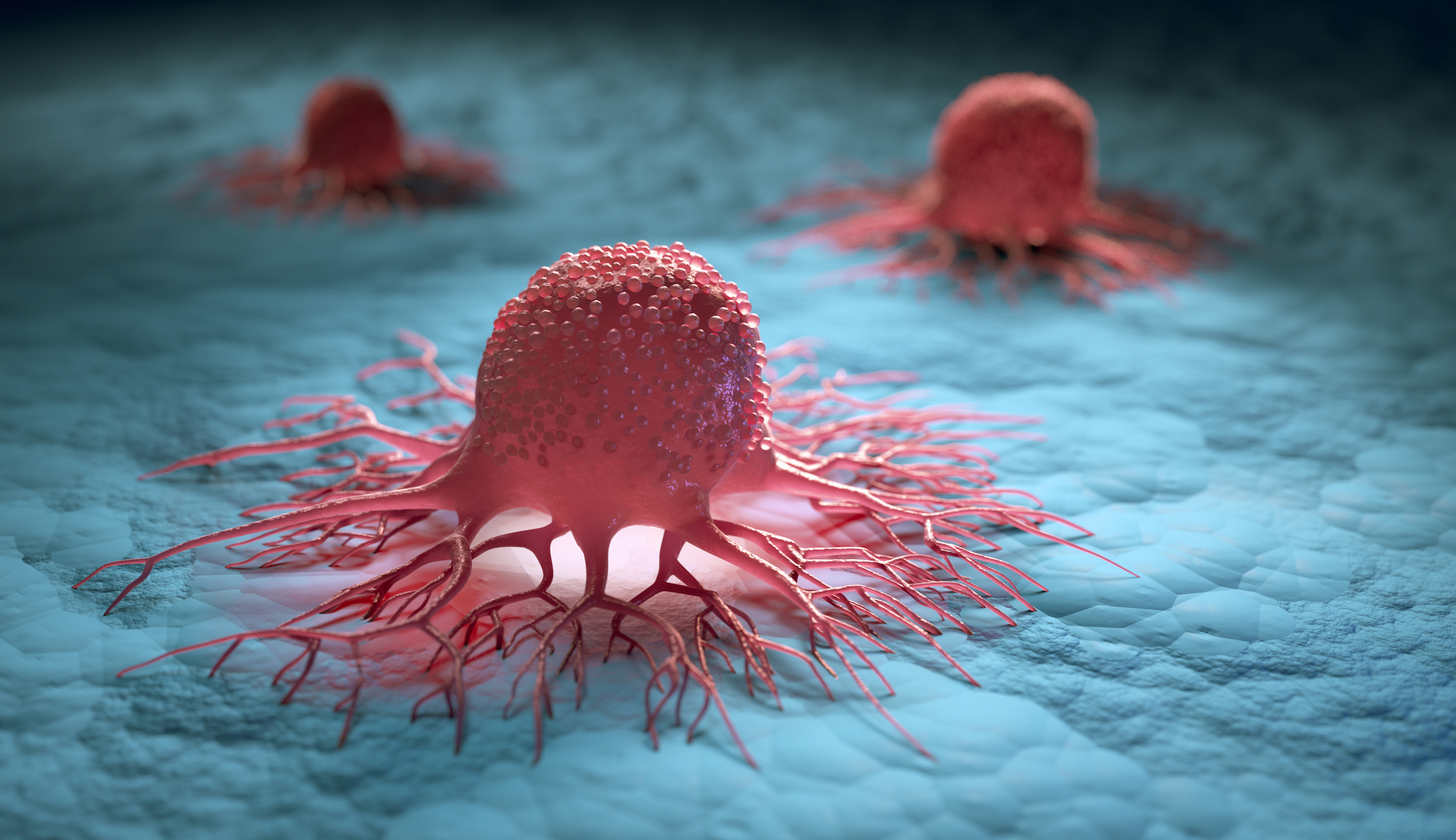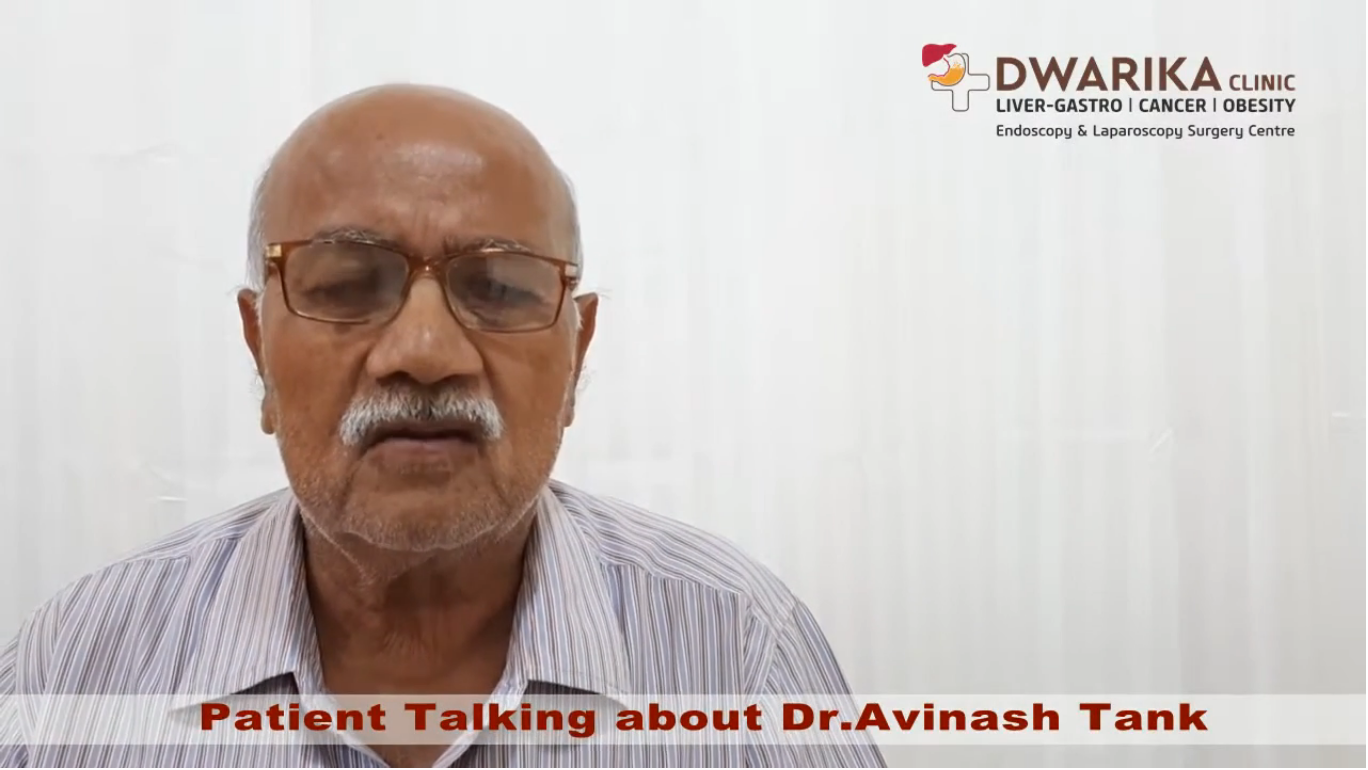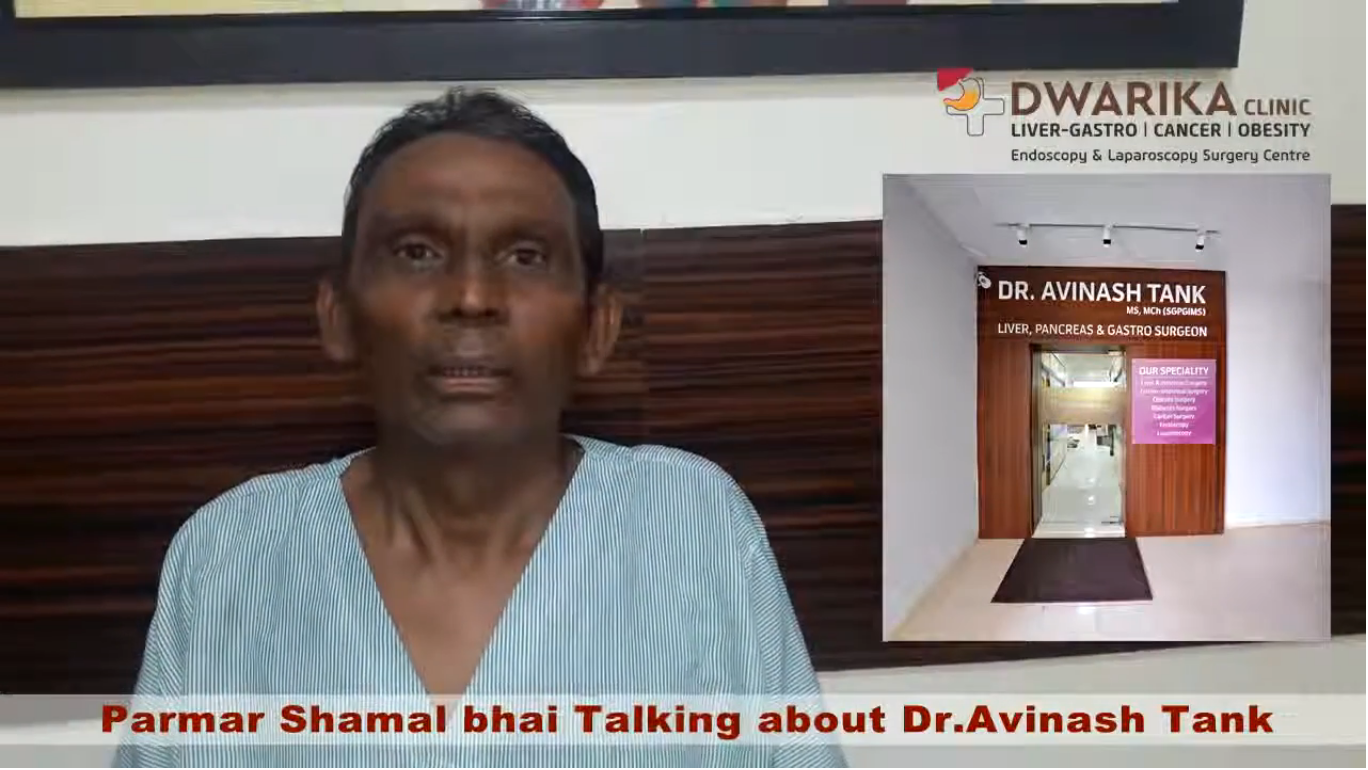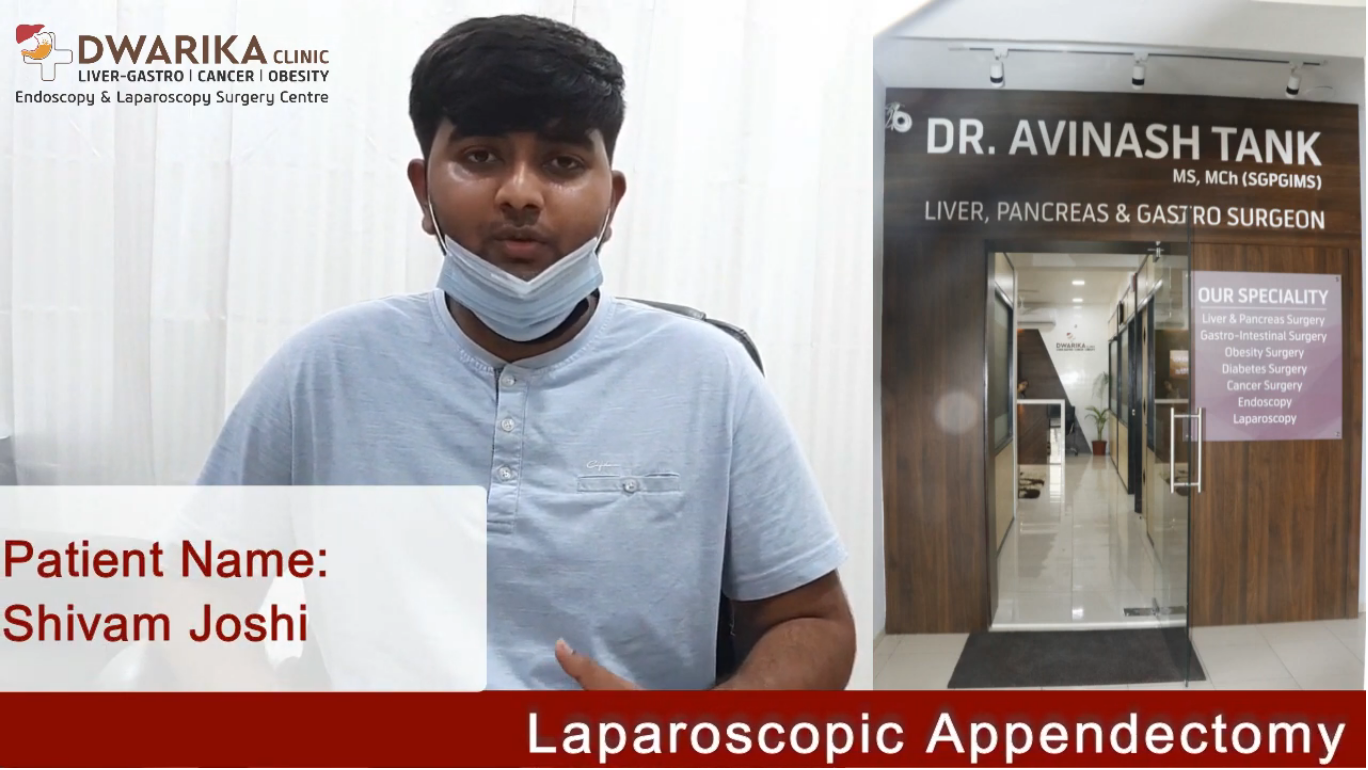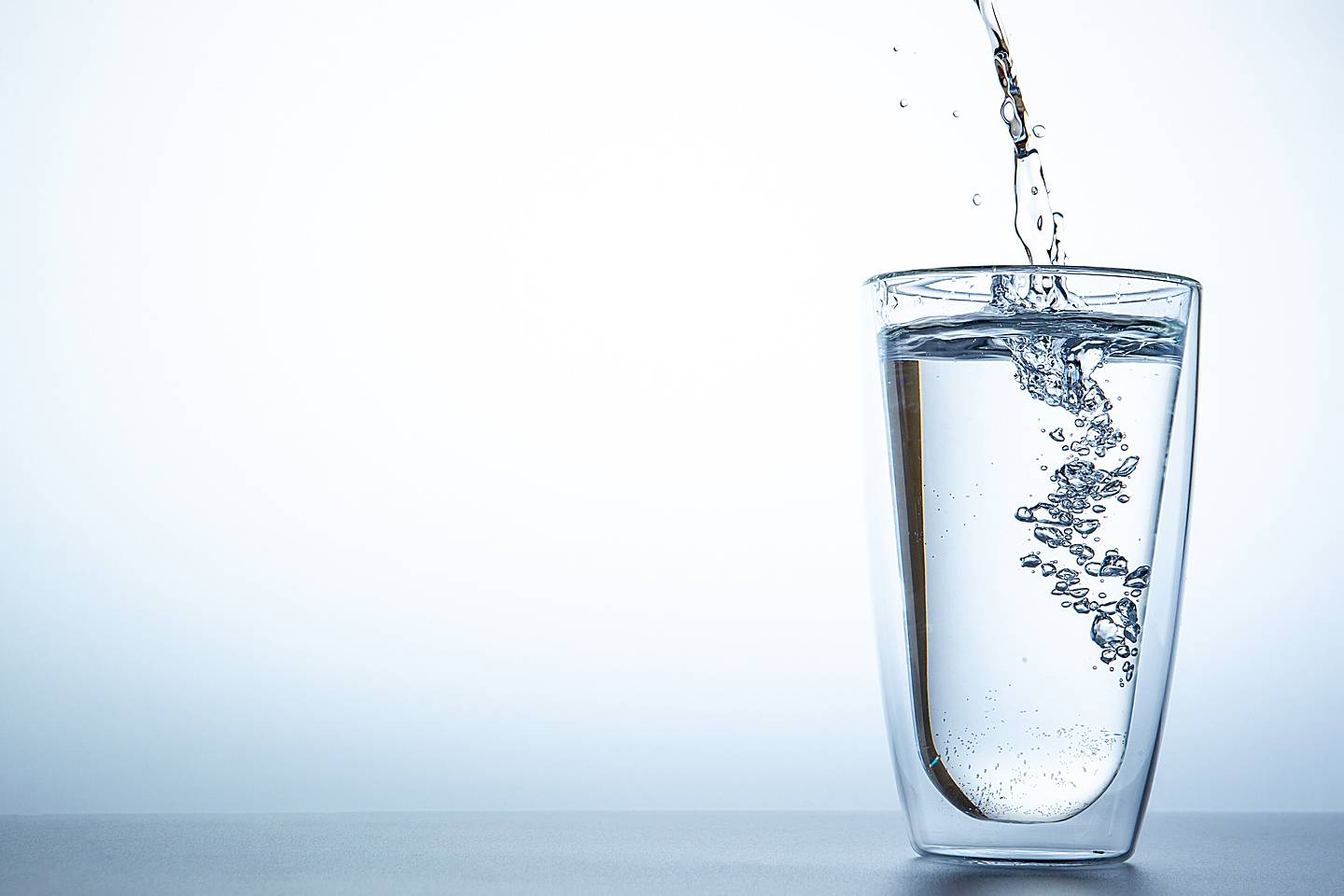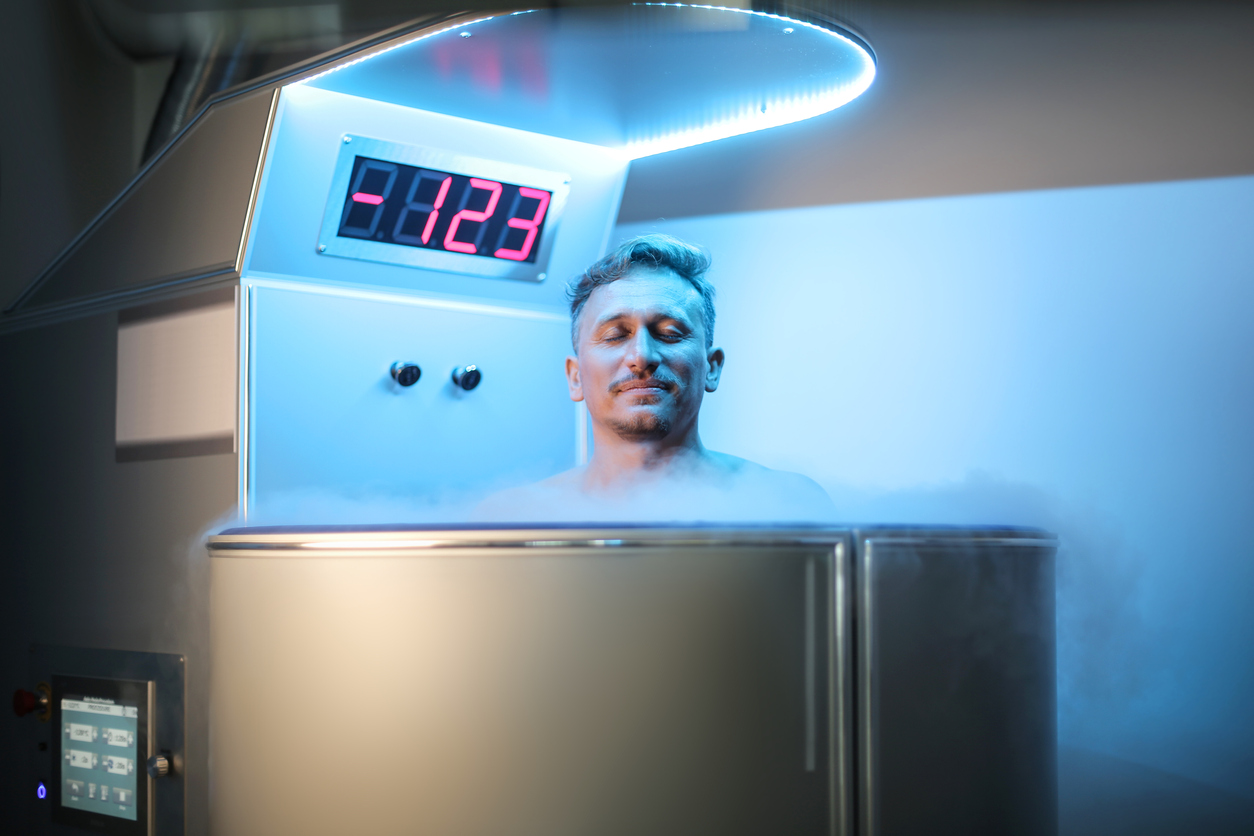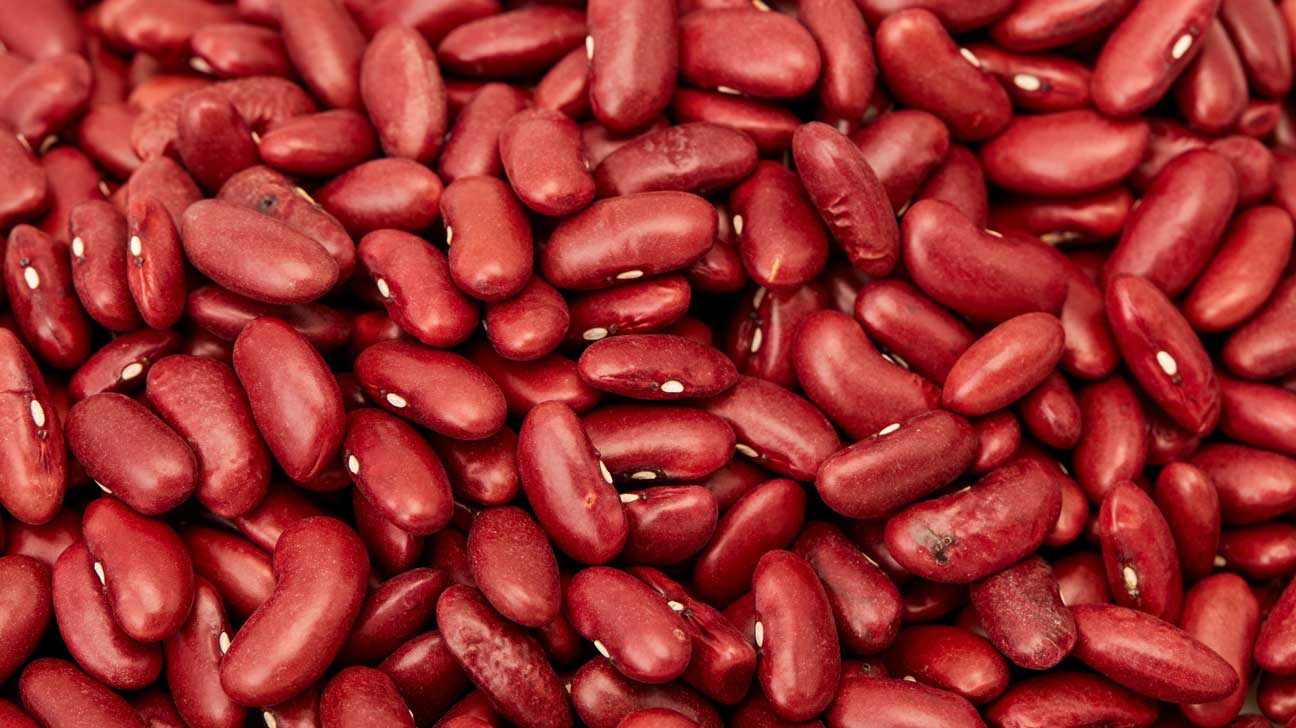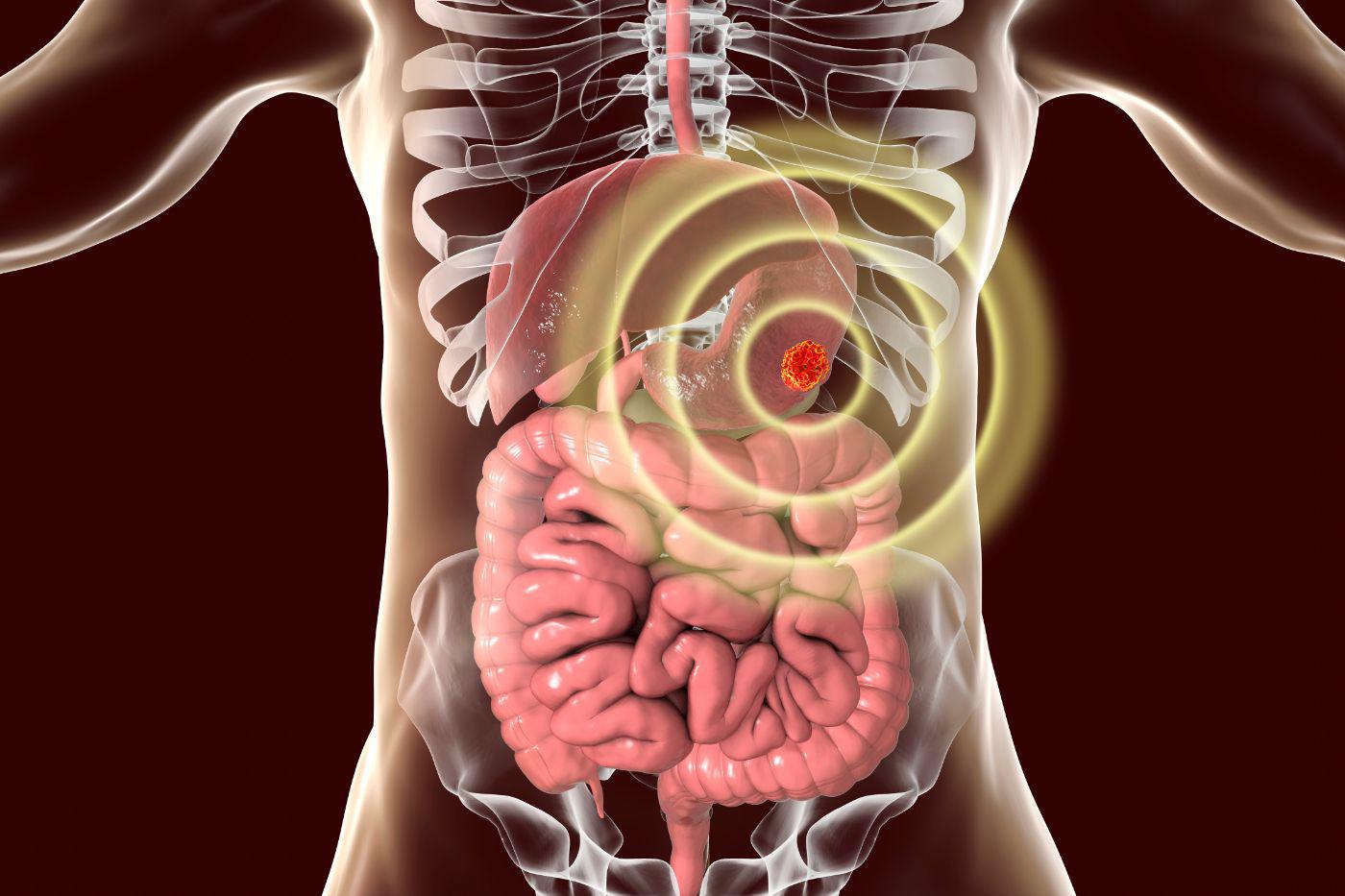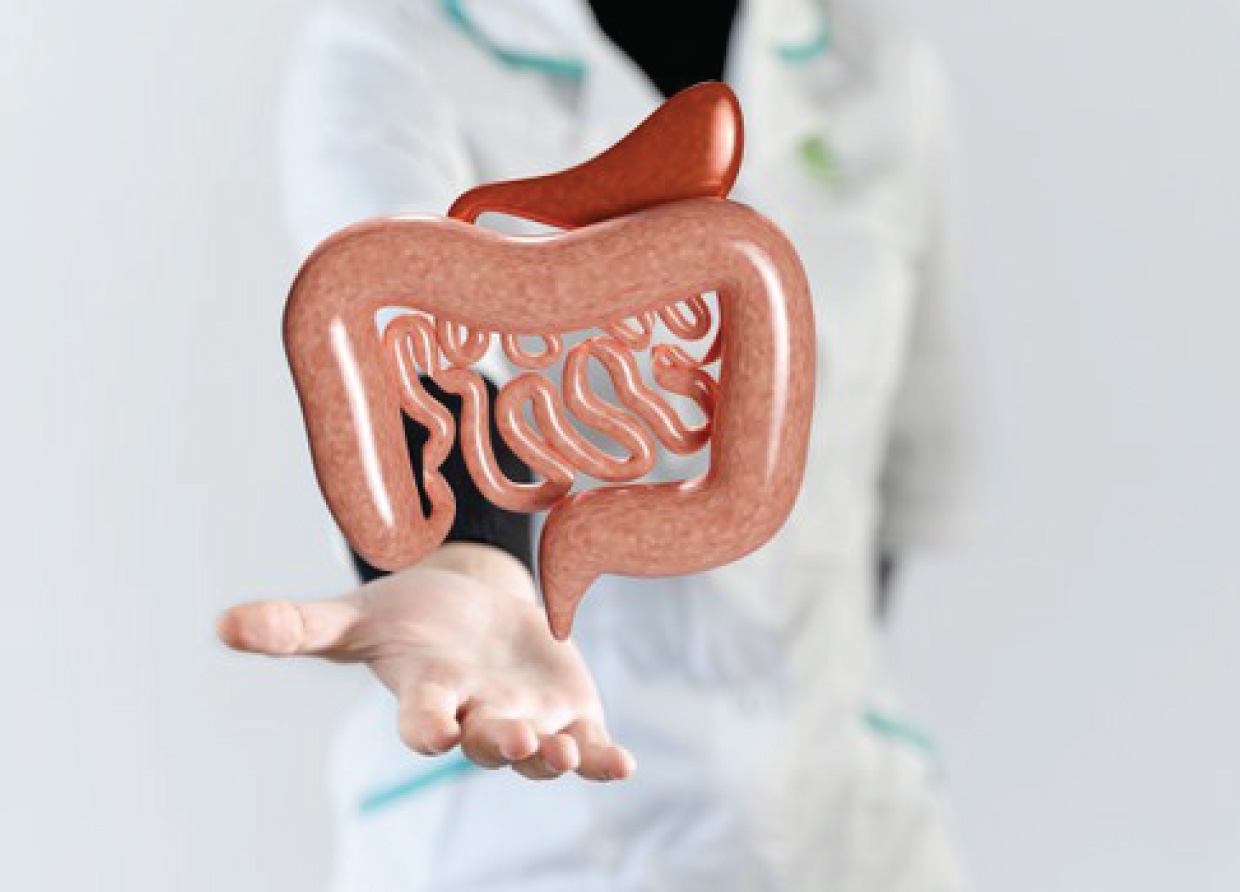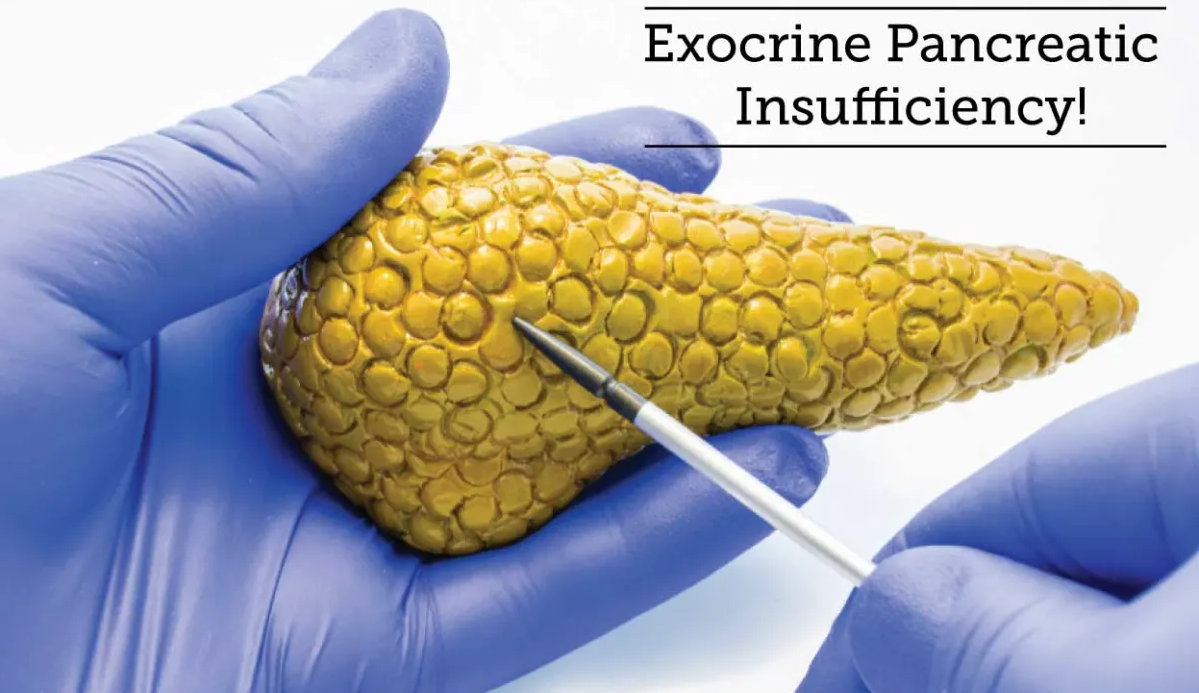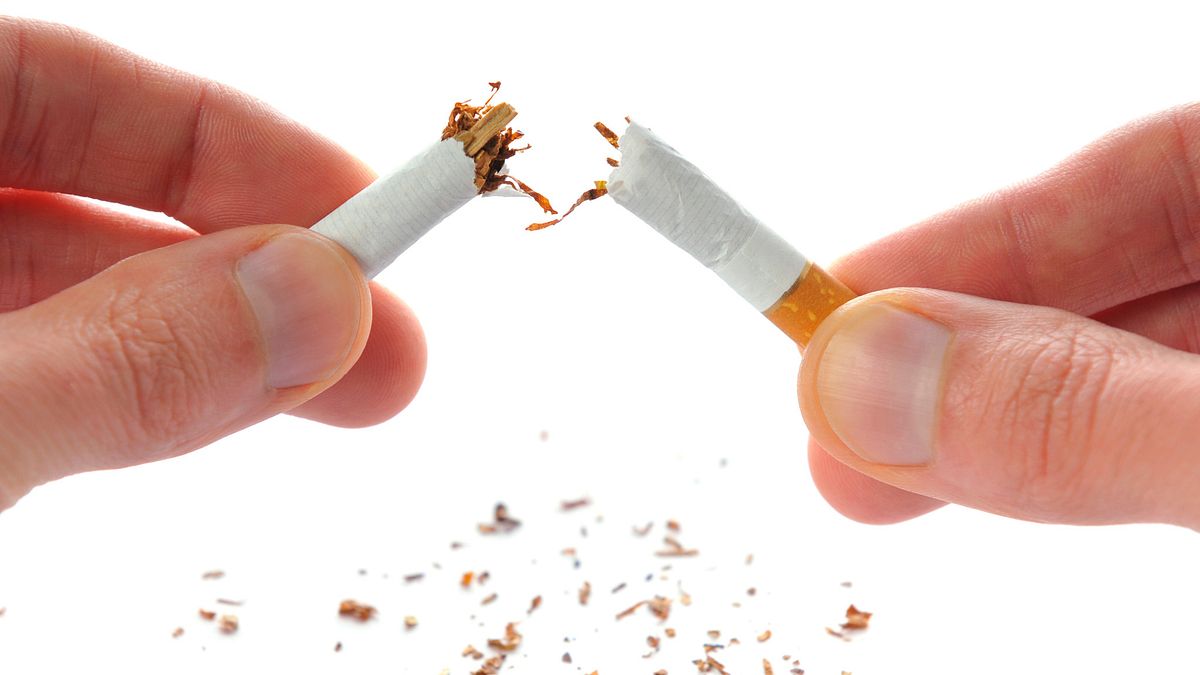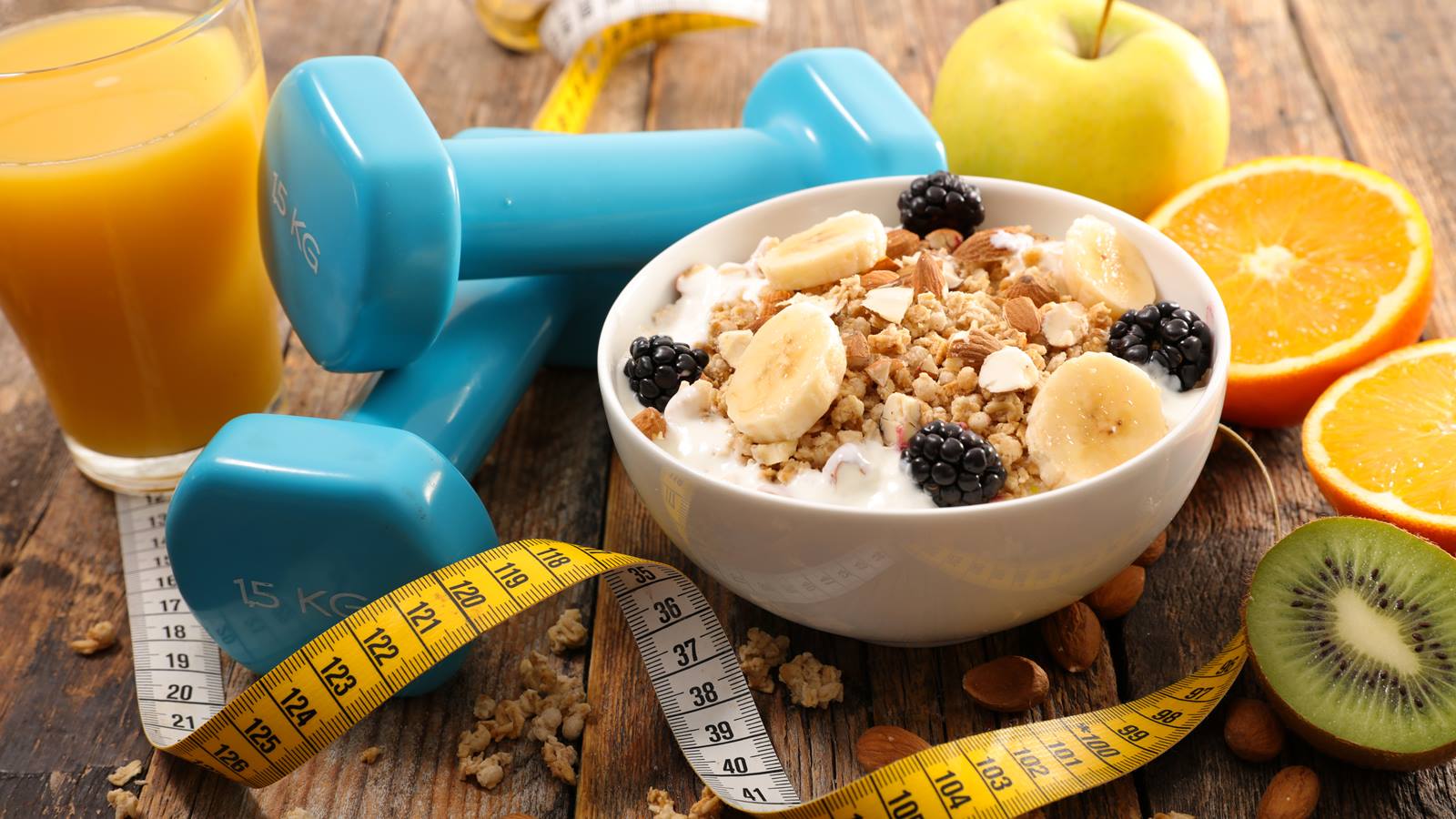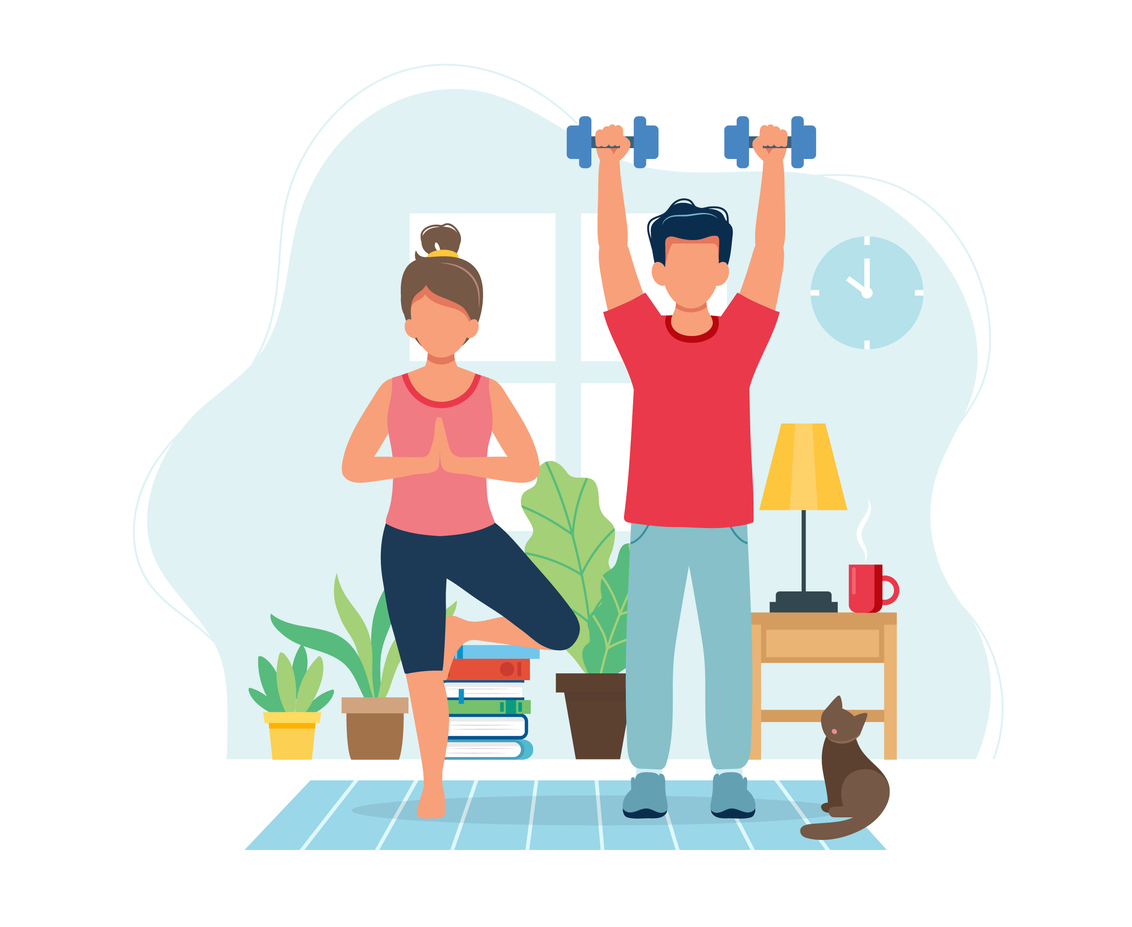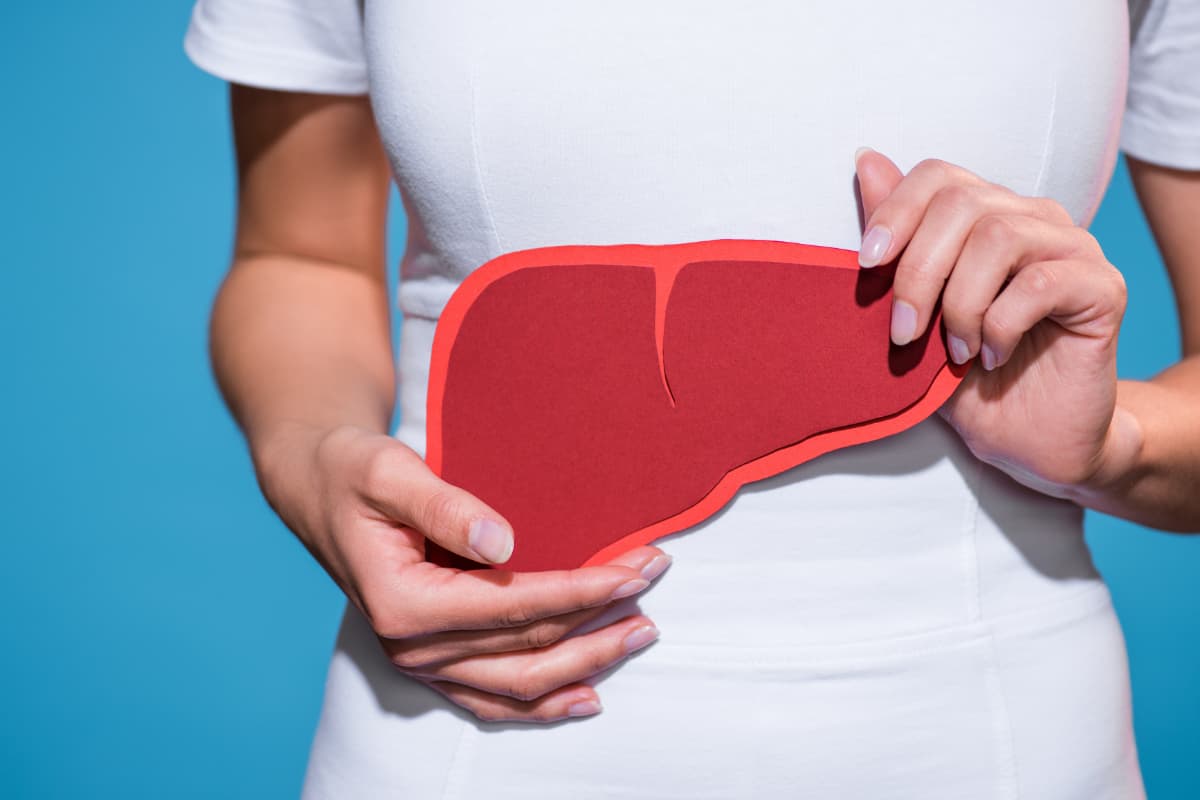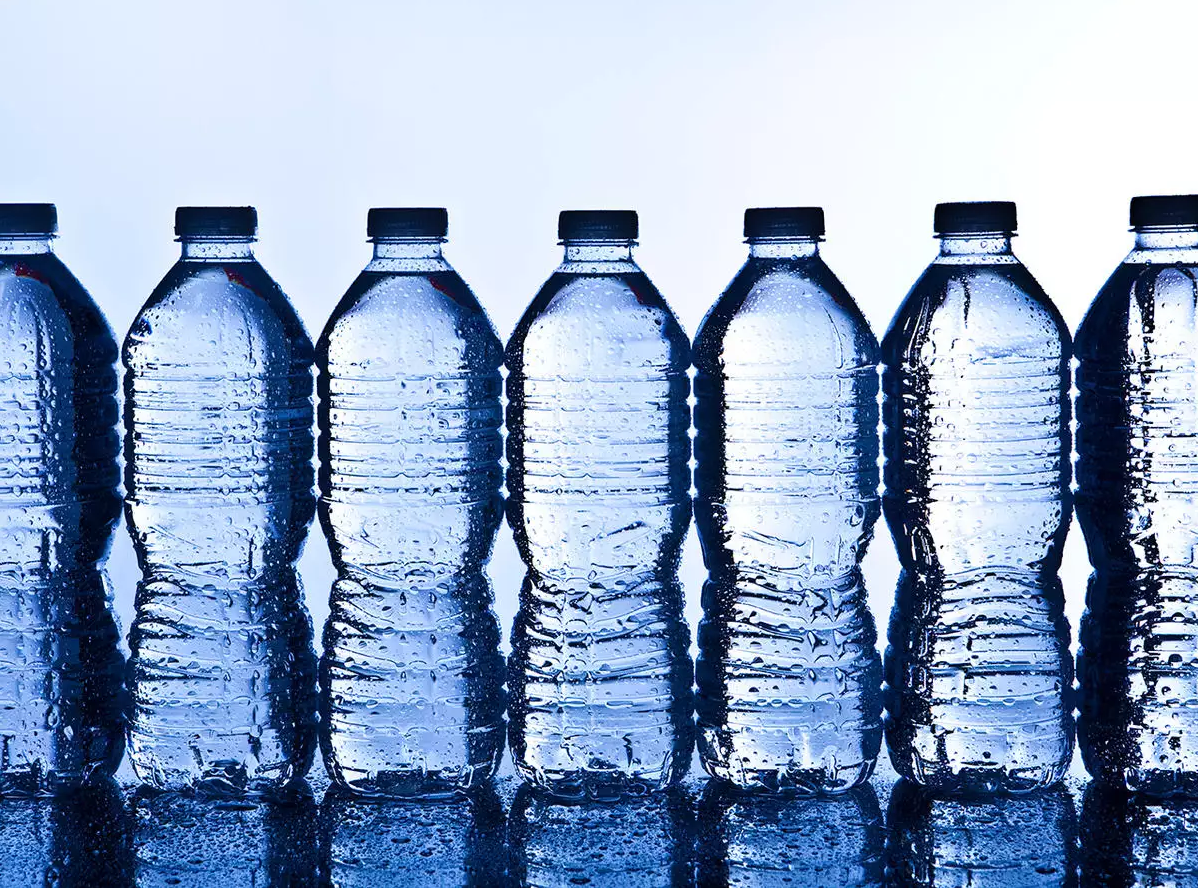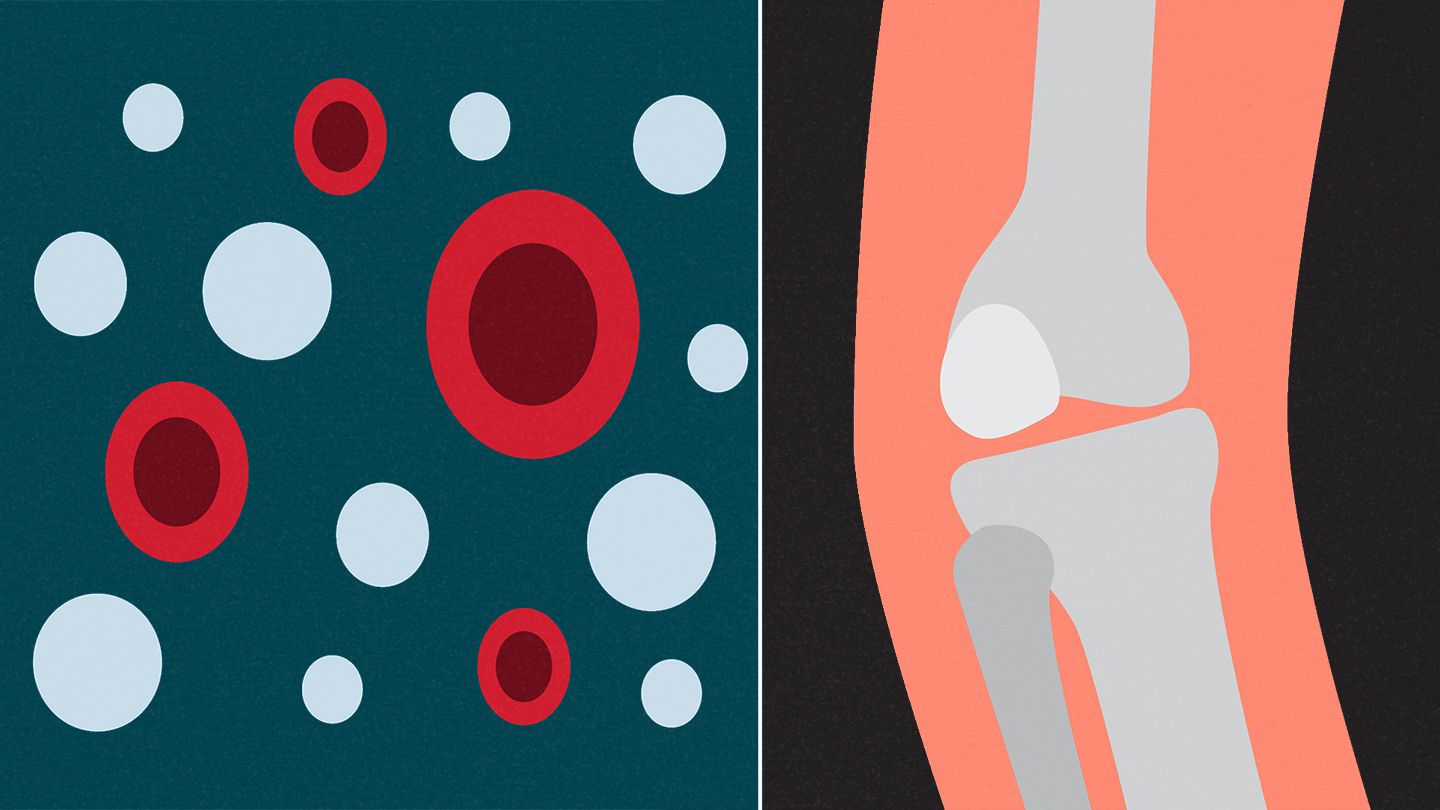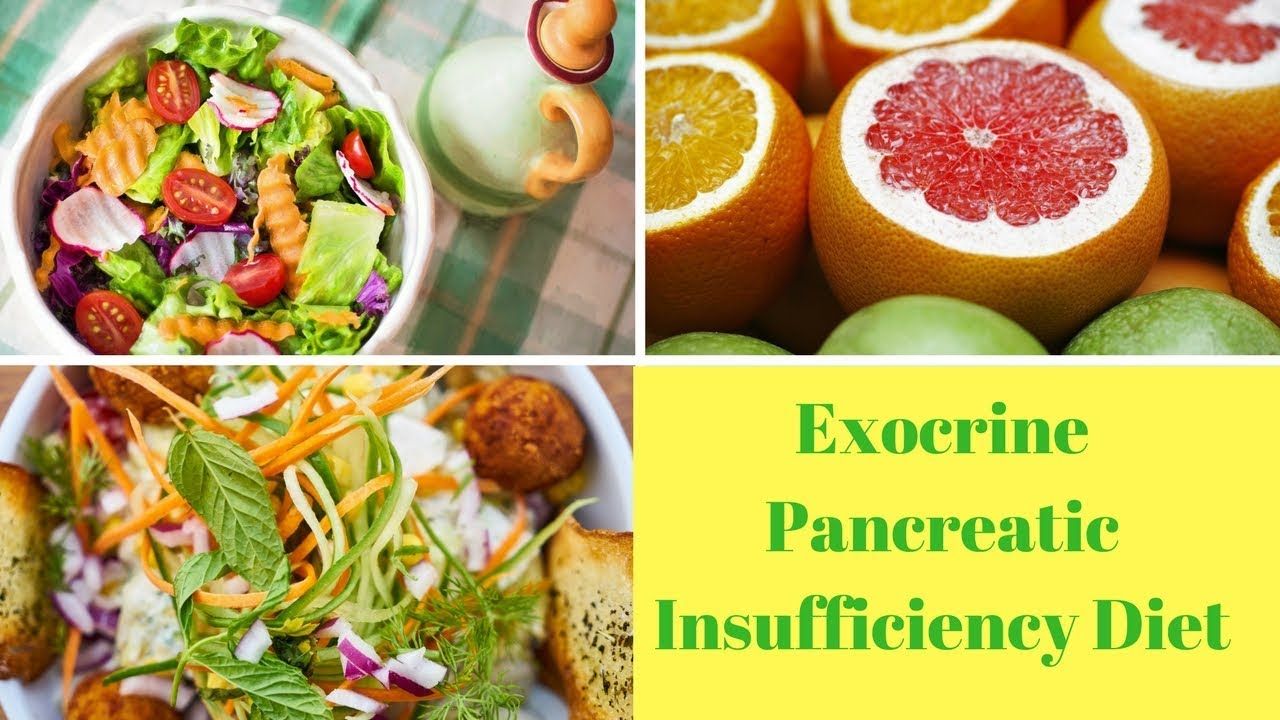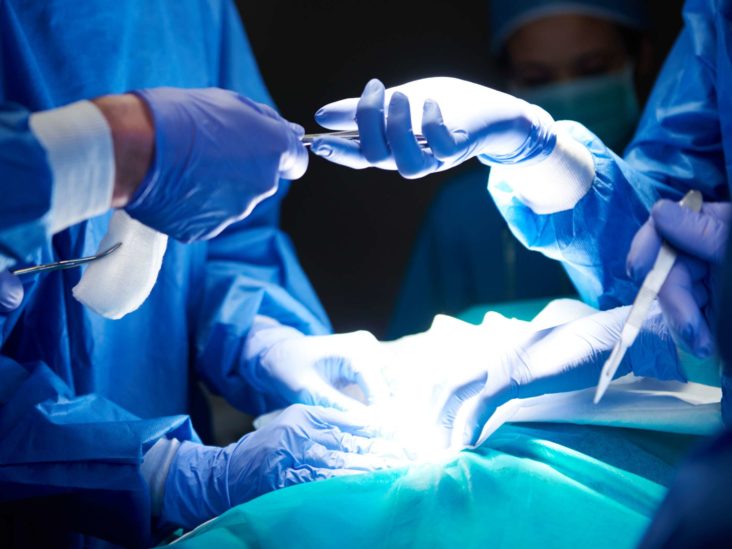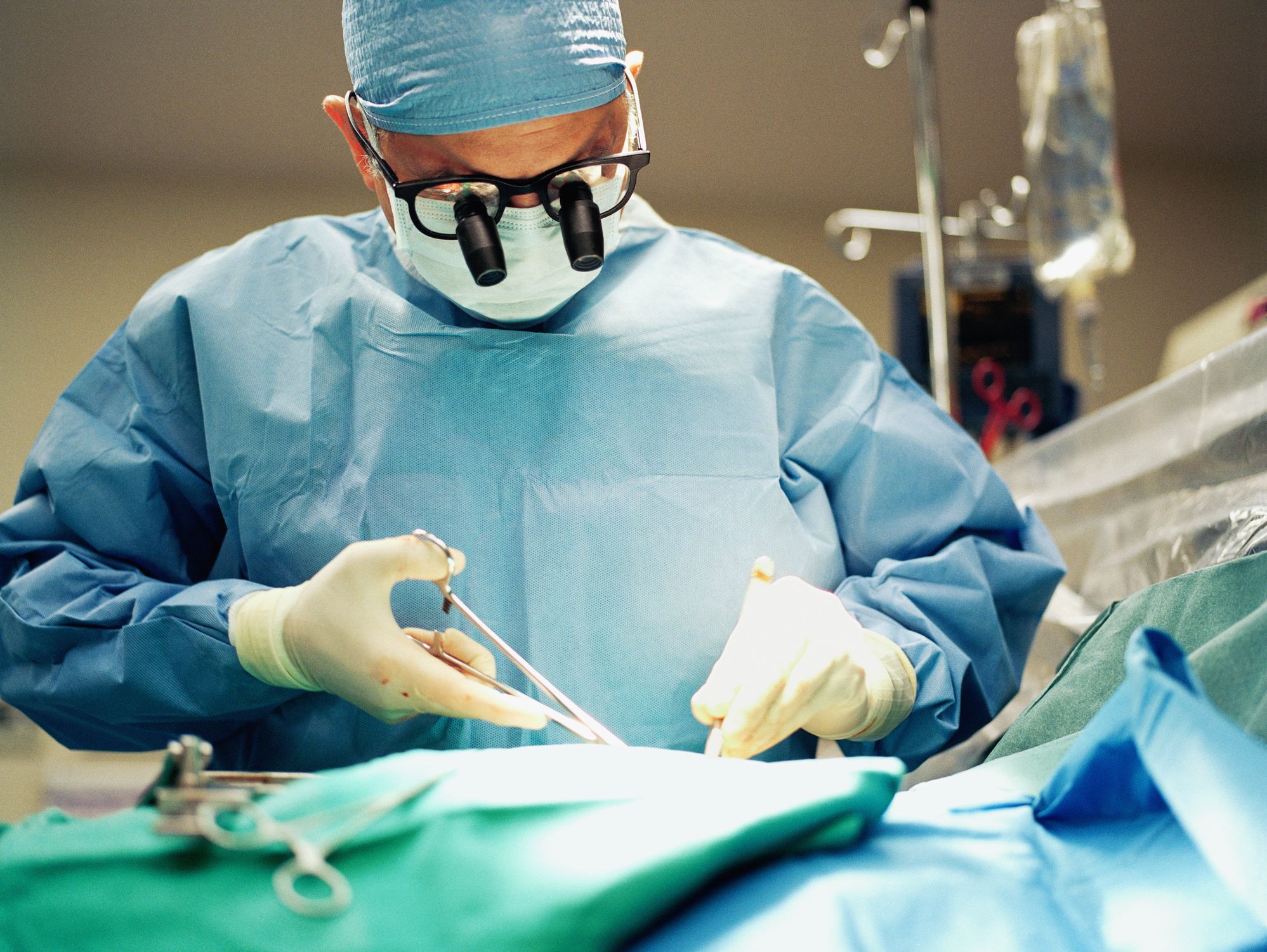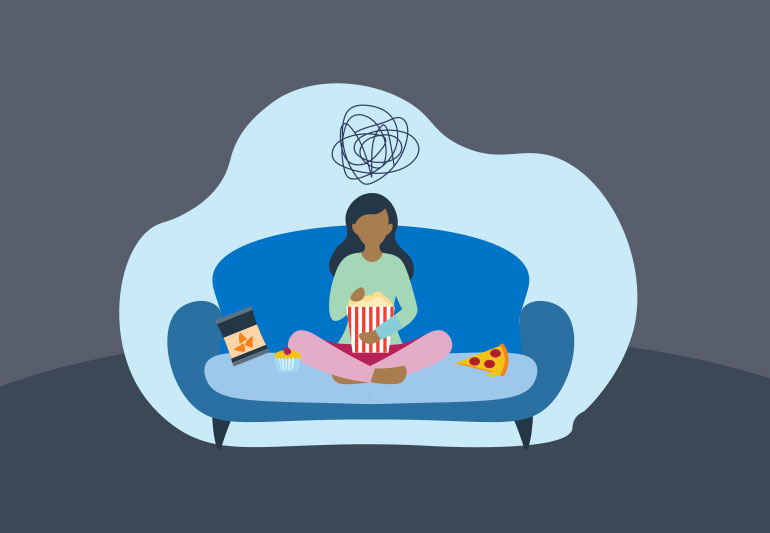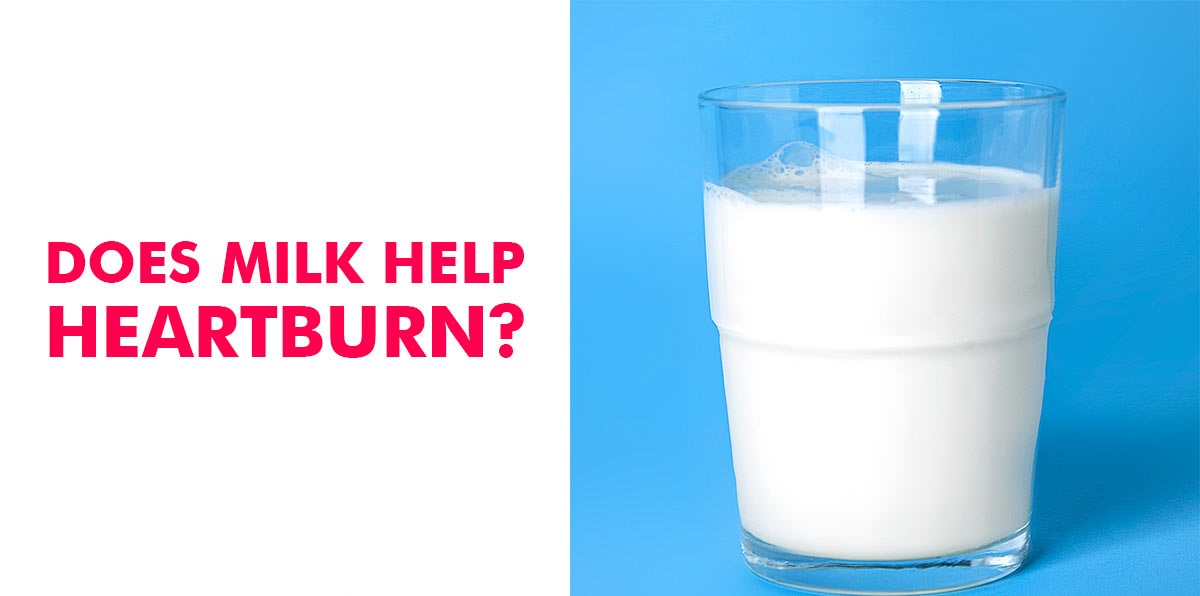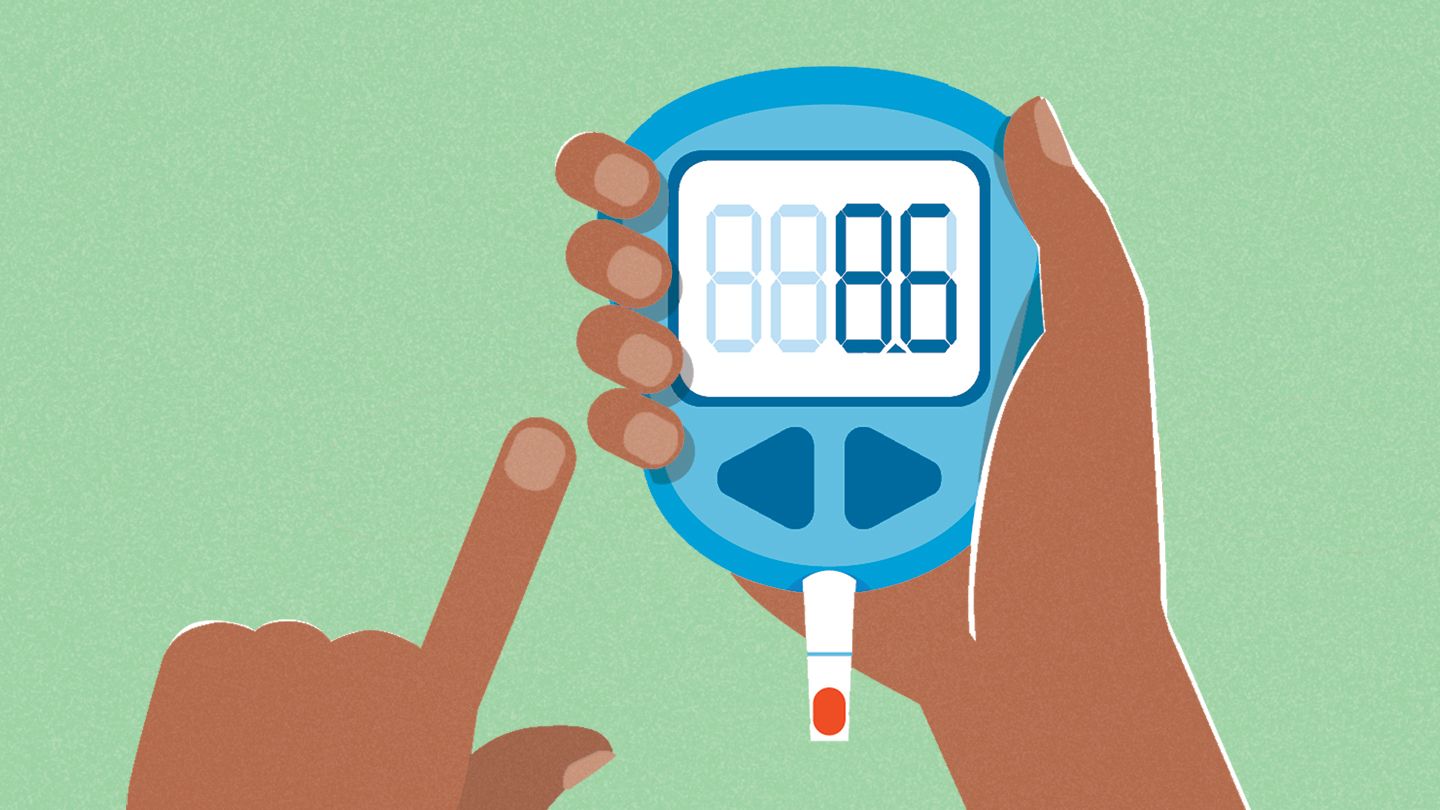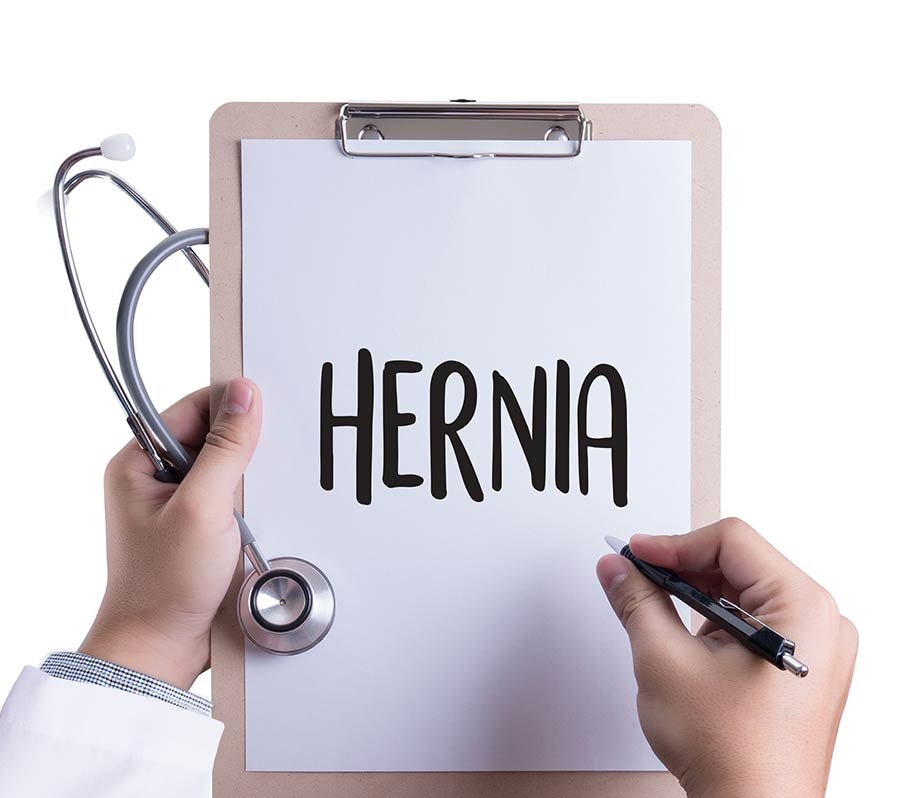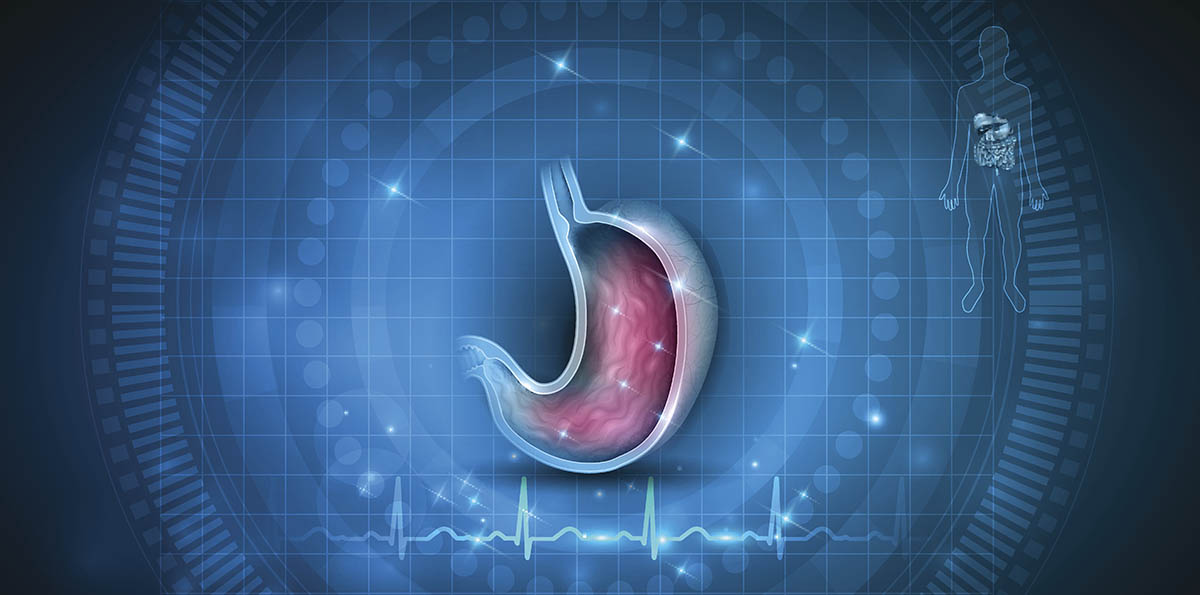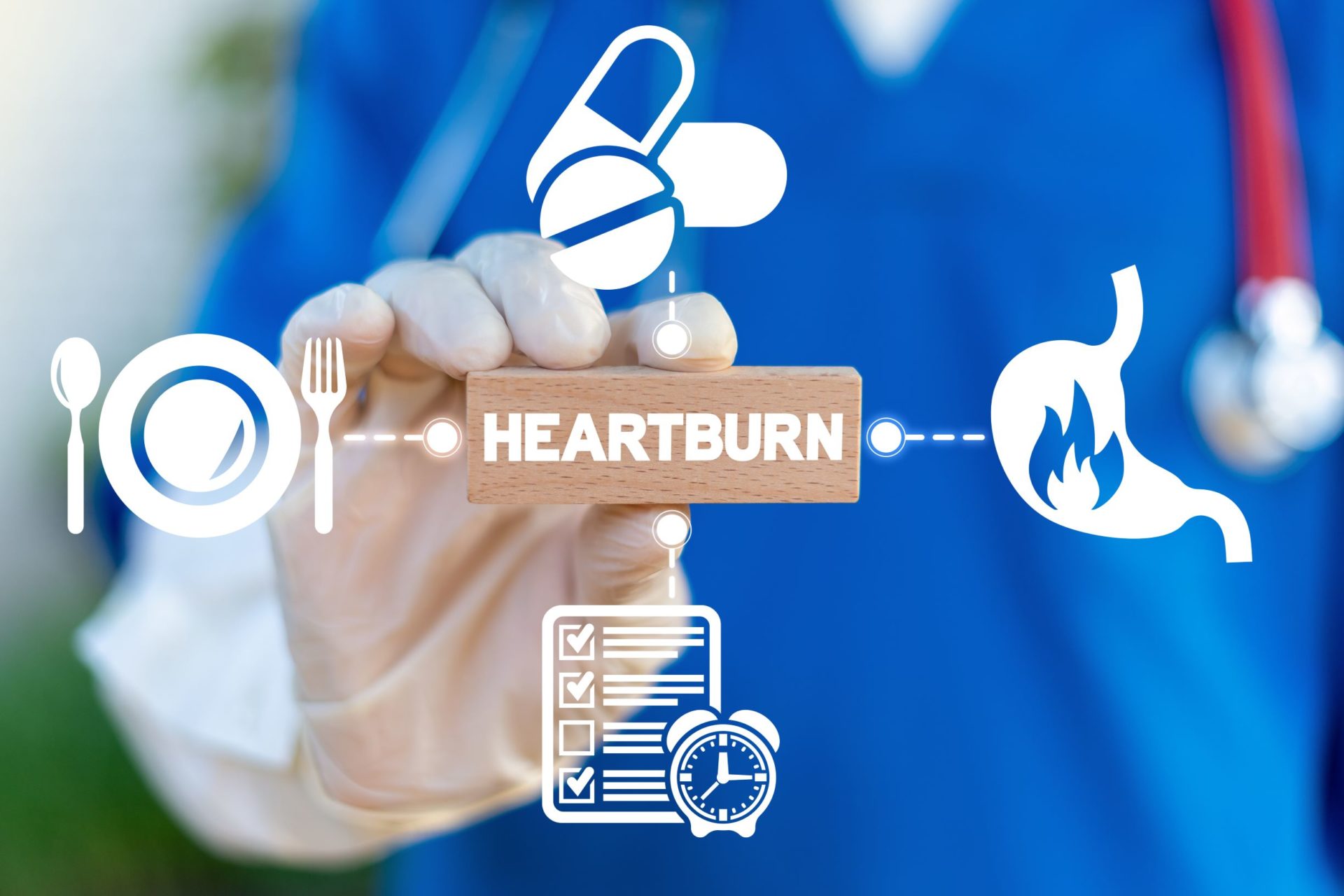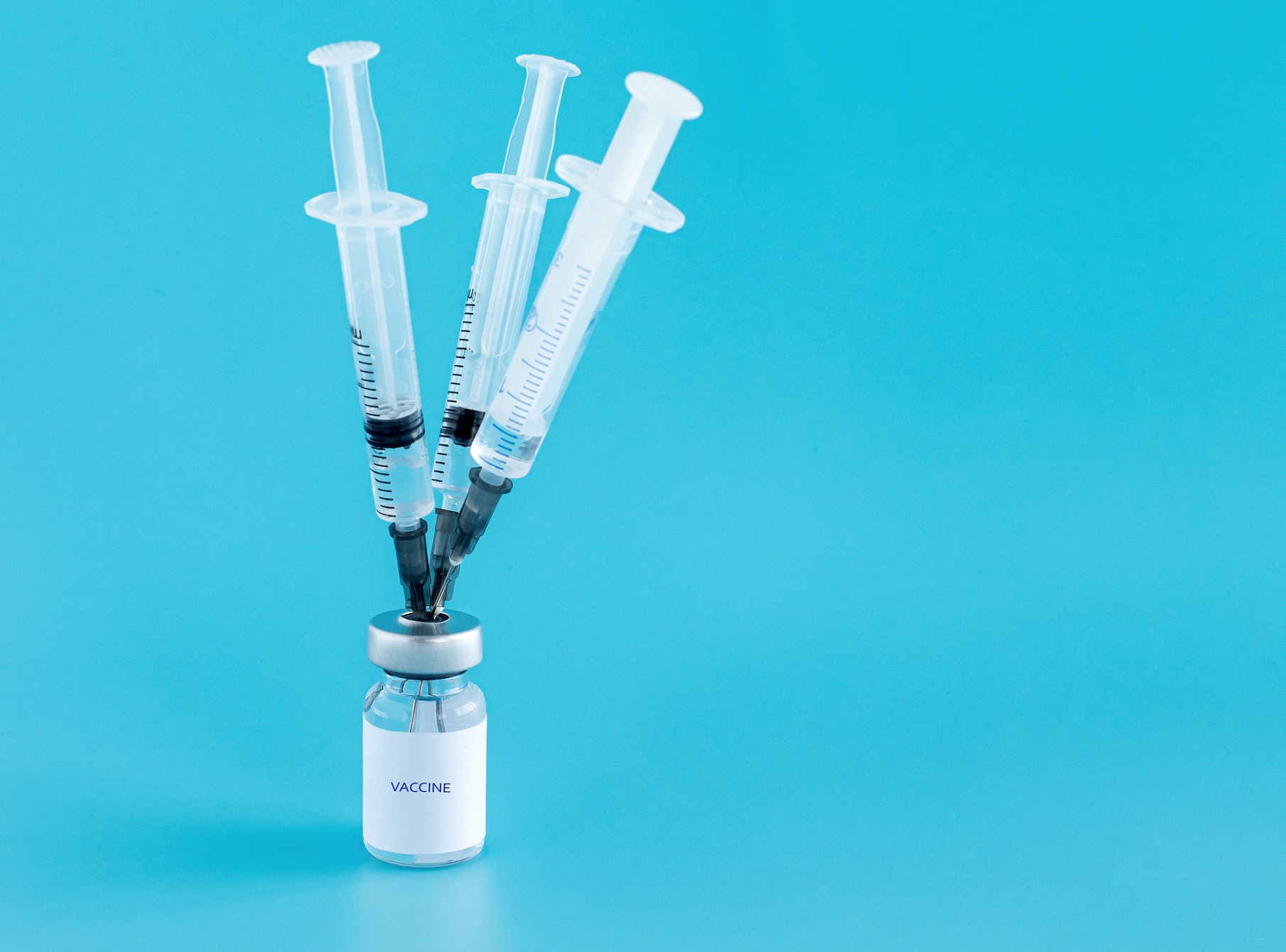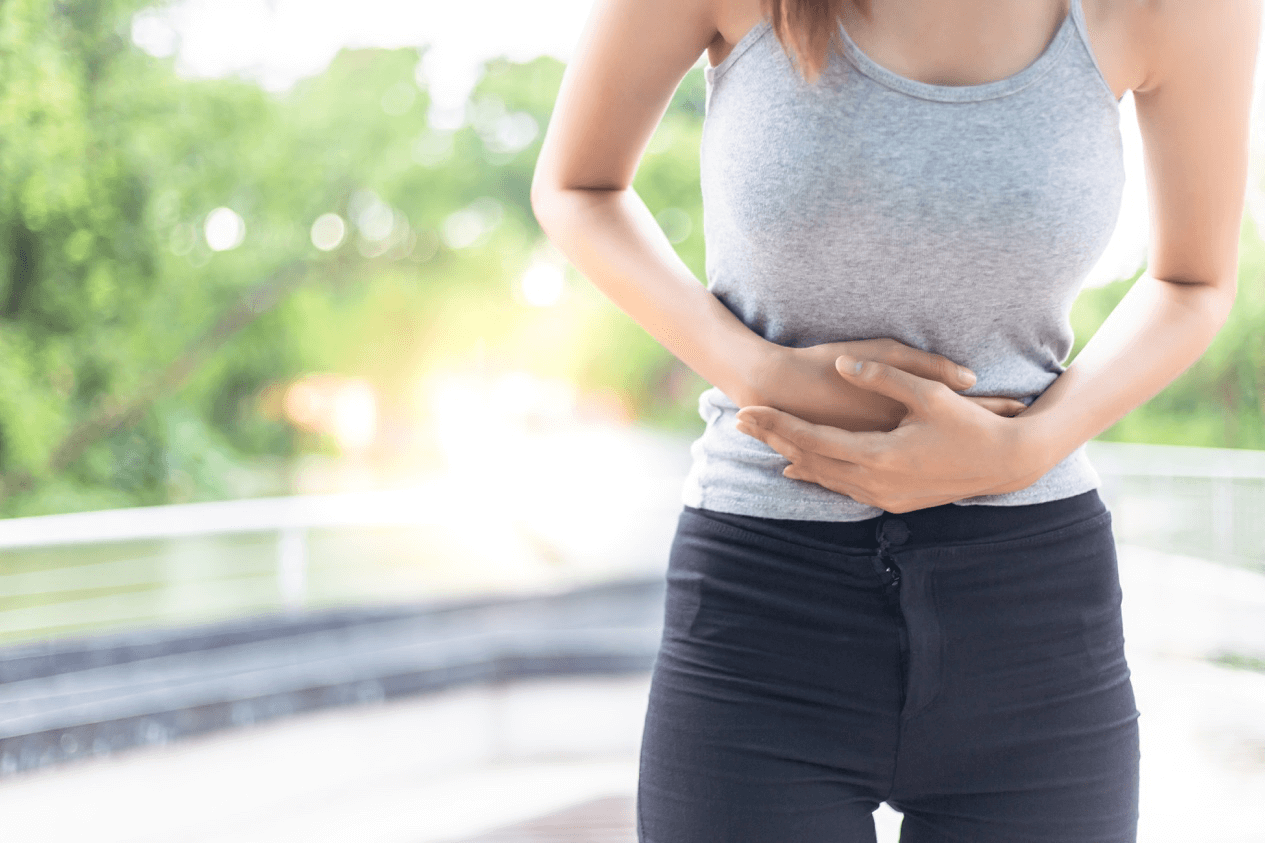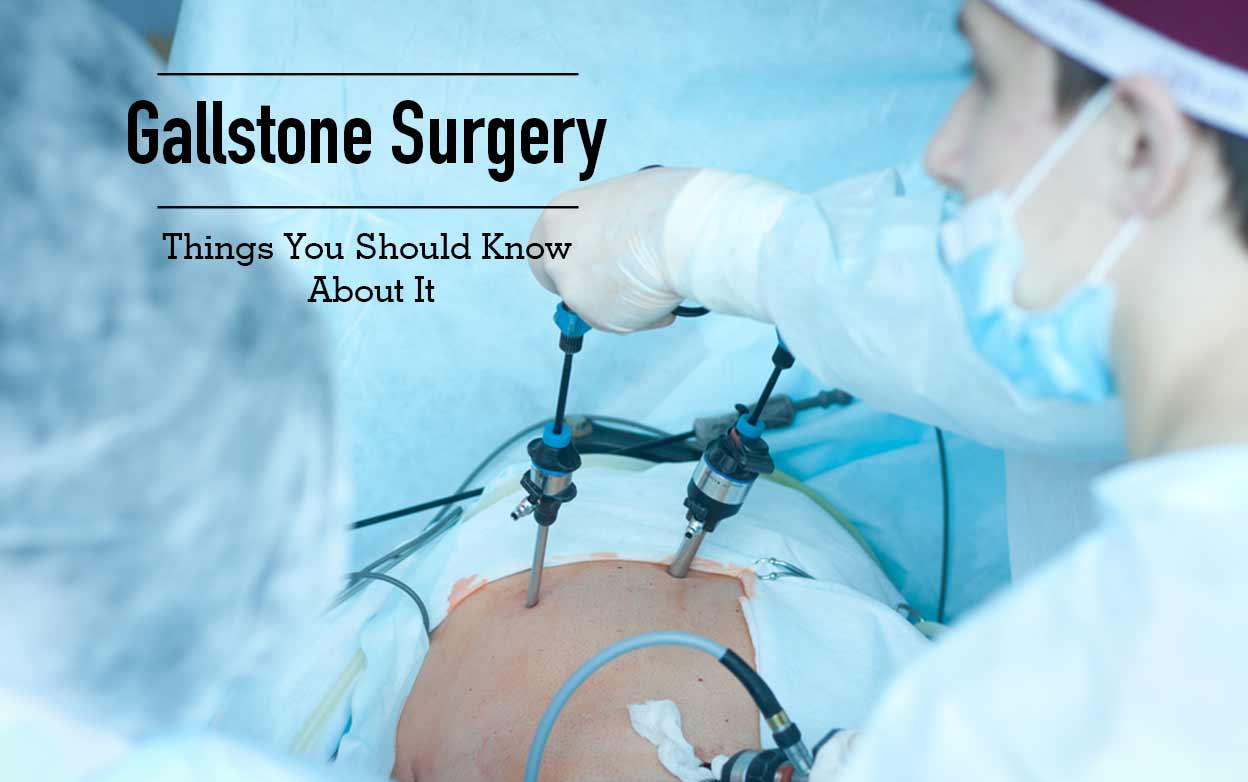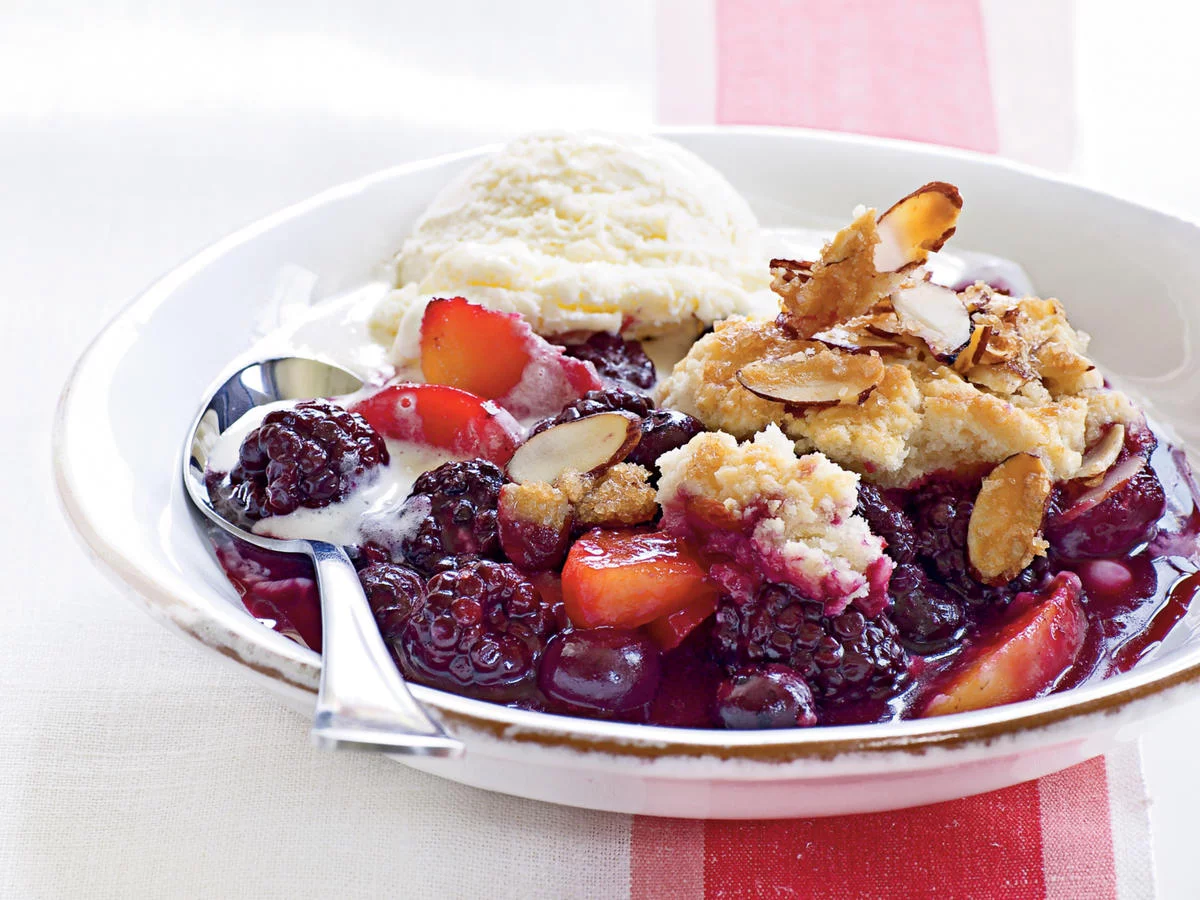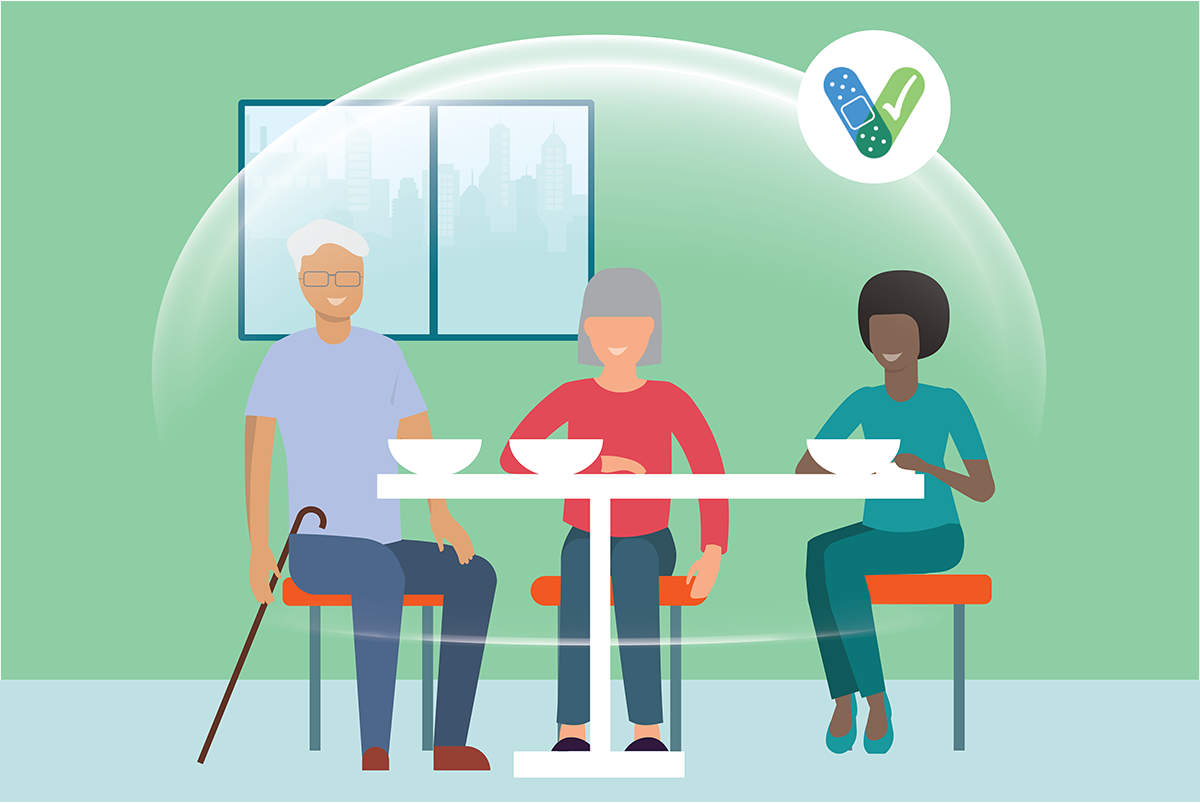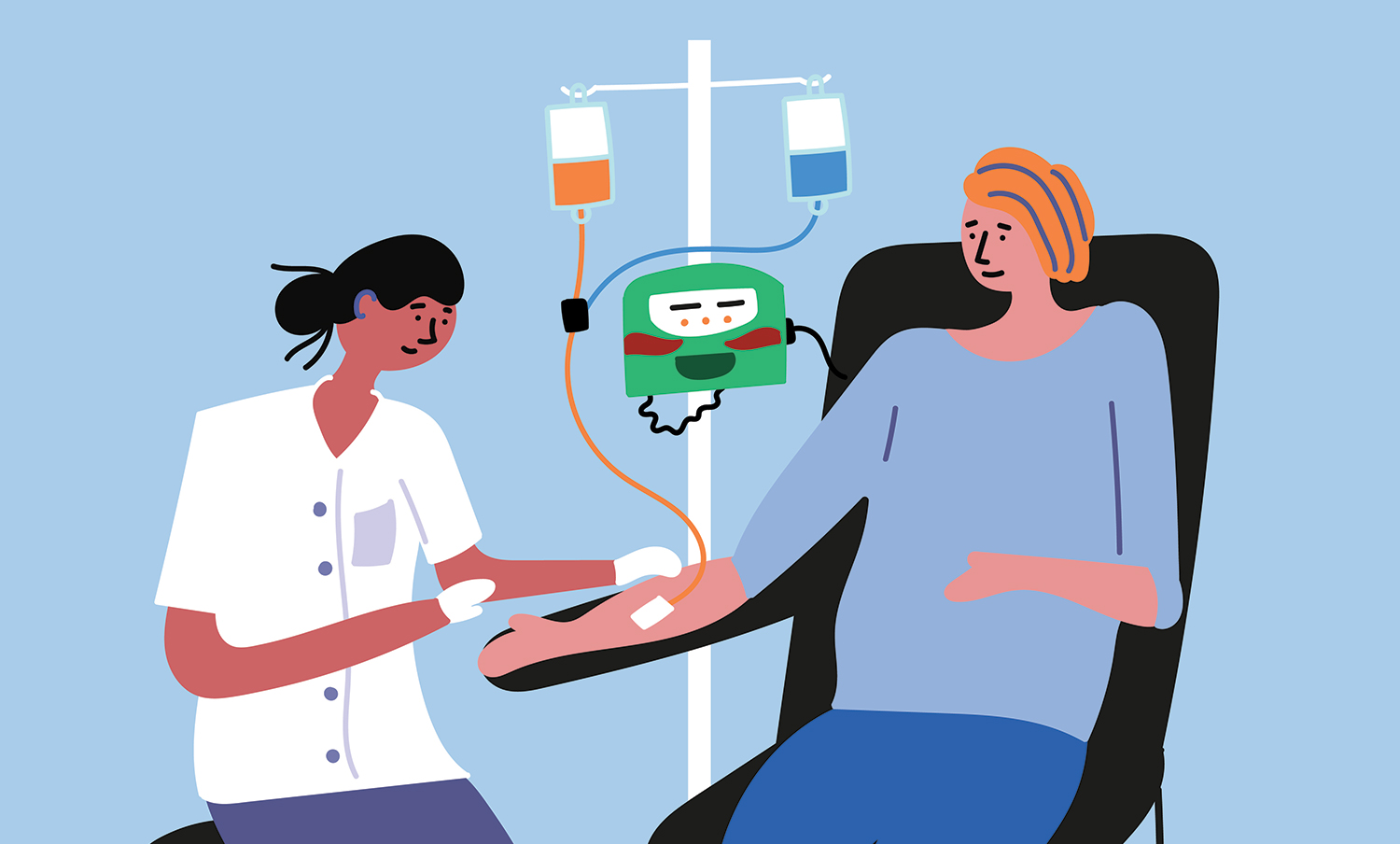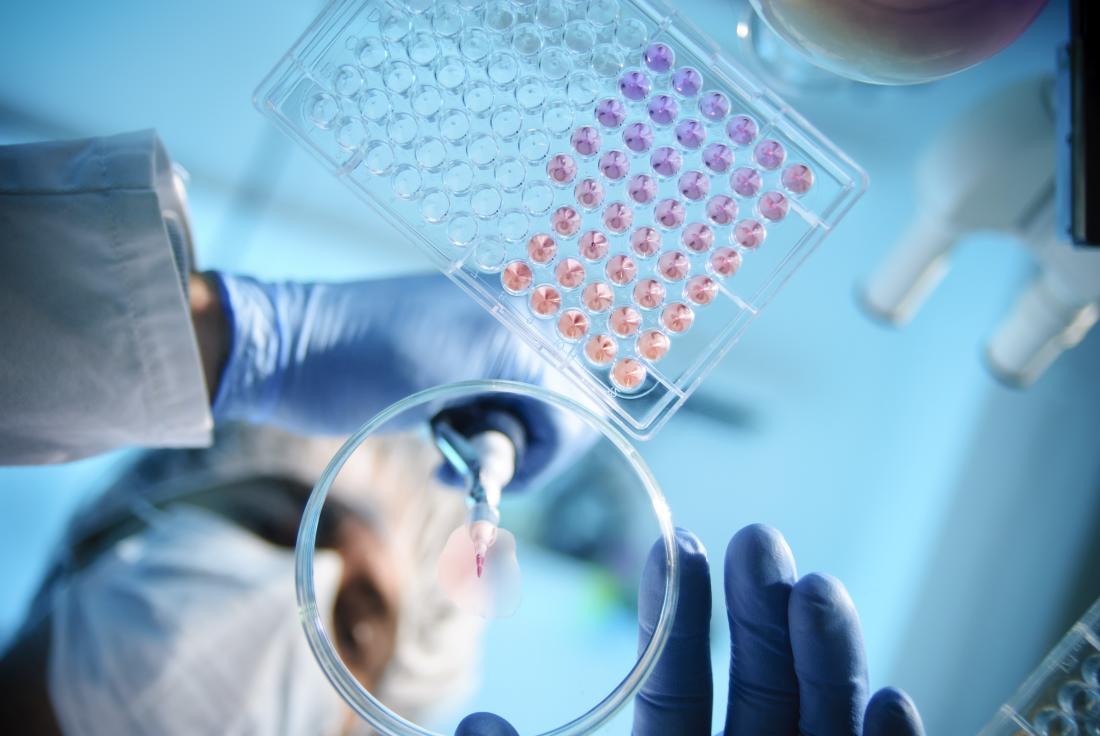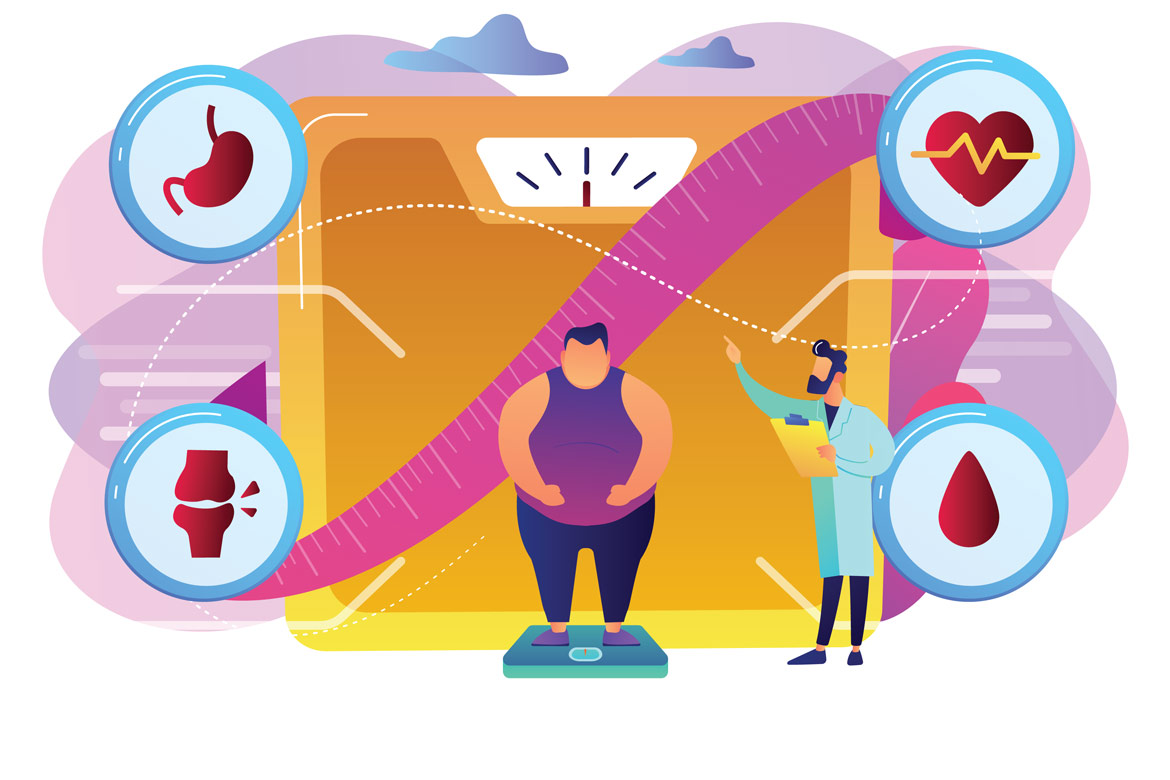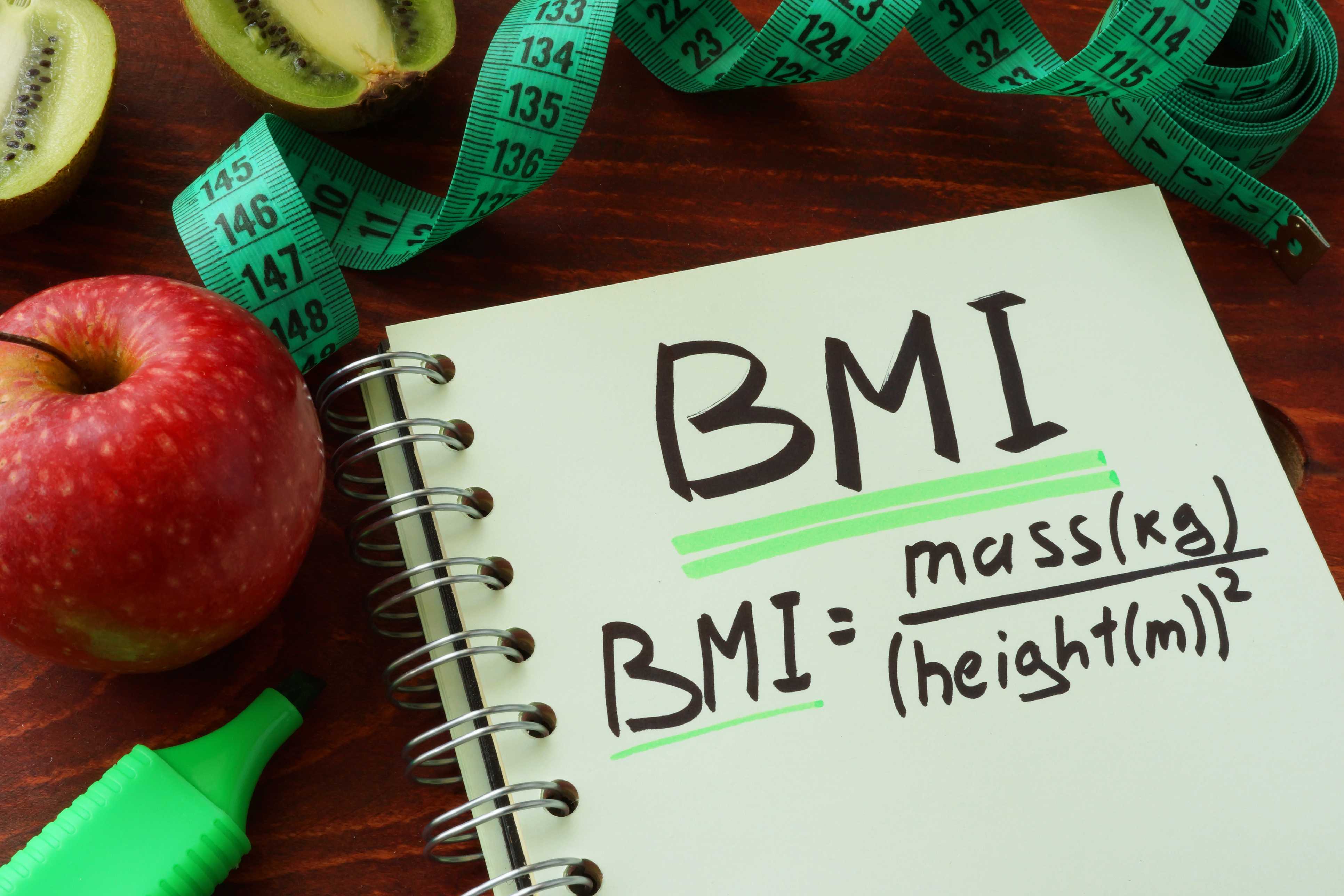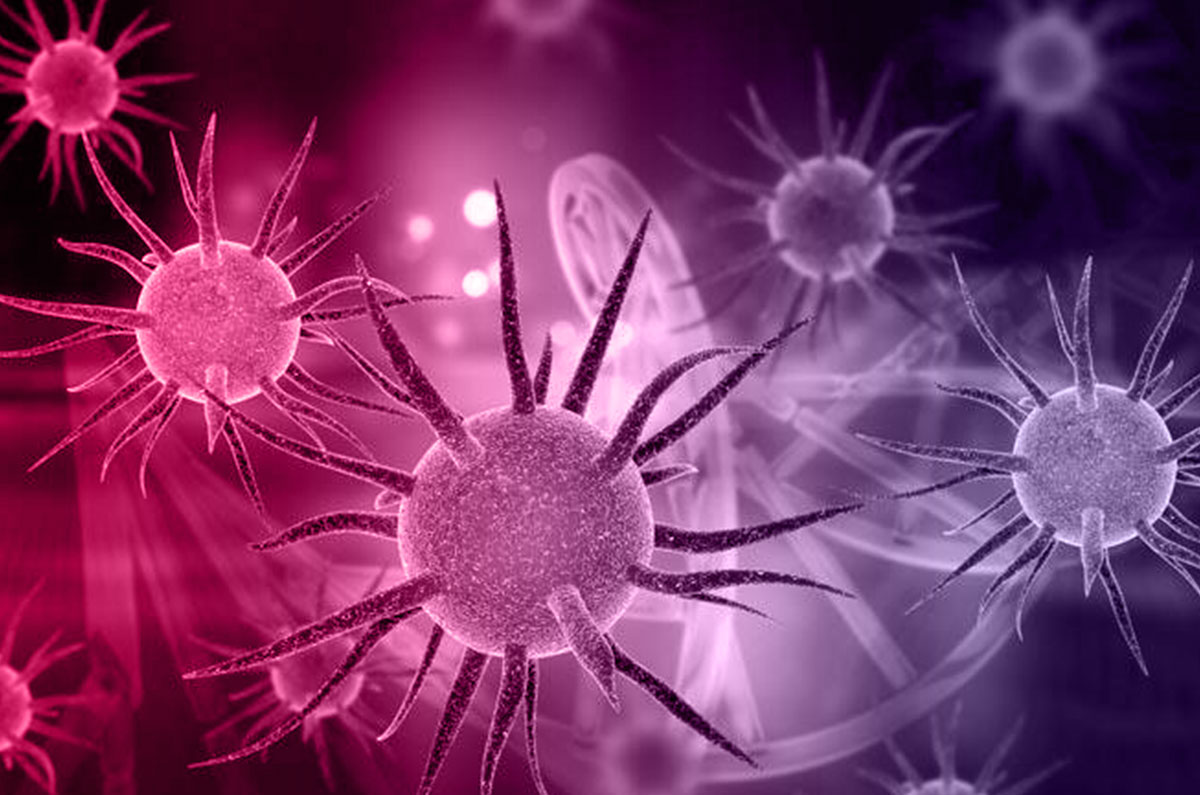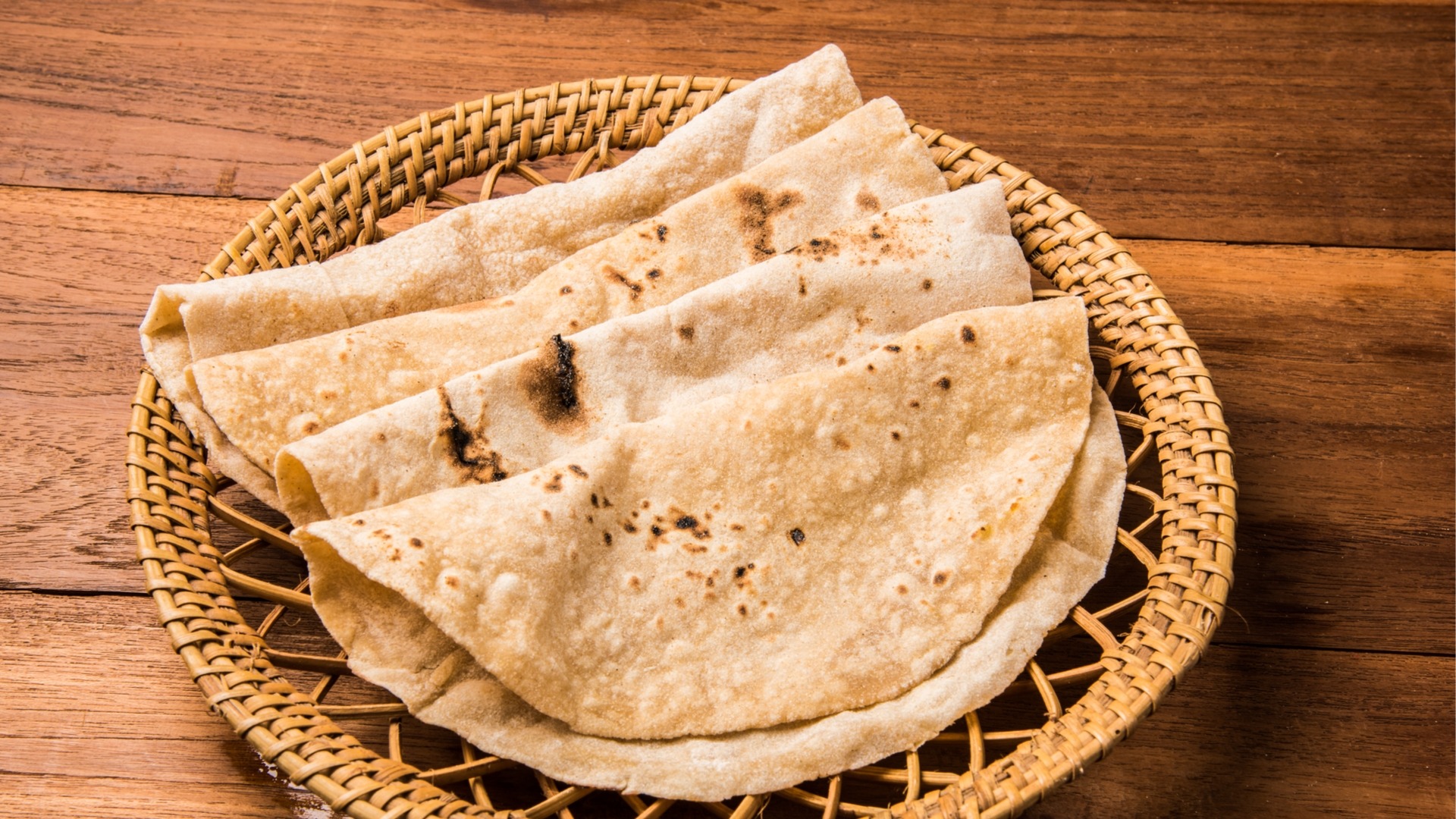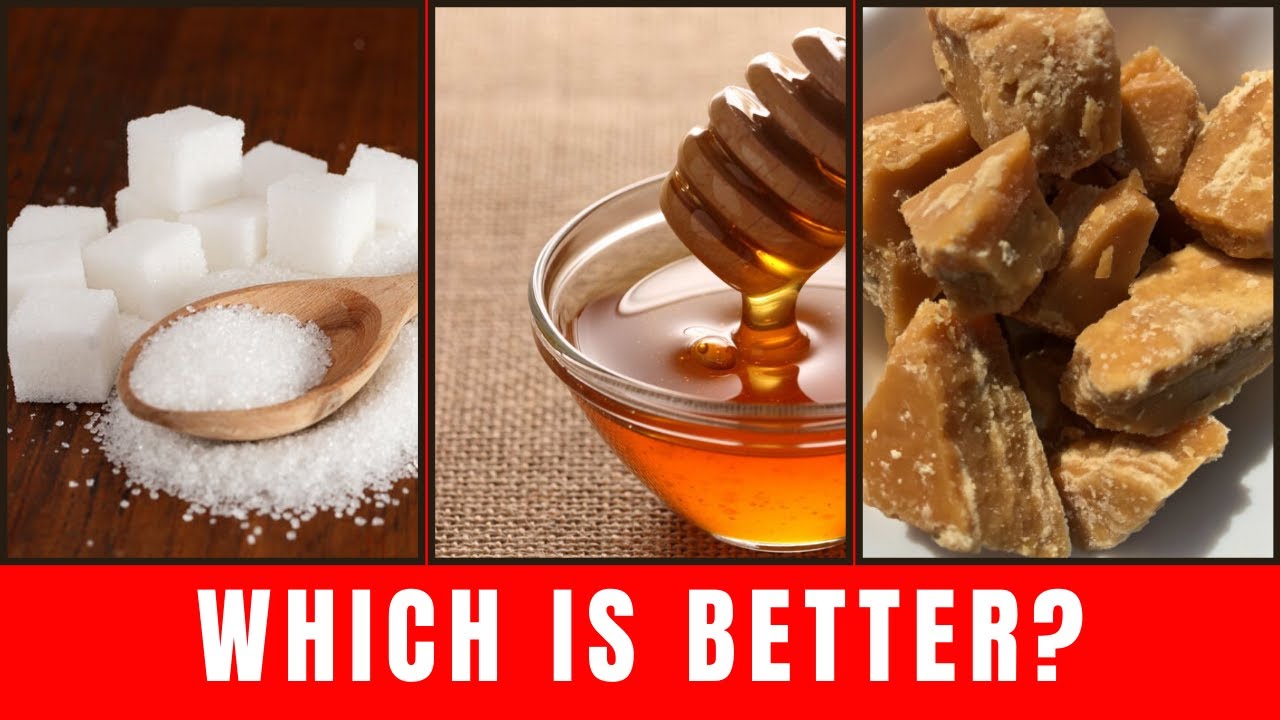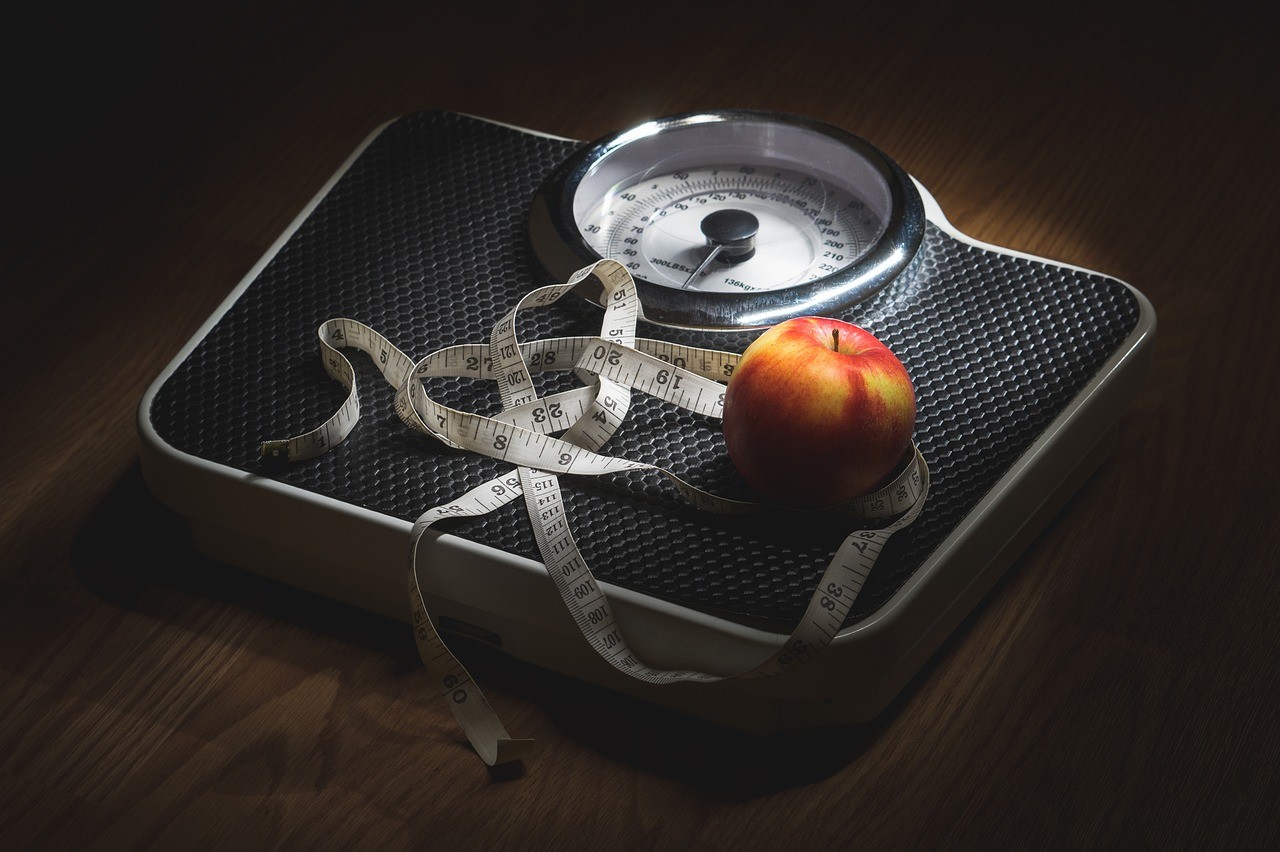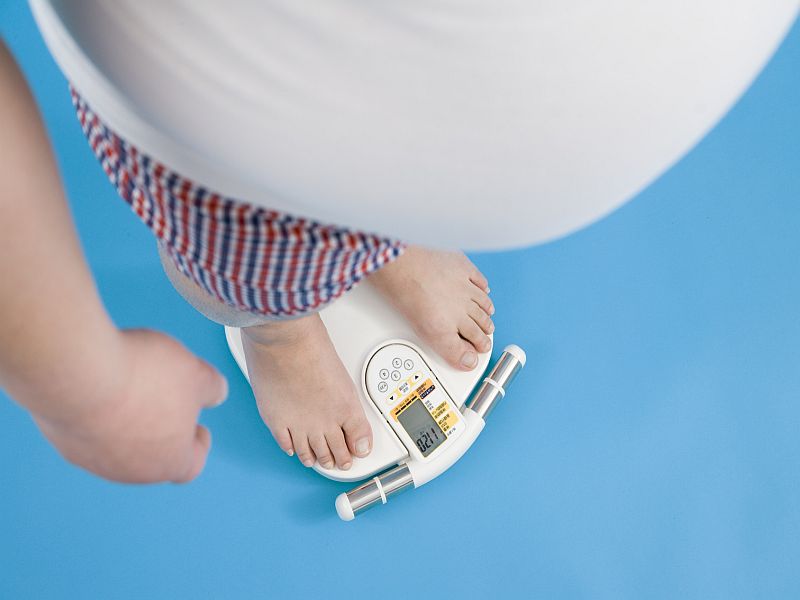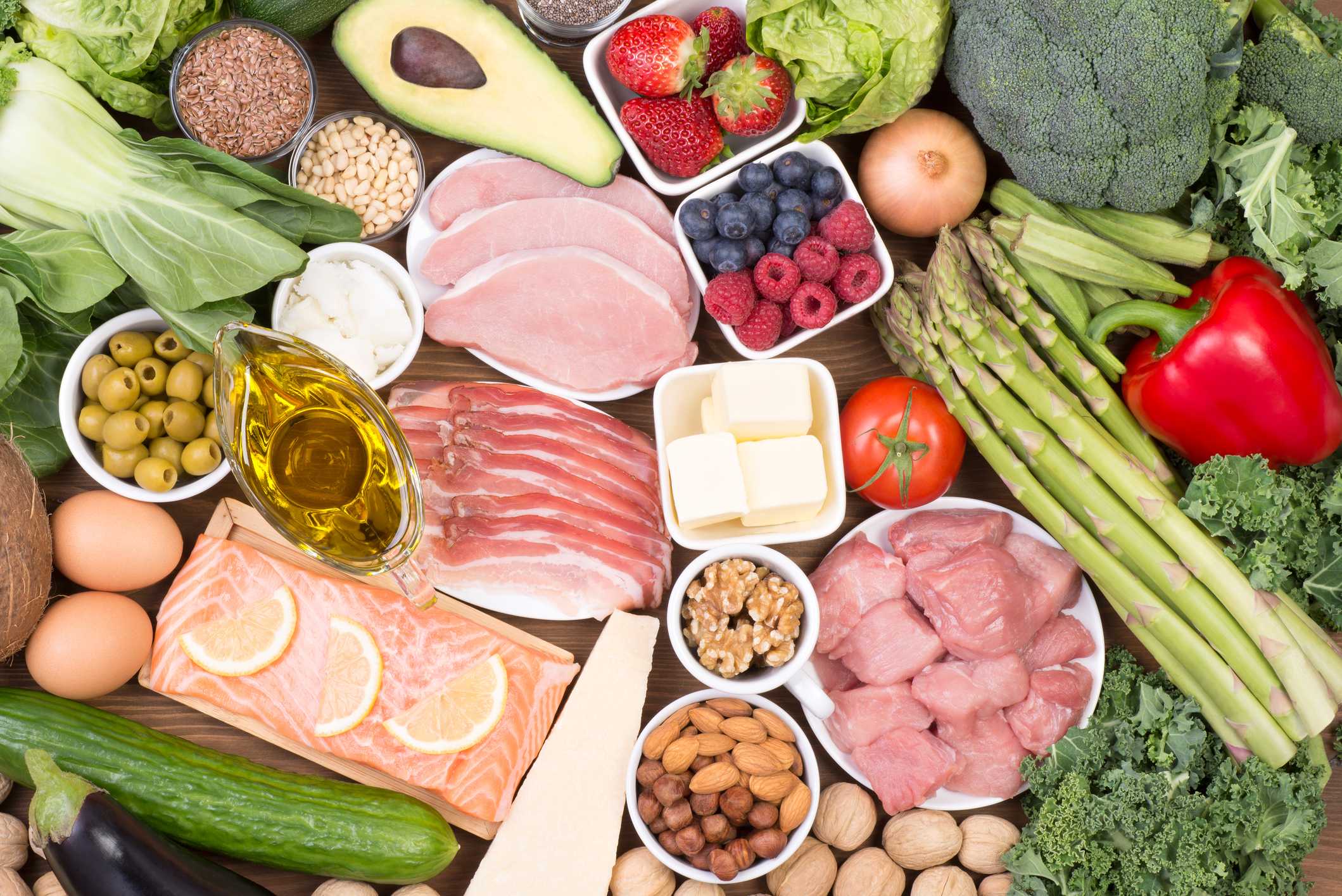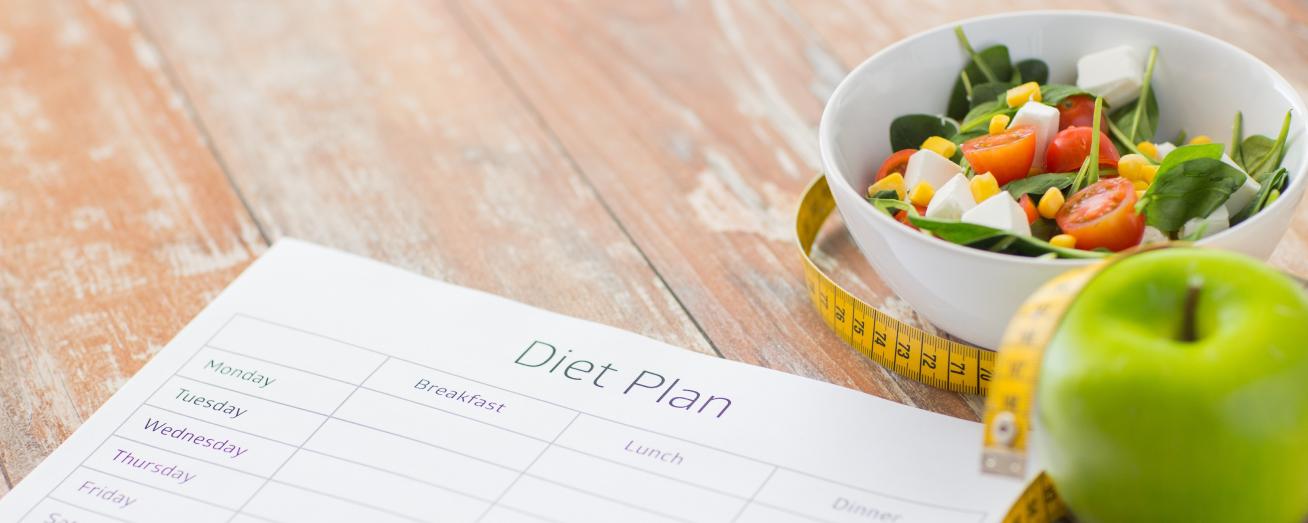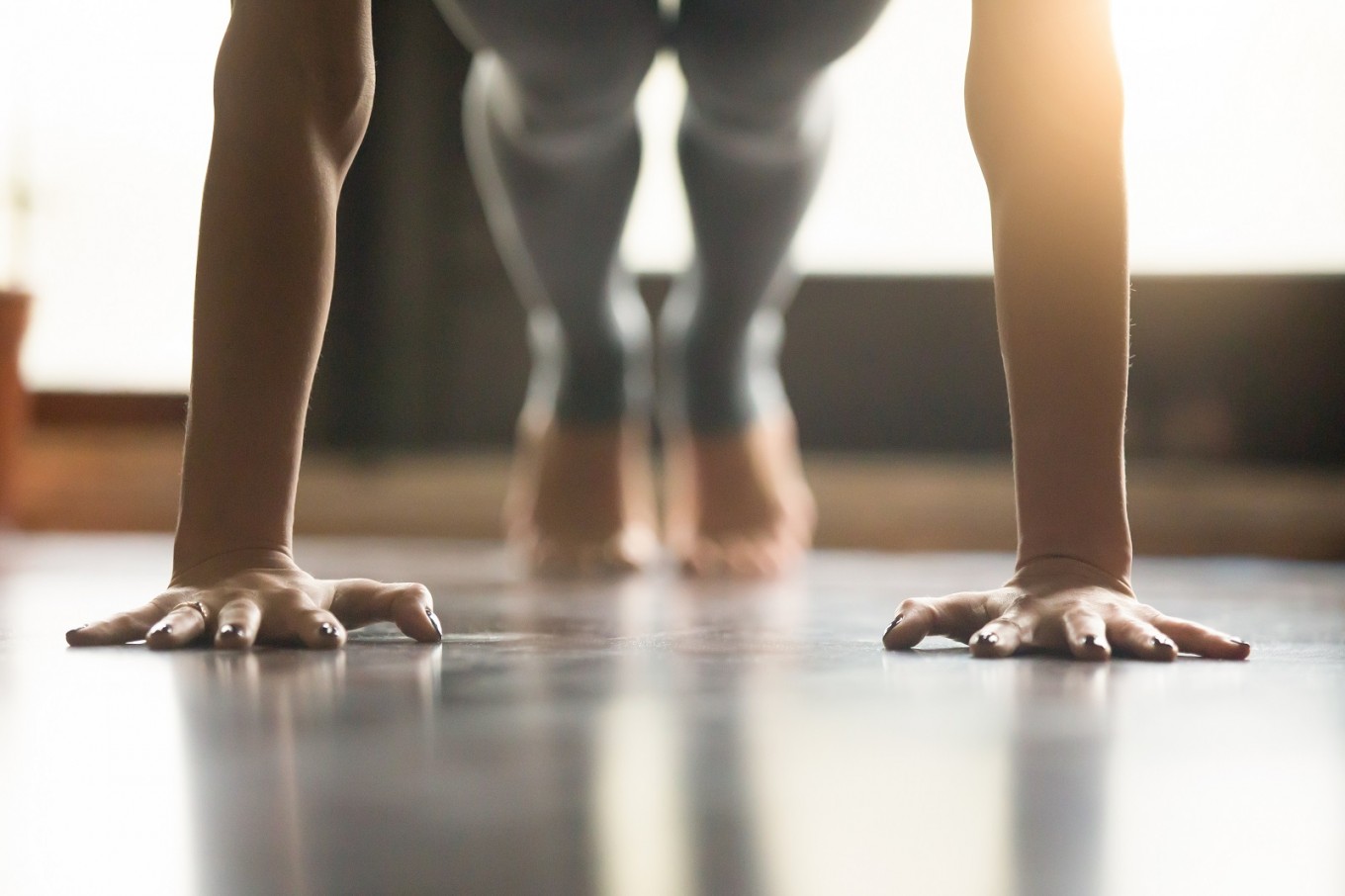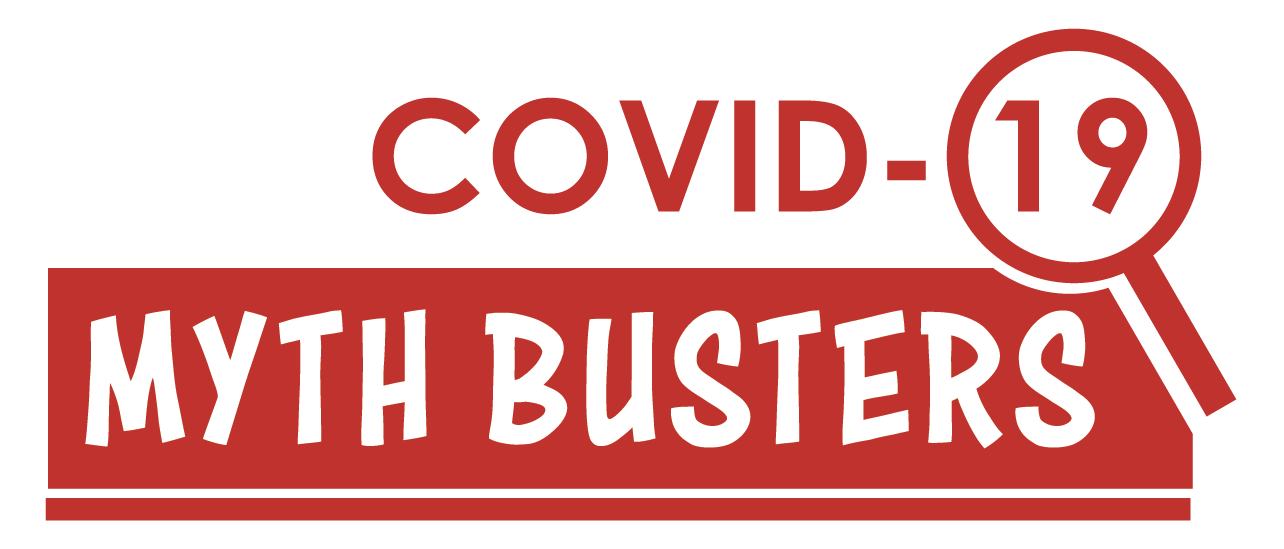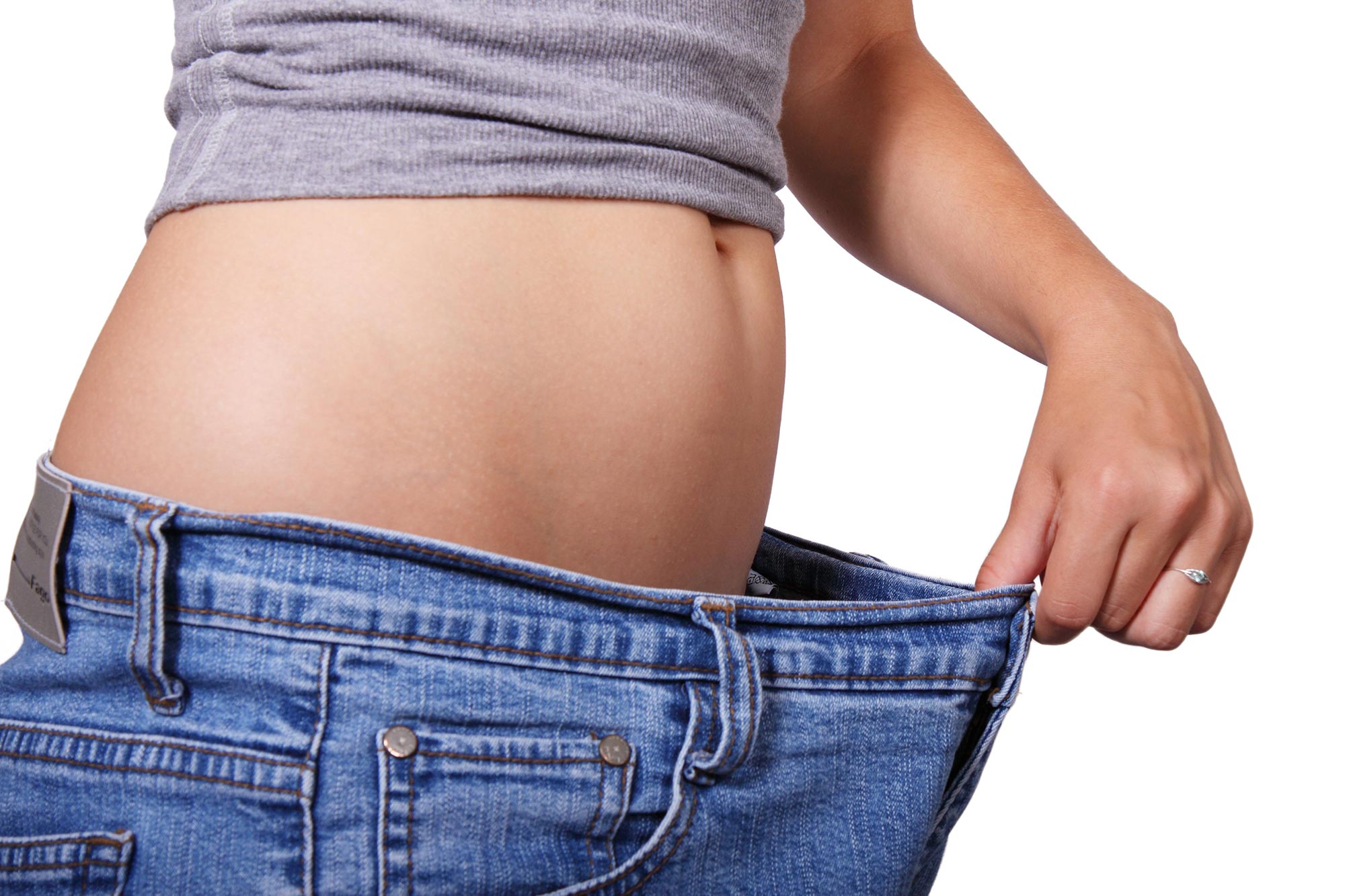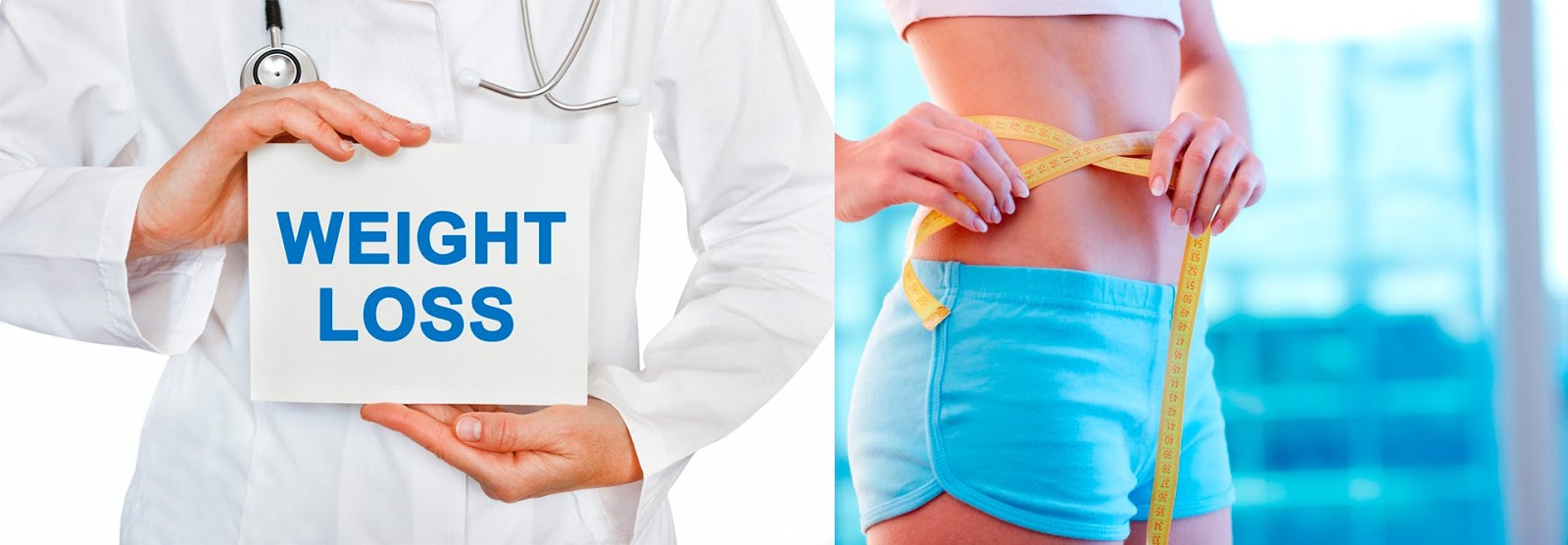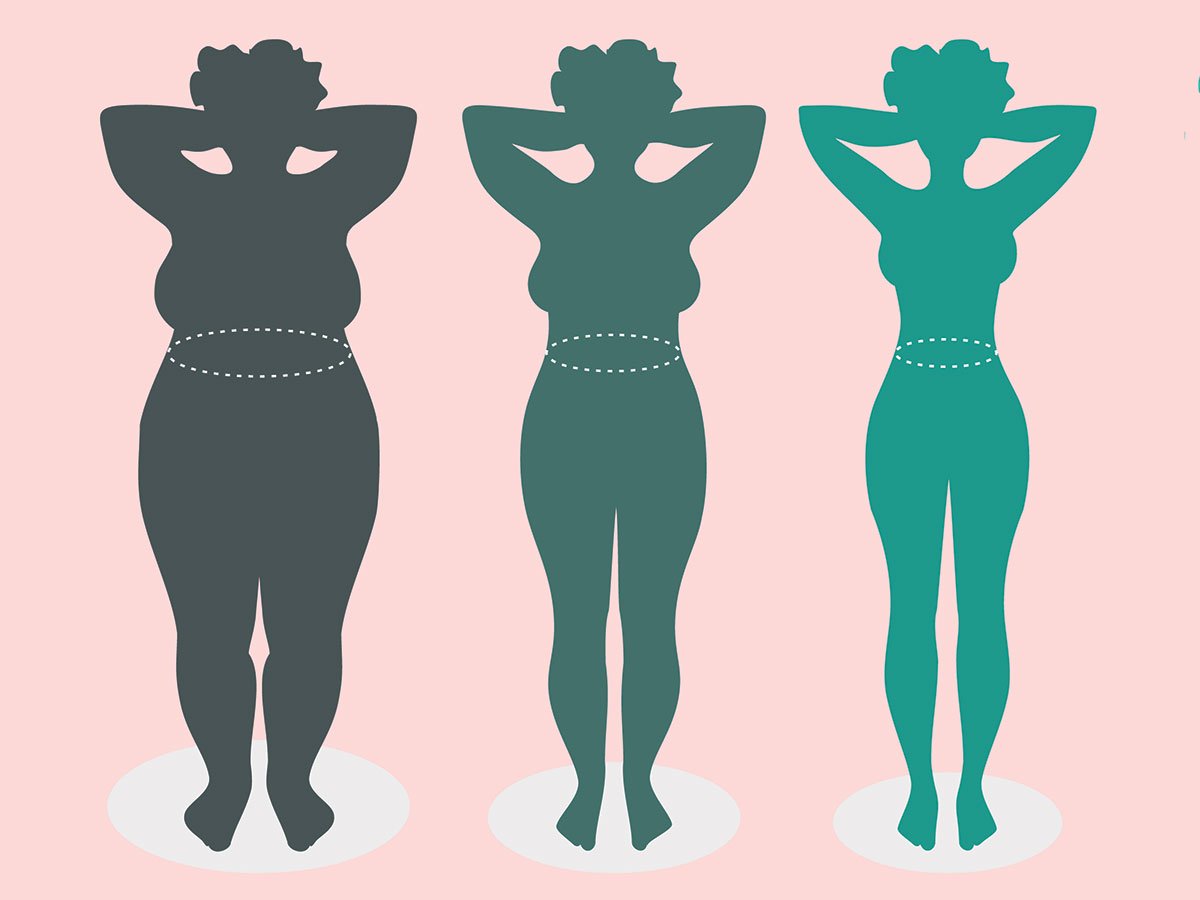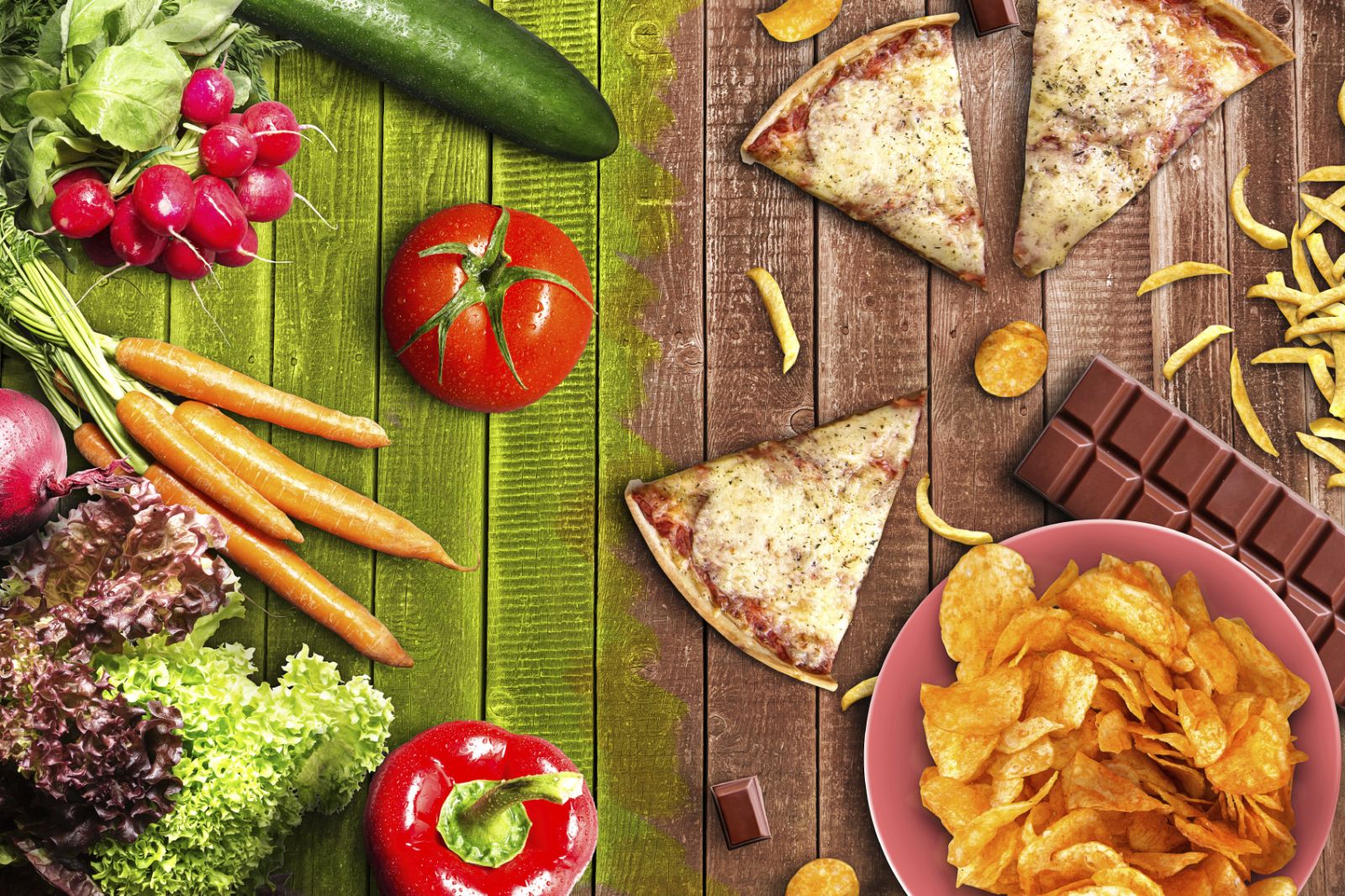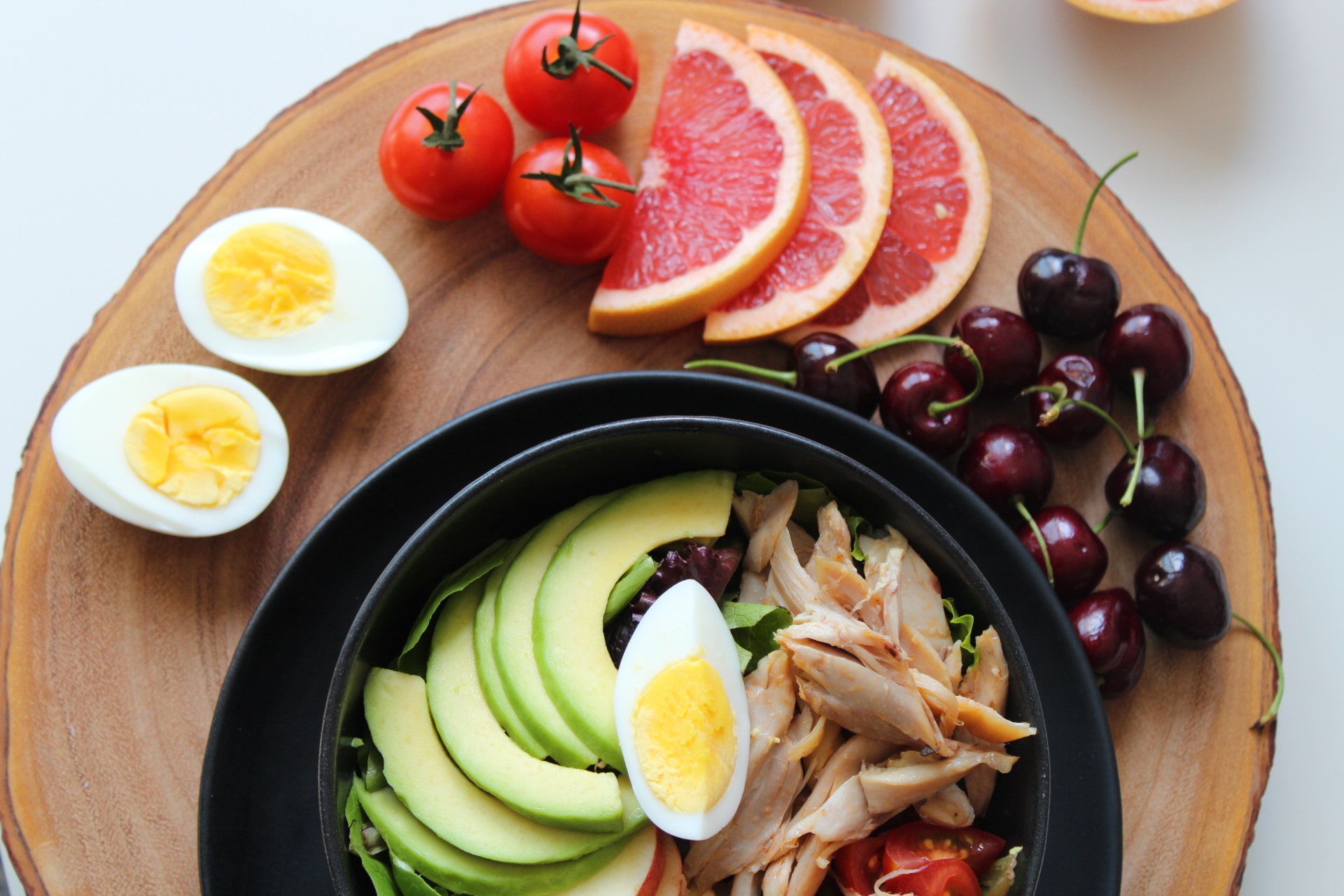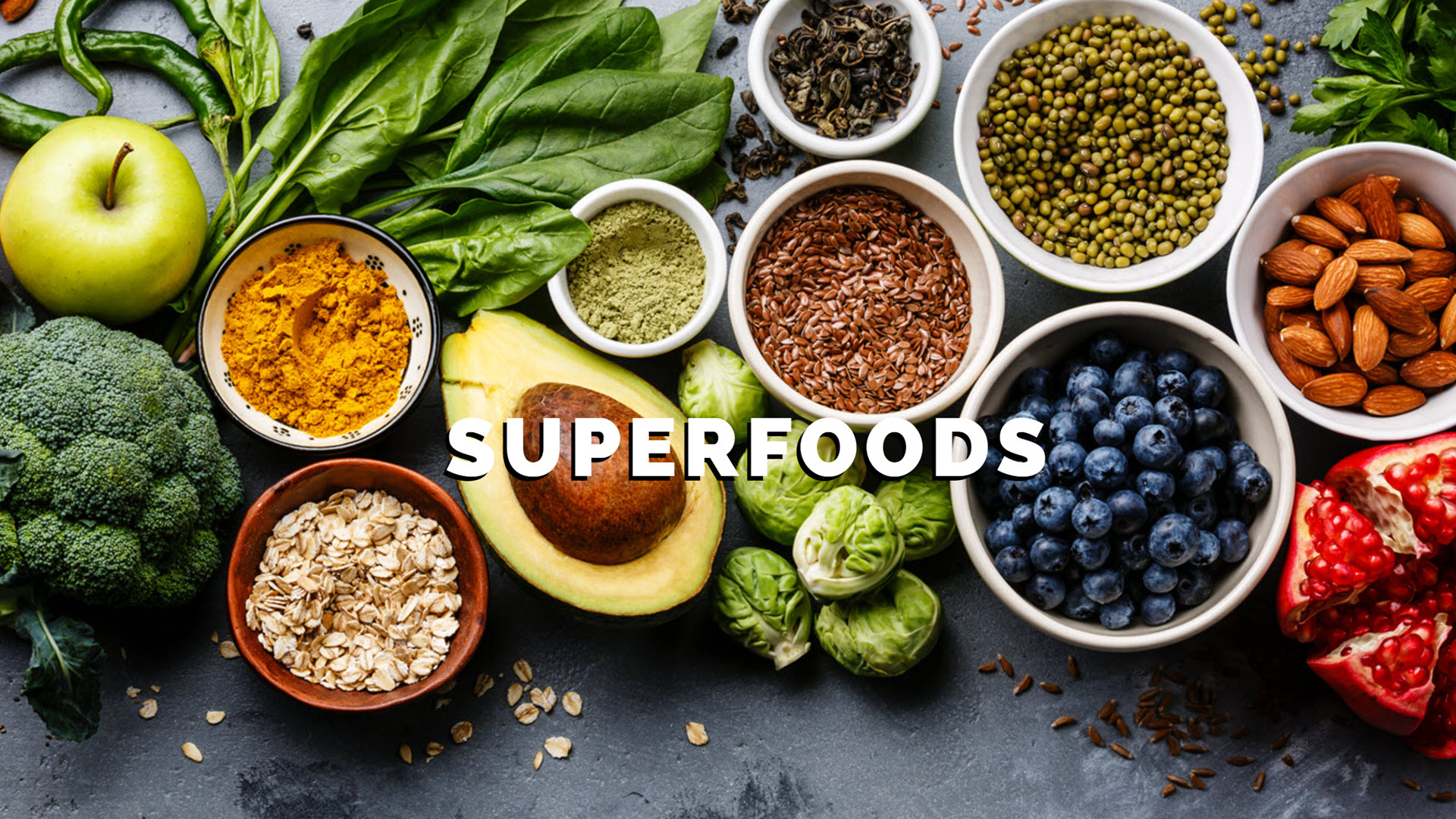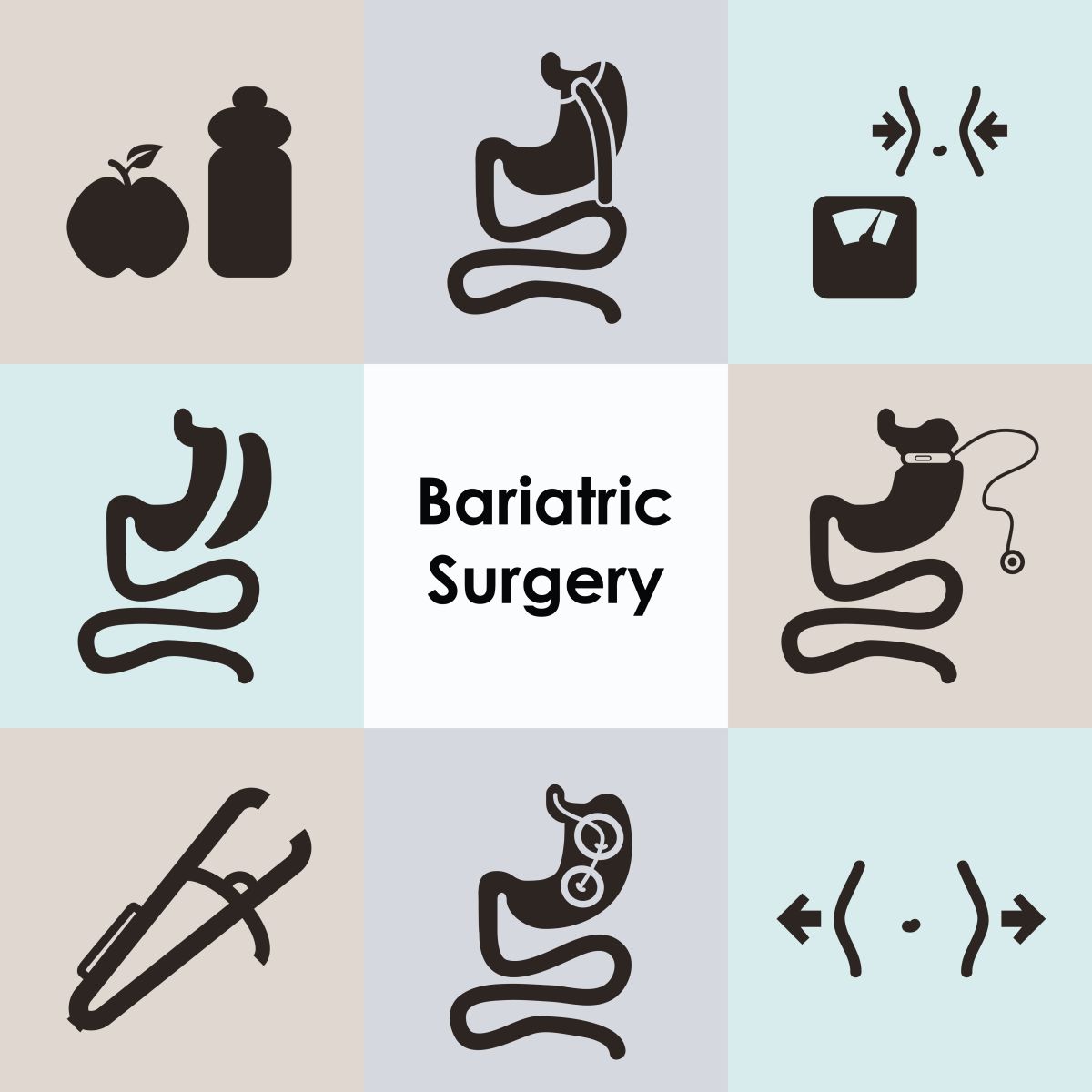SMALL INTESTINE Function, Small Intestine Anatomy, Small Intestine Conditions, Small Intestine Disorders, Small Intestine Care
Small Intestine- Anatomy, Functions and Conditions
Small intestine- a long, narrow, folded or coiled tube extending from the stomach to the large intestine- is the region where most digestion and absorption of food takes place. It is in fact the longest segment of the gastrointestinal tract.
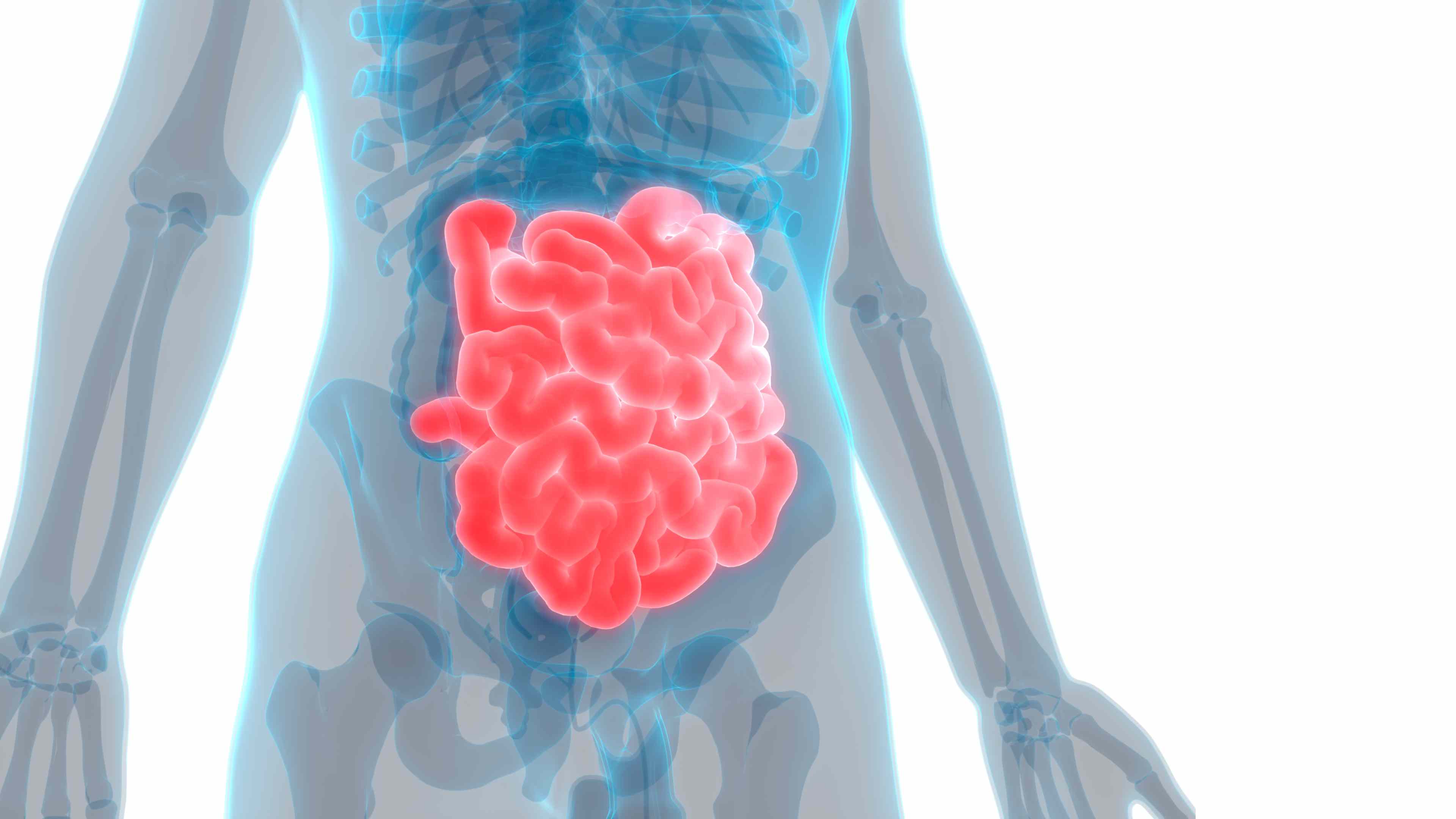
Small Intestine Definition
What is the small intestine?
The small intestine is part of your digestive system. It makes up part of the long pathway that food takes through your body, called the gastrointestinal (GI) tract. When food leaves your stomach, it enters the small intestine, also called the small bowel. The small bowel connects to the large bowel, also called the large intestine or colon. The intestines are responsible for breaking food down, absorbing its nutrients and solidifying the waste. The small intestine is the longest part of the GI tract, and it is where most of your digestion takes place.
What are the different parts of the small intestine?
The small intestine has a beginning section, a middle section and an end section. Although there is no real separation between the parts, they do have slightly different characteristics and roles to play.
Duodenum
The duodenum is the first part of the small intestine that the stomach feeds into. It’s a short, descending chute (about 10 inches long) that curves around the pancreas in a “C” shape before connecting to the rest of the coiled intestines.
Jejunum
The remaining small intestine lies in many coils inside the lower abdominal cavity. Its middle section, called the jejunum, makes up a little less than half of this remaining length. The jejunum is characterised by many blood vessels, which give it a deep red colour.
Ileum
The ileum is the last and longest section of the small intestine. Here the walls of the small intestine begin to thin and narrow, and blood supply is reduced. Food spends the most time in the ileum, where the most water and nutrients are absorbed.
Small Intestine Functions
What does the small intestine do?
The small intestine is where most of the long process of digestion takes place. It:
- Systematically breaks food down.
- Absorbs nutrients.
- Extracts water.
- Moves food along the gastrointestinal tract.
There’s a lot involved in all this. The process can take up to five hours.
How do the different parts of the small intestine work?
Duodenum
To help break food down, the small intestine receives digestive juices from other organs in your digestive system, including your liver, gallbladder and pancreas. Ducts from these organs feed into the duodenum. Hormone glands in the lining of the duodenum signal these organs to release their chemicals when food is present.
Jejunum
After chemical digestion in the duodenum, food moves into the jejunum, where the muscle work of digestion picks up. Nerves in the intestinal walls trigger its muscles to churn food back and forth (segmentation), mixing it with digestive juices. Other muscle movements (peristalsis) keep the food moving gradually forward.
Mucosa
The walls of the small intestine are lined with a dense mucosa with many glands that both secrete and absorb. In the jejunum and the ileum, the mucosa secretes small amounts of digestive enzymes and lubricates mucus while absorbing nutrients from your food. Each section is designed to absorb different nutrients, as well as water.
The thick mucosa has so many folds and projections that its surface area is about 100 times as broad as the surface area of your skin. This is why 95% of the carbohydrates and protein you consume are absorbed in the small intestine. It also absorbs about 90% of the water that it receives during digestion. The rest will be absorbed in your large intestine.
Ileum
In the ileum, segmentation slows down and peristalsis takes over, moving food waste gradually toward the large intestine. The ileocecal valve separates the ileum from the large intestine. Nerves and hormones signal the valve to open to let food pass through and close to keep bacteria out. Special immune cells line the ileum to protect against bacteria.
Small Intestine Anatomy
Where is the small intestine located?
The small intestine is coiled inside the lower abdominal cavity beneath the stomach. The large intestine surrounds it, framing the edges of the abdominal cavity.
What does the small intestine look like?
It looks like a long, pink or red tube with many folds. It’s about the width of your pointer finger. It’s the width that makes it “smaller” than the large intestine, not the length.
How long is the small intestine?
The small intestine is by far the longest section of the gastrointestinal tract, about 22-25 feet long. The lining also has a vast surface area that’s scrunched into folds and peaks.
What is the small intestine made of?
The tube is lined with many layers of tissues and muscles. The tissues contain nerves, blood vessels, immune cells and lymphatic glands.
Small Intestine conditions and disorders
What happens if the small intestine is not working properly?
The small intestine absorbs nutrients and water from your food. If these functions are impaired, you may experience nutritional deficiencies and watery stools (diarrhea). The muscle movements of the small intestine help break food down and process it through your body. If these movements are impaired, you may experience indigestion and constipation. A variety of diseases and infections may cause inflammation of the small intestine, which can cause abdominal pain, nausea and vomiting.
What problems can occur in the small intestine?
Congenital deformities, growths and obstructions, chronic diseases and occasional infections can affect the small bowel. Some of these conditions include:
- Celiac disease
- Crohn's disease
- Irritable bowel syndrome
- Enteritis (inflammation, usually caused by infection).
- Peptic ulcer disease
- Small bowel obstruction.
- Intestinal pseudo-obstruction.
- SIBO (small intestinal bacterial overgrowth).
- Short bowel syndrome
- Diverticulitis
- Mesenteric adenitis
- Necrotizing enterocolitis- a serious gastrointestinal problem that mostly affects premature babies. The condition inflames intestinal tissue, causing it to die. A hole (perforation) may form in your baby's intestine.
- Duodenal Atresia- a condition in which the first part of the small bowel (the duodenum) has not developed properly. It is not open and cannot allow the passage of stomach contents.
- Malrotation- the intestines (or bowel) are twisting, which can cause obstruction (blockage).
- Intussusception- a serious condition in which part of the intestine slides into an adjacent part of the intestine. This telescoping action often blocks food or fluid from passing through.
- Small bowel ischemia
- Enterocele (small bowel prolapse)- occurs when the small intestine (small bowel) descends into the lower pelvic cavity and pushes at the top part of the vagina, creating a bulge.
- Small intestine cancer
What medical tests can check on the health of my small intestine?
- Small bowel X-ray series
- CT scan
- Endoscopic ultrasound
- Video capsule endoscopy
- Enteroscopy
- Biopsy
- Breath test for H. pylori infection
- Breath test for SIBO.
What medical procedures treat the small bowel?
- Endoscopic mucosal resection.
- Small bowel resection.
- Surgical bypass.
- Ileostomy.
How can I keep my small intestine healthy?
You can help take care of your bowels by following these general health guidelines:
Eat plants
Fruits, vegetables and whole grains help provide your bowels with adequate fibre. Fibre helps feed the good bacteria in your gut and helps sweep out the residue that the less-helpful bacteria might feed on. More fibre will make you crave more water, but that's also a good thing. Both fibre and water will help keep your bowel movements regular, which helps the small intestine keep up with its housekeeping.
Most fruits and vegetables are also alkalizing, which means they help balance out the overly acidic foods which include processed foods, meat and dairy products, caffeine and alcohol.
Moderate smoking, drinking and medications
You probably already know that tobacco and alcohol increase acid in your stomach, which erodes the protective lining. You may not know that NSAIDs- over-the-counter pain medications such as aspirin and ibuprofen- can also erode your stomach lining. If you use more than one of these at once, it multiples the damage. It’s a good idea not to use any of these too often, and avoid using them together.
What happens in your stomach can also affect the duodenum. High stomach acid can leak into the duodenum and begin to erode the lining there. Eroded stomach lining also leaves the stomach more vulnerable to bacterial infections, such as H. pylori, which can also infect the duodenum. Overuse of NSAIDs and H. pylori infection are the two leading causes of ulcers in the stomach and duodenum.
Pay attention to symptoms
Gut health is a balancing act- balancing healthy levels of different gut bacteria, acid content, immunity and tolerance to different foods. When things start to go wrong in an otherwise healthy gut, it’s often a gradual tipping of the balance. We don’t always take our bodies seriously until they start to really act up. But you can be a good friend to your gut by listening to its quieter complaints and making small adjustments.
Notice which foods you react to, or if too many indulgences in a short period are beginning to add up. Take a break when you notice symptoms and treat your gut to a healthy, whole foods meal and maybe some probiotics. Drink extra water and have some natural supplements handy to treat temporary constipation before it builds up. If symptoms persist, seek professional guidance to find out what’s causing them.
Summary
During the entire digestive process of food, the small intestine is where the grunt work of digestion happens. It takes up to five hours for the small intestine to process a single meal through its 22-foot length. During that time, it systematically breaks food down and absorbs 95% of its nutrients. It coordinates with the stomach, pancreas and gallbladder to cue digestive juices when food is present. It extracts excess water and sends the remaining food waste to the large intestine to be formed into stool.
Reference
- https://www.cancer.gov/publications/dictionaries/cancer-terms/def/small-intestine
- https://my.clevelandclinic.org/health/body/22135-small-intestine
- https://www.britannica.com/science/small-intestine
- https://www.niddk.nih.gov/health-information/digestive-diseases/digestive-system-how-it-works
- https://www.niddk.nih.gov/health-information/digestive-diseases/digestive-system-how-it-works
- https://www.ncbi.nlm.nih.gov/books/NBK459366/
- https://medlineplus.gov/smallintestinedisorders.html

